- Traveler Blogs
- Social Projects
- Inca Trail Availability
- Office: +51 84 254278
- WhatsApp: 202-550-8534
- USA Rep: 202-550-8534
- Manager's WhatsApp: +51 986 029262
- Owner's WhatsApp: +51 947 824774

Inca Trail Hikes Hiking the Inca Trail to Machu Picchu
Things to know about hiking the inca trail.
Hiking and walking the Inca Trail to Machu Picchu in Peru is one of the most special vacations in the world. You can walk the Inca Trail to Machu Picchu in 2, 4, 5 or 7 day tours, which include all or part of the famous Classic Inca Trail Trek. These tours start in the Sacred Valley outside of Cusco, Peru, and end at the mystical Sun Gate entrance to Machu Picchu. Inca Trail Permits are required in order to hike or walk any part of the Inca Trail to Machu Picchu, and only licensed Inca Trail tour companies can get these permits from the Peru government.
Visitors that walk the Inca Trail to Machu Picchu will be hiking on the actual ancient Inca Trail footpath, carved out of the mountains centuries ago by the Inca people. These treks are multi-day hikes with camping or a mix of other lodging for the overnight stays.
The most popular way to walk the Inca Trail to Machu Picchu is the 4 Day Classic Inca Trail group or private tour. The second most popular way is the Short Inca Trail 2 day Tour . There are also longer options for hikers who want to take more time on the Inca Trail, with the Inca Trail to Machu Picchu 5 day tour , and those who want to combine the 2 most popular treks in Peru – the Salkantay and the Inca Trail Tour to Machu Picchu in 7 days. Another incredibly popular option is to add the famous one day hike to Rainbow Mountain and the Red Valley , to any Inca Trail to Machu Picchu.
Want to know more? See this handy Guide to Hiking to Machu Picchu .
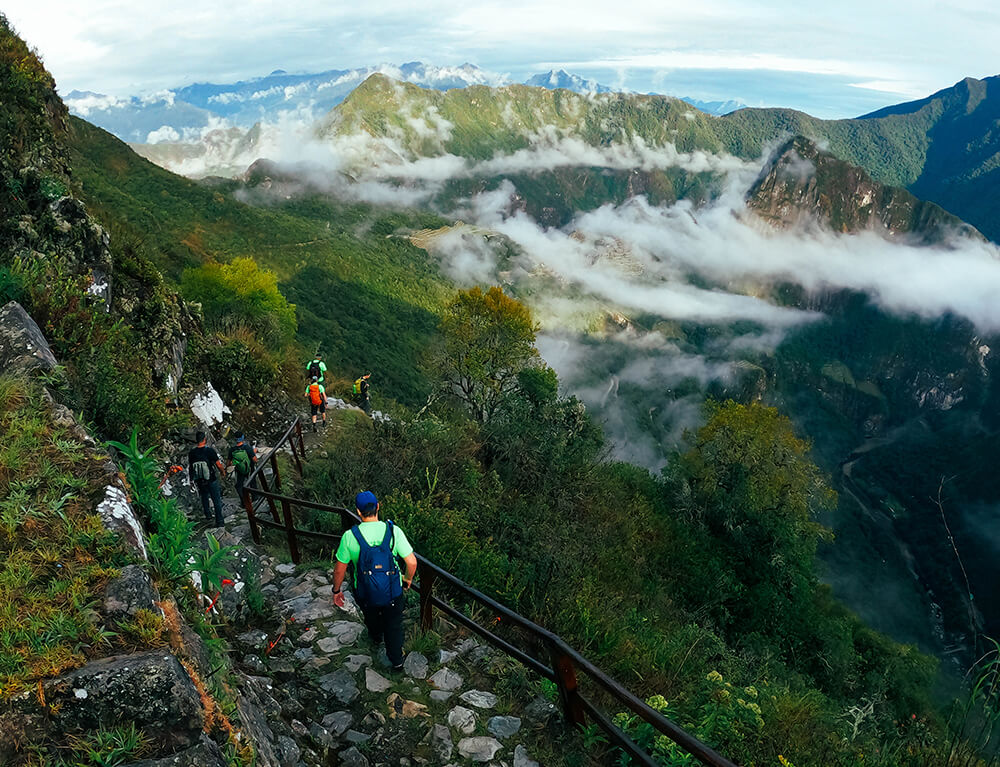
Inca Trail Permits
The Inca Trail Permit System was created by the Peruvian government to help prevent serious overcrowding, overuse, and erosion on the historic Inca Trail. A limited number of total permits are available each day to hike the Inca Trail.
How Inca Trail Permits Work
Inca Trail Availability & Reservations - Find Out If Permits Are Available For Your Ideal Dates
Hiking the Inca Trail to Machu Picchu requires an Inca Trail reservation via a special Inca Trail Permit that only licensed Inca Trail tour operators in Peru can secure for trekkers . A limited number of permits are released for each day of the year for hiking on the Inca Trail. The trail is open year round except for February. Check the Inca Trail Availability Calendars below to see if permits are available for the dates you want to hike to Machu Picchu. Popular trekking months can sell out up to 6 months in advance. To learn more about Permits, read this handy guide Inca Trail Permits – How They Work and Why You Need Them.
SEE INCA TRAIL AVAILABILITY CALENDARS
Inca trail faqs - see the top questions and answers about hiking the inca trail, 1. how to get to cusco, peru.
Most people will get to Cusco by air. Please remember that the Cusco airport is for domestic travel only. If you come directly from overseas through Lima, you must get your bags in Lima and re-check them for your flight to Cusco. Four airline carriers fly roundtrip between Lima and Cusco. That includes LATAM Airlines, AVIANCA Airlines, Star Peru, and Peruvian Airlines. They all offer similar schedules and in-flight service, but we usually recommend either LATAM airlines or AVIANCA. They tend to be the most helpful when unexpected flight cancellations or delays occur.
2. Does the Inca Trail go to Machu Picchu?
Yes, it is the ancient footpath of the Incas that goes from the Sacred Valley directly to Machu Picchu. It was created specifically for the Inca people to travel to Machu Picchu .
3. What is the best peak to hike for the amazing views of Machu Picchu?
There are three ways to get above Machu Picchu for those amazing pictures you see in books: the Sun Gate, Huaynapicchu and Machu Picchu Mountain (montaña). The Sun Gate is free for everyone to visit and takes about an hour from the bottom of the ruins to the lookout point. This is also where all Inca Trail trekkers enter to see Machu Picchu for the first time. The views are lovely from the gate, but not as high and a bit further than the other two options.
4. What is the difference between Huayna Picchu and Machu Picchu Mountain?
Both Huaynapicchu and Machu Picchu Mountain are permit restricted hikes that must be done within a certain time. These permits/tickets will be secured by Alpaca Expeditions, but do need to be arranged a few months in advance of your trip. Both offer amazing views of Machu Picchu from viewpoints directly above. Machu Picchu takes about 3 hours to the top and is spectacular on a lovely day, but views are often restricted by clouds. Huaynapicchu takes 45 minutes to the top and is definitely the most popular of the three options. All views are amazing. Click here to watch a short video showing the difference between Machu Picchu mountain and Huaynapicchu .
5. How do I book an Inca Trail trek?
You can only book an Inca Trail Trek with a tour operator licensed to operate tours on the Inca Trail in Peru. The tour operator will reserve your trek dates and will secure the Inca Trail Permits necessary to hike on the Inca Trail. You first fill out a booking form that includes all details for you, and for any travelers going with you if you have a group. You will pay a $200 deposit per person. The deposits can be paid separately, as long as we have one booking form that we can use to track payments. Once we have all deposits and details, we will then book your permits. When permits are in our hands, we will send you your invoice and confirmation that everything is 100% set. All start dates, once confirmed, are guaranteed. We try to make booking as easy as possible at Alpaca Expeditions .
6. Can I stay in the Sacred Valley, Peru instead of in Cusco?
Ollantaytambo is the best place to stay other than Cusco. At 9,160 feet, it is a great option for acclimatizing to elevation, compared to Cusco at 11,152 feet. Also by staying in Ollantaytambo you get a little more sleep, as we will pick you up about 1.5 hours after the Cusco pick up time. You can only have your briefing in Cusco. So please arrange a time that works for you and our office team with your Alpaca Expeditions sales rep.
7. Can I spend an extra night in Aguas Calientes, Peru?
Of course, if you are ok with taking the same train out of Aguas Calientes that is part of your original itinerary, which is typically at 4:22 that evening, then there is no additional charge to move the train back a day. If you need us to secure your hotel or another visit to Machu Picchu, this will be an additional cost. If you do choose to spend one more night in Aguas Calientes (the town at the entrance of Machu Picchu), make sure you tell the Alpaca Expeditions office at least one month in advance, so your train ticket is purchased for the right day.
8. What is Huayna Picchu Mountain and where is it?
The Huayna Picchu Mountain is that gorgeous, picturesque mountain peak that is tucked up against the Machu Picchu ruins in all the best photos and postcards. Once you get to Machu Picchu, you have the opportunity to go beyond the basic tour of the Machu PIcchu ruins and also hike up the Huayna Picchu Mountain, next to the ruins. This hike will give you breathtaking views of the forests and valleys surrounding this ancient site as well as an aerial view of Machu Picchu ruins that is spectacular and cannot be seen any other way.
9. What is the Huayna Picchu hike?
The Huayna Picchu hike is climbing up a steep, long set of stone steps carved into the mountain side. The Huayna Picchu Mountain is 2700 meters/ 8858 feet. There is a cable to hold onto as you climb up the steps. The hike up Huayna Picchu is a truly challenging climb, and you’ll have 2 hours to do it. Permits are required and climbing times are specified on your ticket. You want to add on a ticket to climb Huayna Picchu when you reserved your trip to Machu Picchu, or as soon as you know you want to climb it. IT’s a very popular climb and tickets do sell out. Learn more about hiking up Huayna Picchu Mountain, also called Wayna Picchu .
10. Do I need a tour operator or a guide for the Inca Trail?
Yes! It is now illegal to hike the Inca Trail without an operator and has been like that since 2000. In order to hike, you need a permit, which only licensed operators can get – so you need to be specific. Other trails in the Andes can be done without a guide, but the Inca Trail can only be done with a licensed guide from a licensed tour operator. Learn more about why Permits and Guides are required on the Inca Trail and how the Inca Trail Permit System works .
11. How long does the trek to Machu Picchu take?
The Inca Trail to Machu Picchu has a multitude of trekking paths. On the other hand, it takes 3 to 5 days to complete the Classic Inca Trail path and, on average, 4 days and 3 nights to go to Machu Picchu. There is a quicker way to get to Machu Picchu if you’re pressed for time. The trailhead for this walk is at Kilometer 104, and it only takes one day to hike to Machu Picchu.
12. What is the difference between the short Inca Trail treks and classic Inca Trail treks?
The short, 2-Day treks on the Inca Trail are very different from 4-7 day trips, which we consider our classic full treks.
On the 2 day trip, you will have one day of hiking and one day at Machu Picchu. For your overnight stay, you can either enjoy comfortable hotel accommodations or sleep under the stars at a private campsite at the foot of Machu Picchu. Porters are not included, so you will also be carrying all of your own items for this trip. This trip is a great option for those who want to witness breathtaking sights of the Sun Gate, Machu Picchu and Inca Trail, but may not have enough time for the classic trek. It’s also a great choice for beginner hikers or families with younger children.
Our 4-day, 5-day and 7-day Inca Trail tours cover much more ground and expose you to more experiences on the Inca Trail. As you trek and camp, you’ll pass multiple archeological sites and unforgettable mountain views as you make your way to the Sun Gate and Machu Picchu. Our longer tours include several gourmet meals on the trail, porters to help carry bags, and comfortable private campsites. This tour is perfect for visitors looking for a challenge and an in-depth experience in the Andes.
See all 50+ Inca Trail FAQs
Inca Trail Magazine - See what the Inca Trail hiking tour looks like virtually!
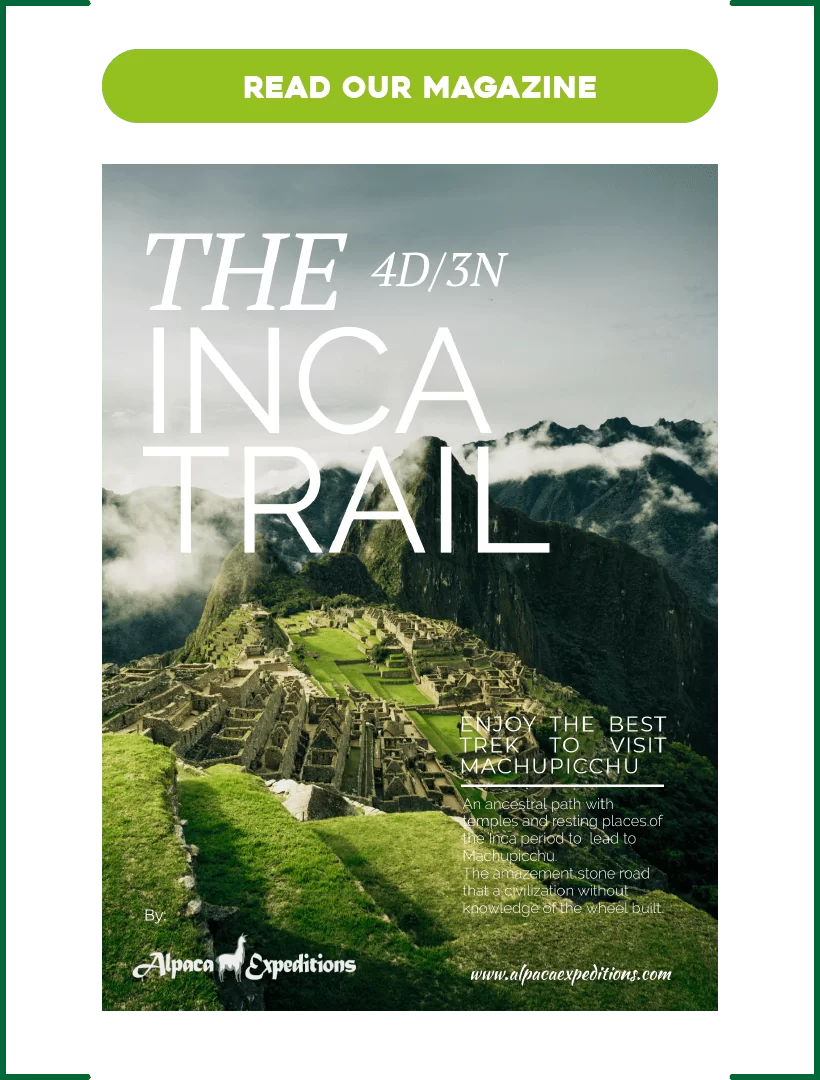
Get Your Inca Trail Magazine here
Inca Trail Map - Elevations, Landmarks, Campsites, Altitude Profile & More
See where the Inca Trail is in Peru, and trace your hiking route to Machu Picchu with these useful Inca Trail Maps.
EXPLORE INCA TRAIL MAPS
1. inca trail ancient map.
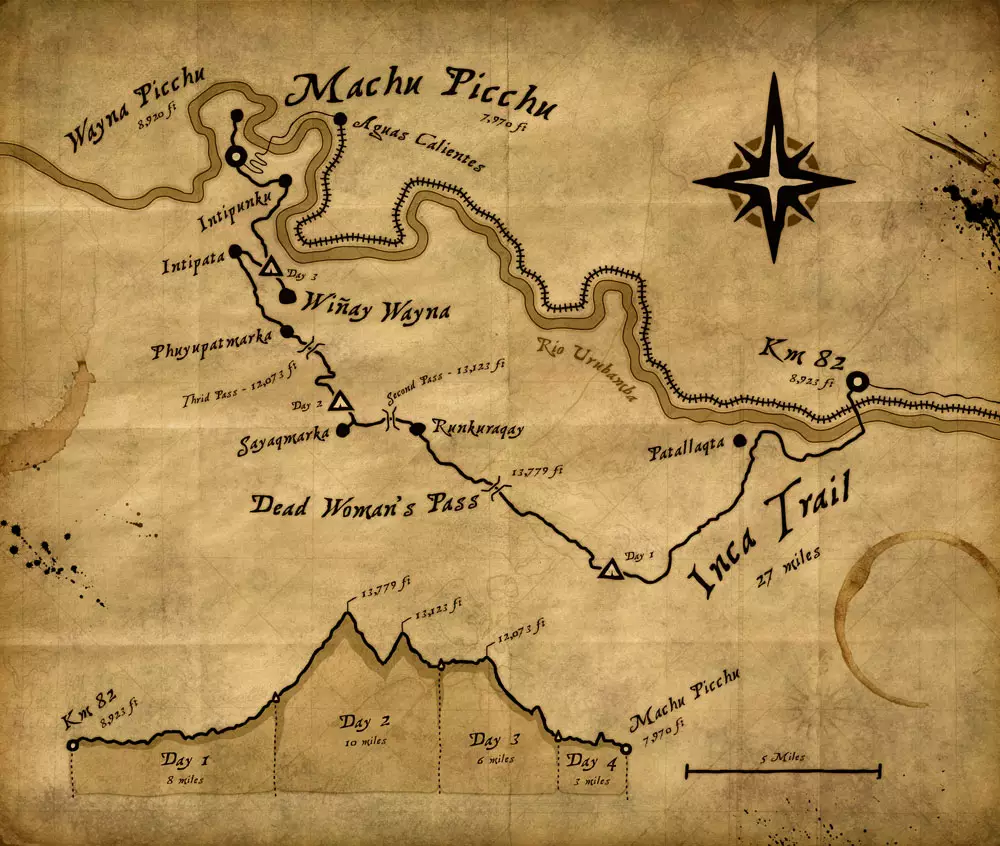
2. Inca Trail Hikers Map
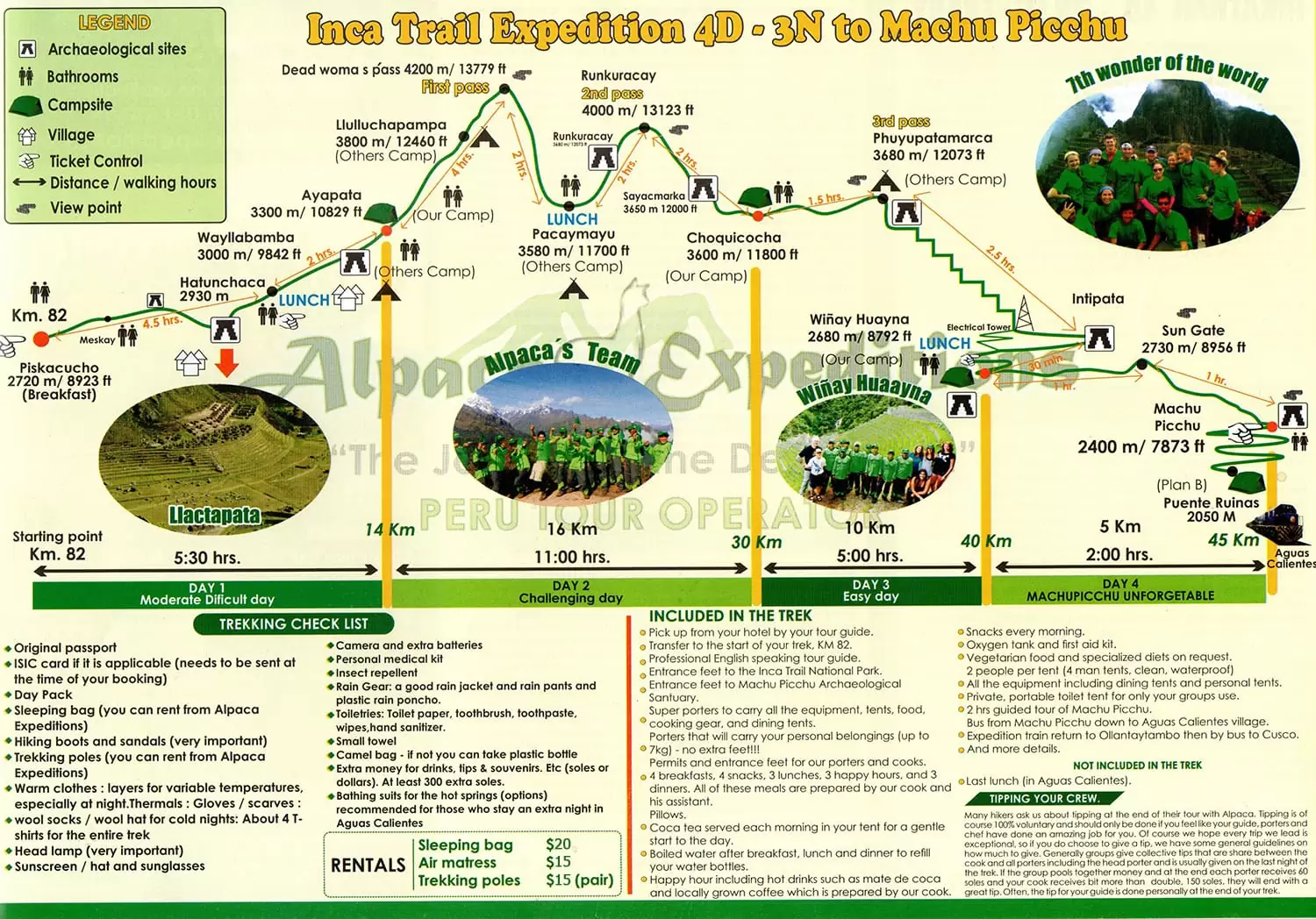
4. Inca Trail Elevation Profile Hiking Map
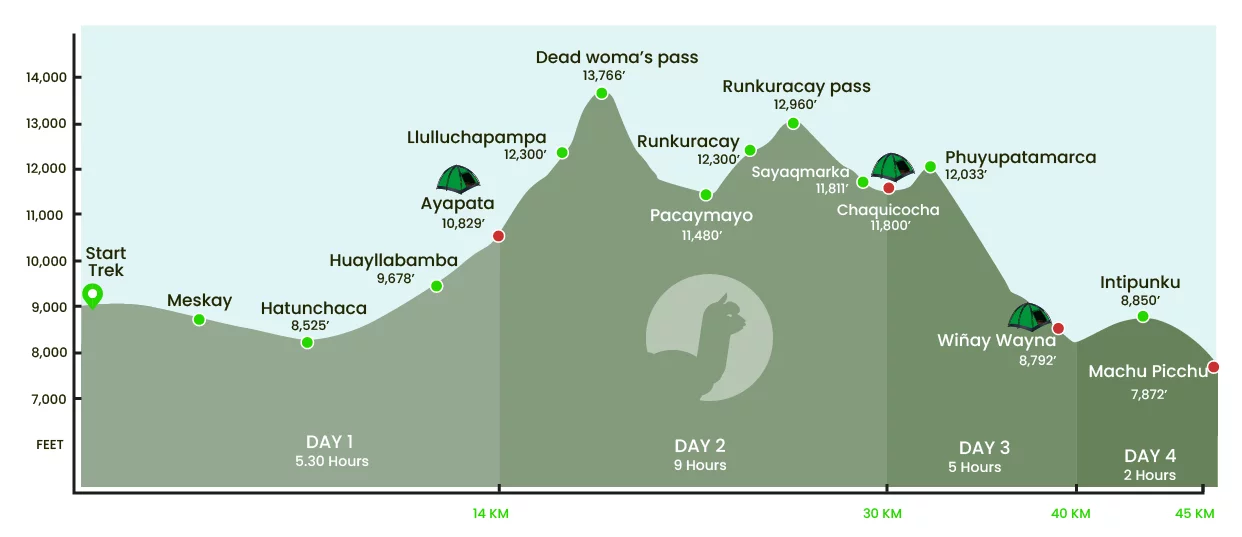
Only company with More than 17,000 excellent reviews on Tripadvisor
Only company with 4 ISO + Green FootPrint ISO, International Organization for Standarization
Awards , Recognized as the Best Travel Agency in Peru
Trekkers Blogs The best way to understand the experience of traveling with Alpaca is reading and watching what others have experienced with us.
More than 2K trips made safely with our Satellite Phones
Cooking classes are on all our camping treks . Learn to cook traditional, delicious dishes in open air classroom of the magical Andes mountains!
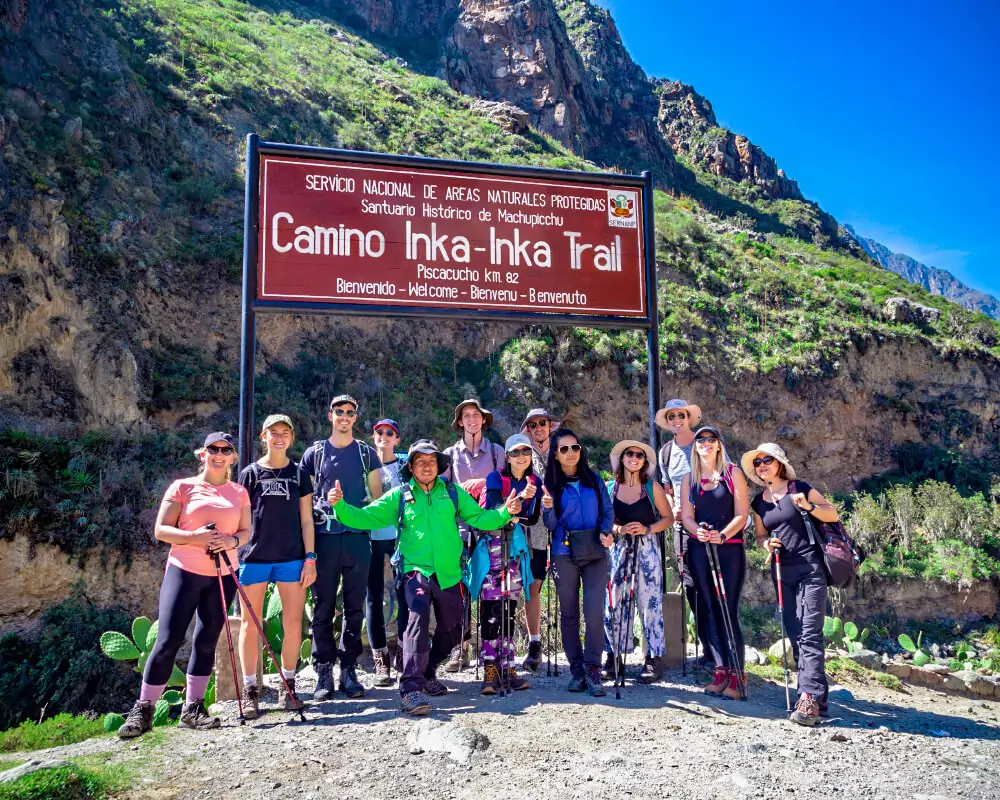
Inca Trail (Classic) 4D/3N Group Tour
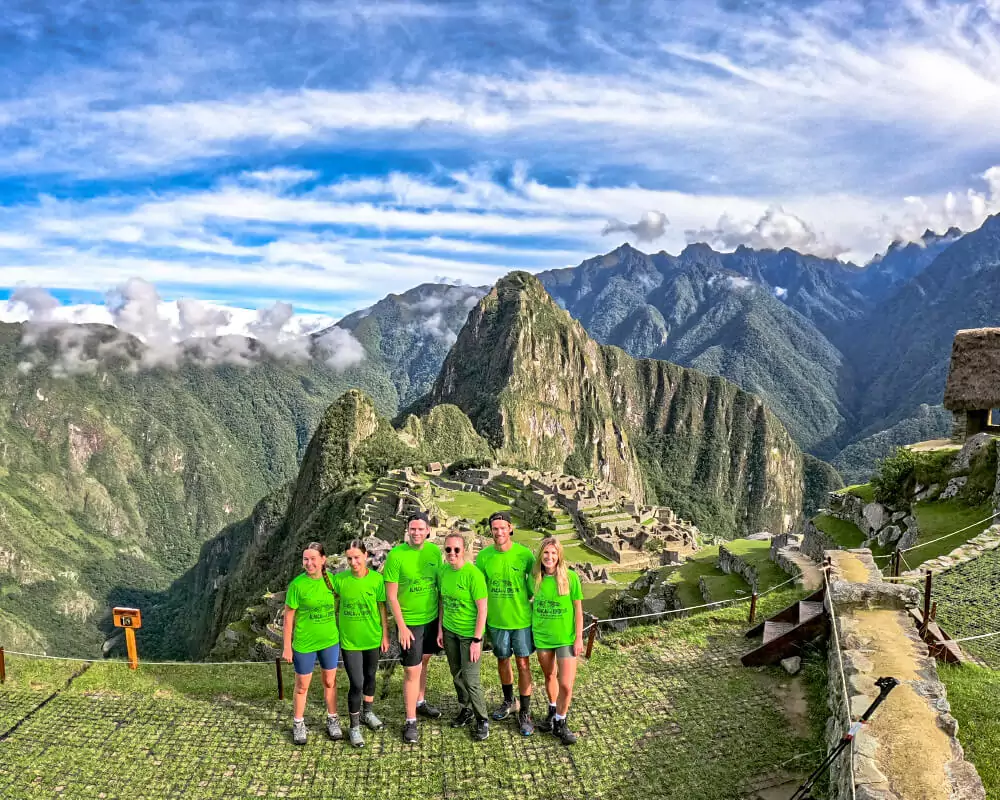
Inca Trail 4D/3N Private Tour
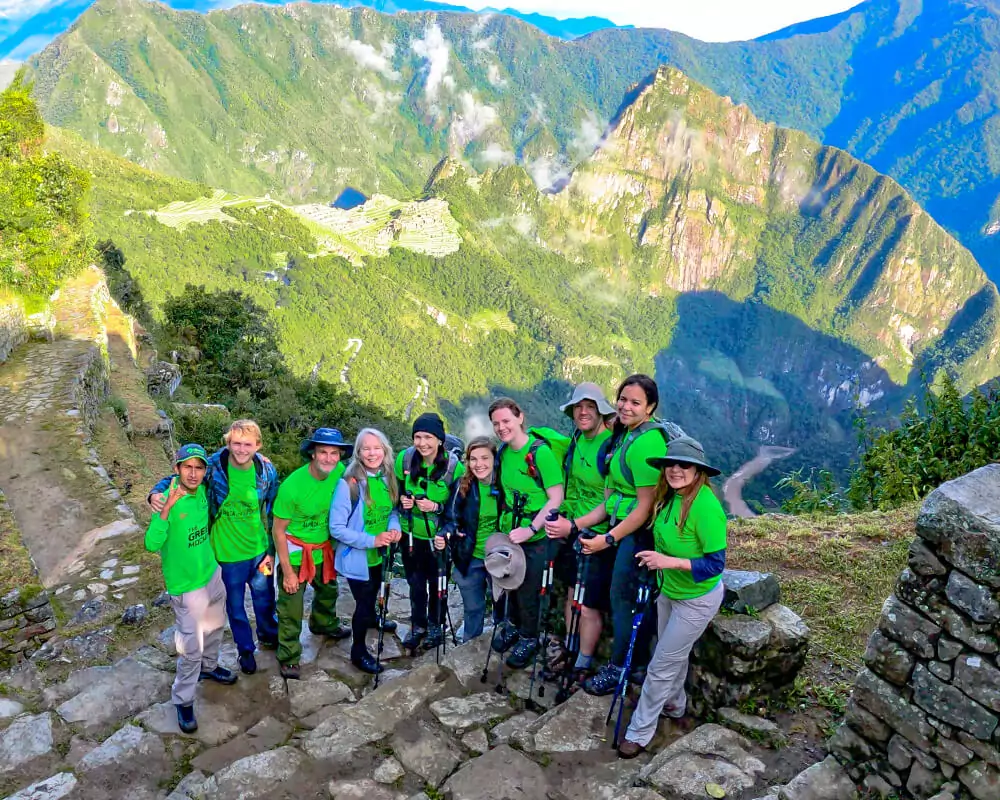
Machu Picchu Inca Trail 5D/4N
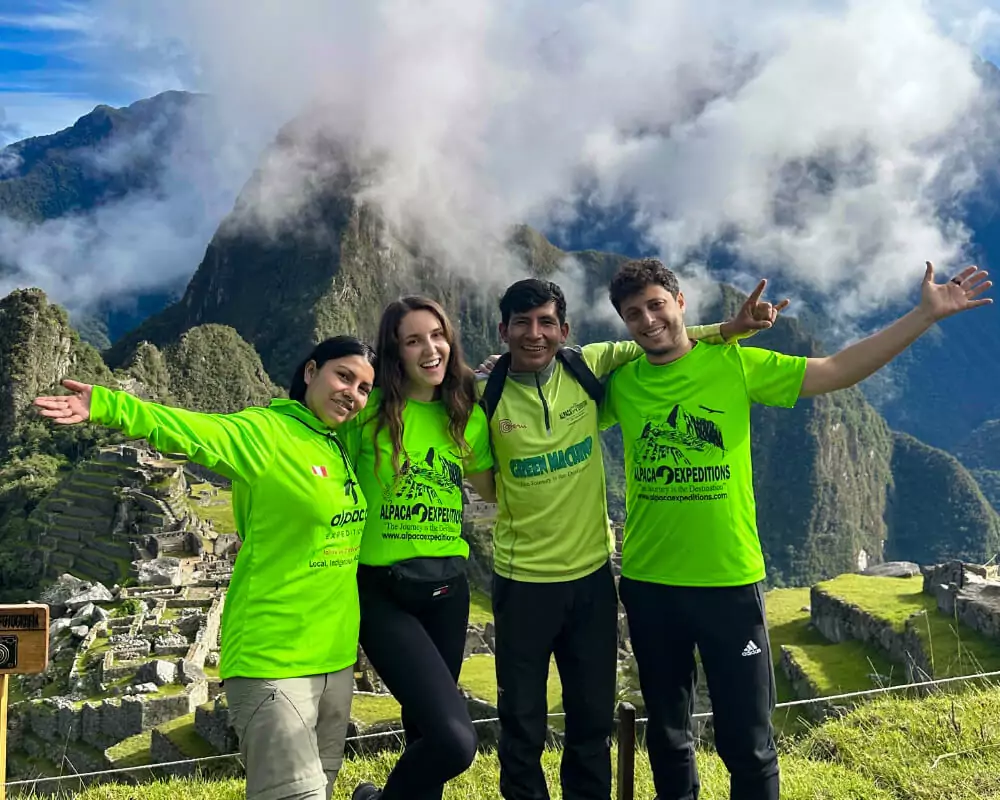
Short Inca Trail trek with Camping 2D/1N
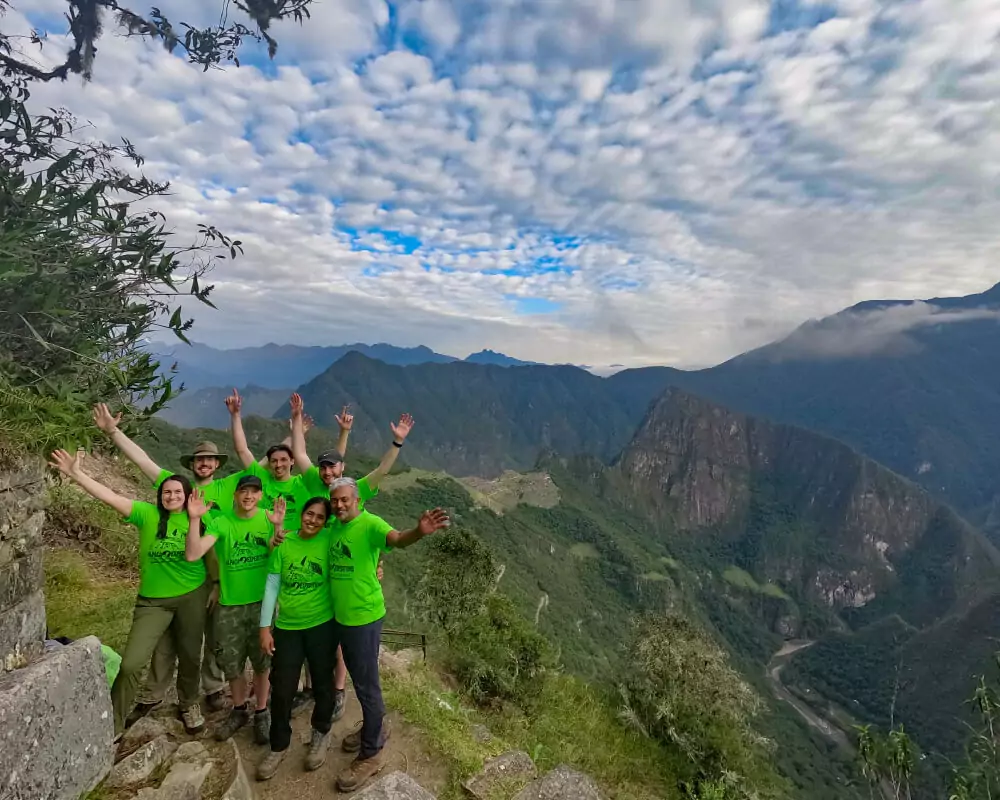
2-Day Short Inca Trail Trek with Hotel
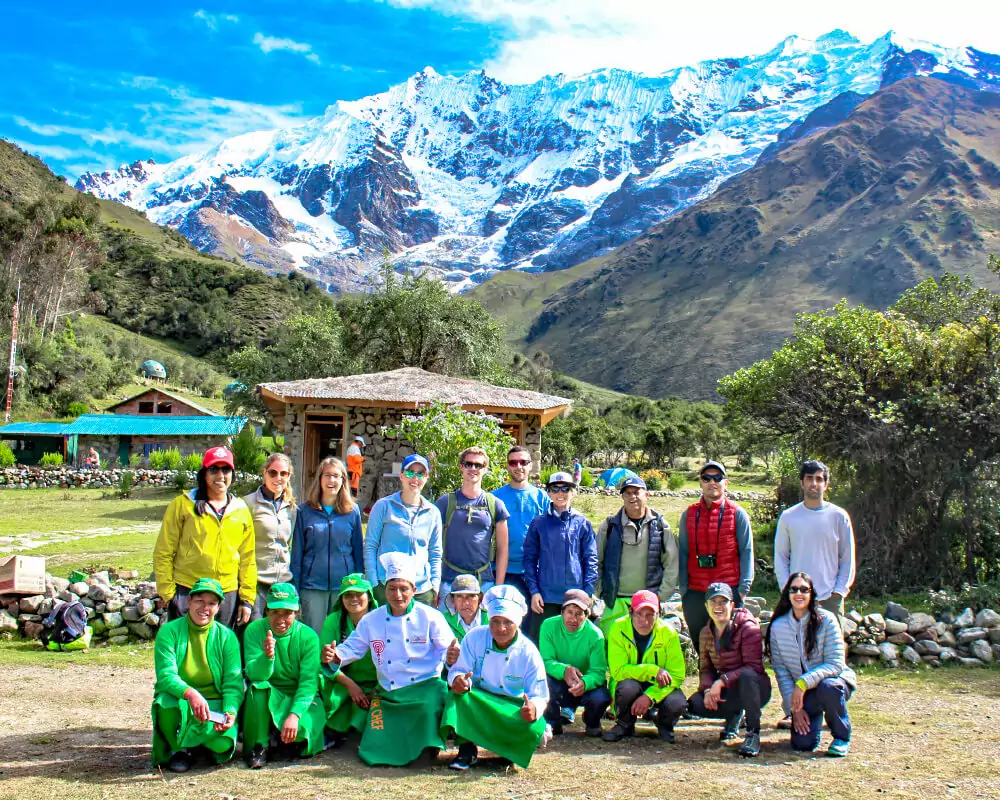
Salkantay Trek + Inca Trail 7D/6N
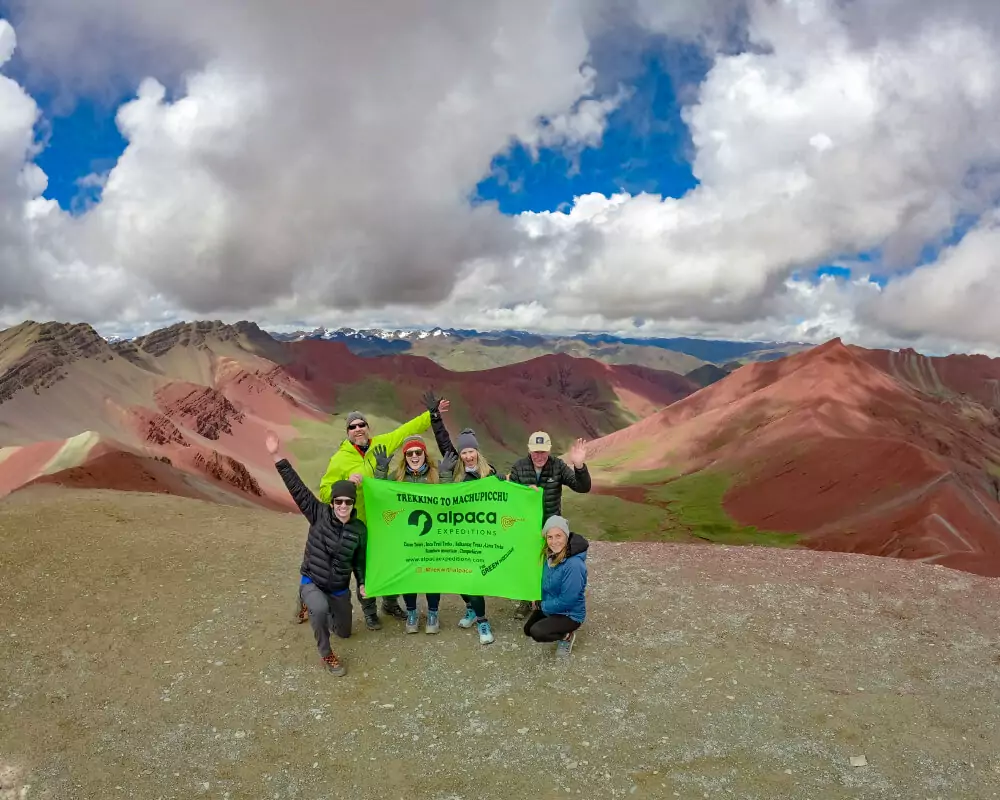
Sacred Valley Tour 1 Day & Inca Trail 2D/1N & Rainbow Mountain + Red Valley 1 Day
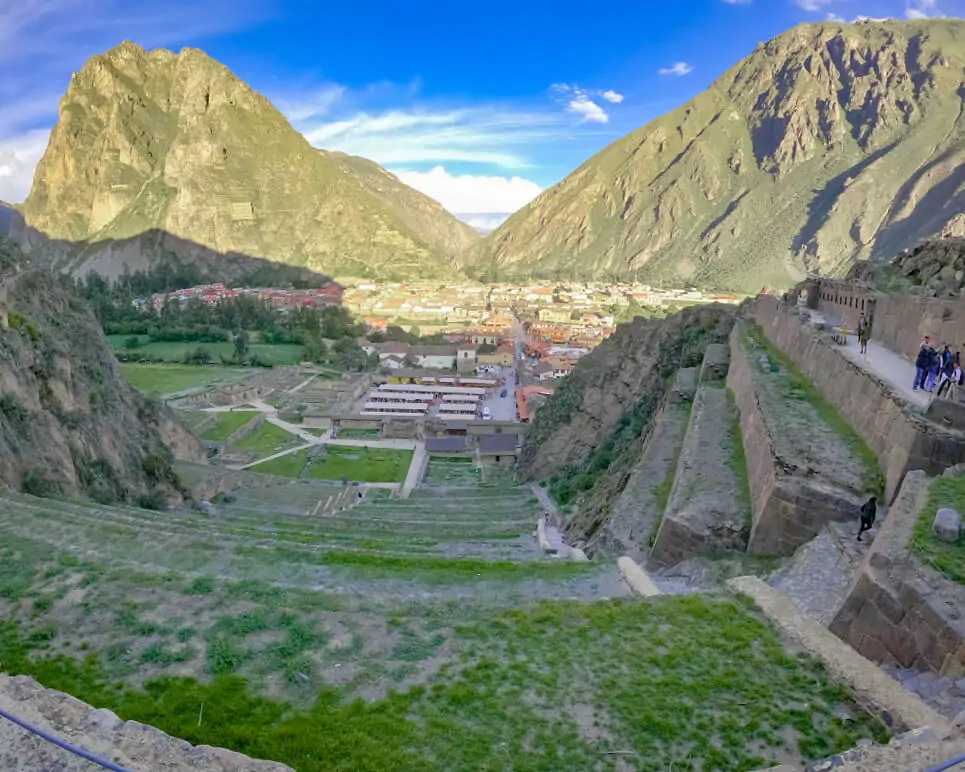
Sacred Valley Tour 1 Day & Inca Trail Hike 2D/1N
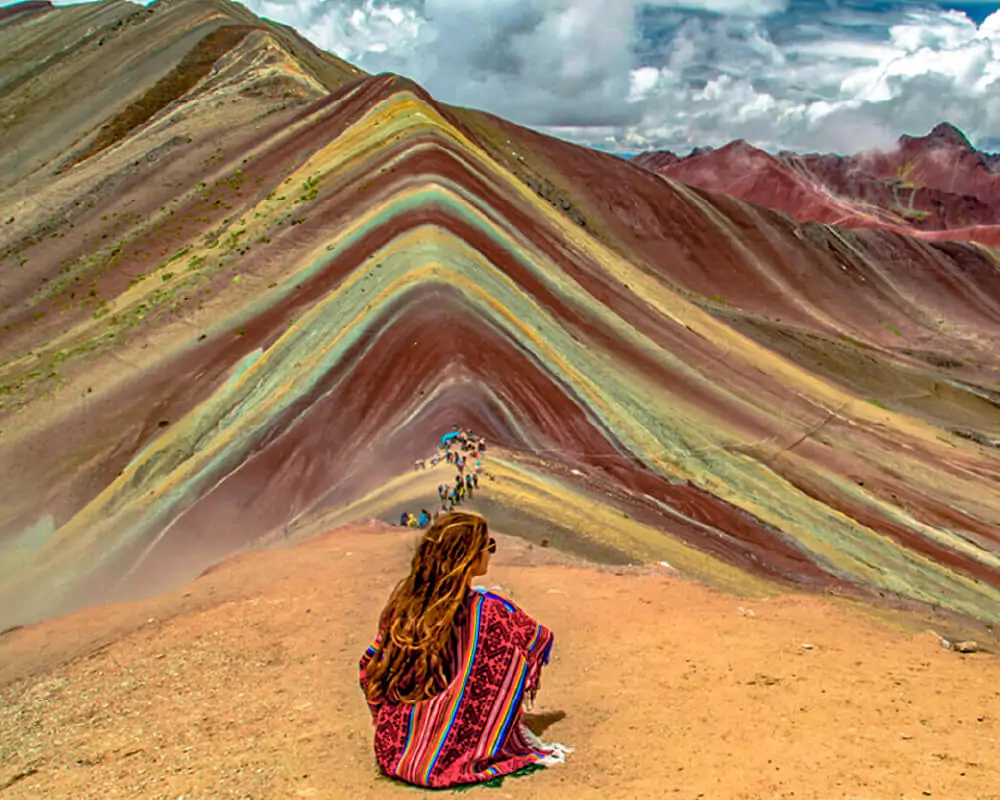
Inca Trail Hike 2D/1N & Rainbow Mountain + Red Valley 1 Day
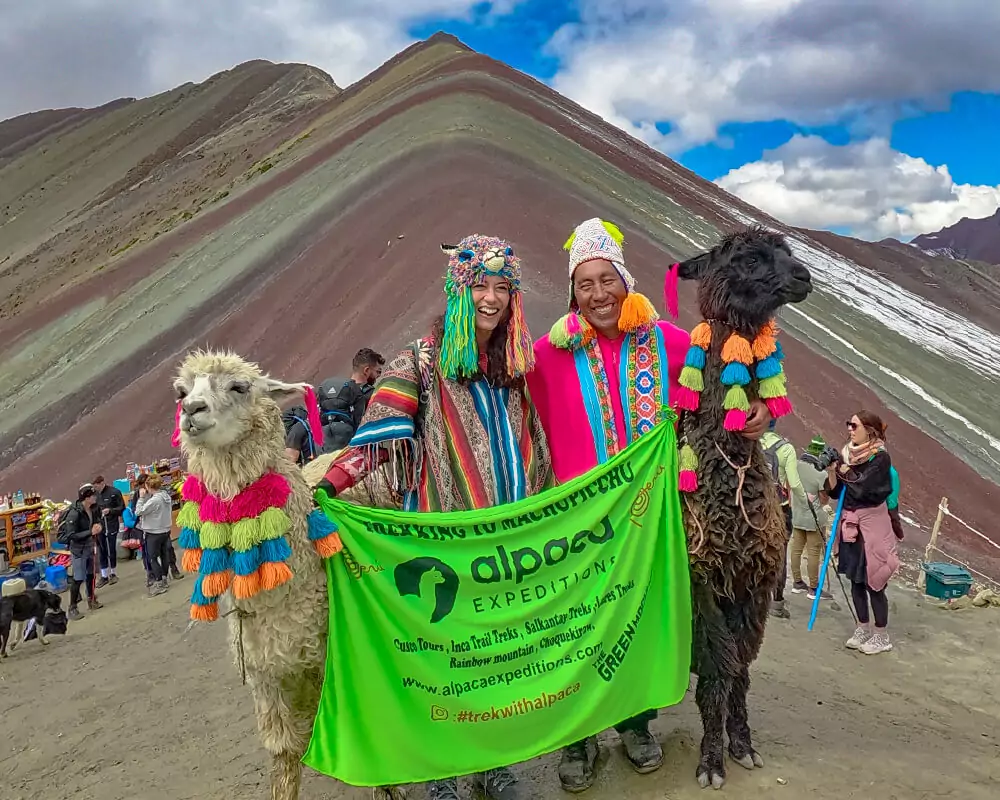
Inca Trail Hike 4D/3N & Rainbow Mountain + Red Valley 1 Day
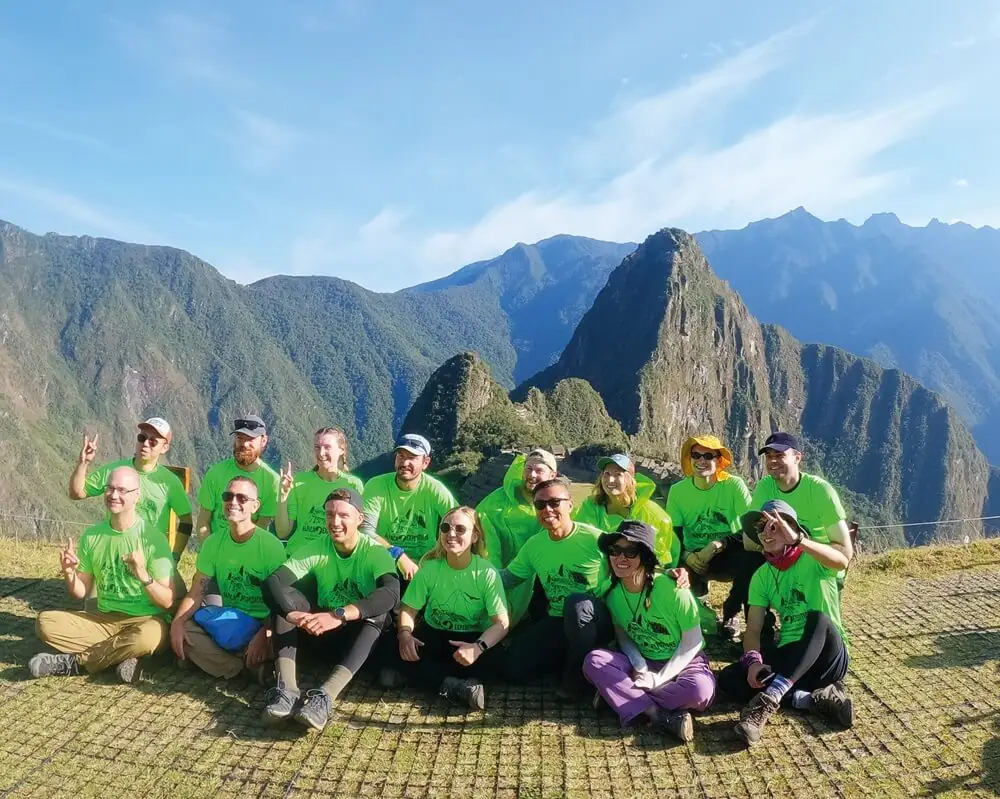
Sacred Valley & Classic Inca Trail to Machu Picchu 7D/6N
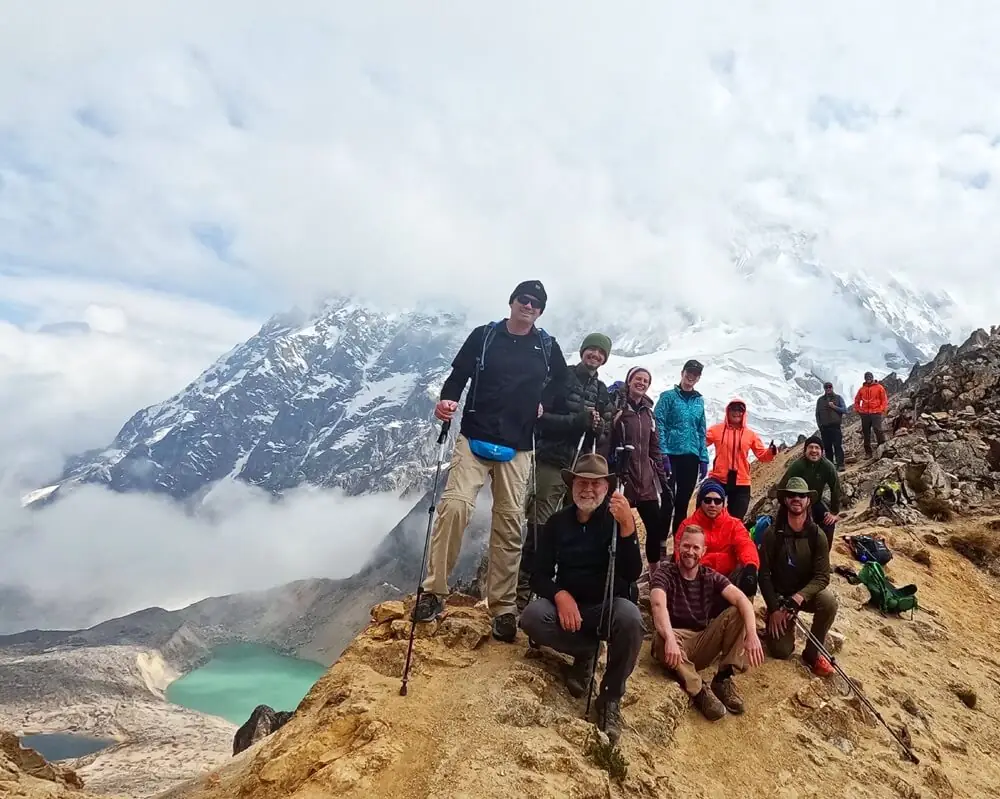
Salkantay Trek Peru – 6D/5N
Check 4, 5 & 7 day inca trail availability, get in touch, alpaca expeditions recognitions, iso (international organization for standardization).
In the pursuit to stand out from the rest, Alpaca Expeditions has obtained four ISOs plus our carbon footprint certificate to date. These achievements result from our efforts to implement the internationally-recognized integrated management system. They also represent our commitment to all of our clients and staff of operating sustainability and responsibility in every way possible.

World Travel Awards
Alpaca Expeditions is internationally recognized as a leading tourism company in Peru. As proof, we have been awarded the World Travel Award for Peru´s Best Tour Operator 2021 for the second time.
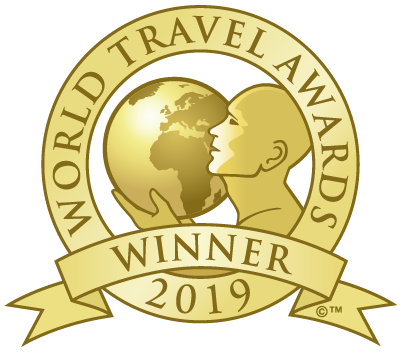
TRIPADVISOR RECOGNITIONS
Our goal at Alpaca Expeditions is to create the best experience for all of our clients. We create journeys that are to be remembered for a lifetime. Journeys you can be proud of and can share with everybody around you.
As Featured In

Hotel to Hotel service
Regarding the transportation provided by Alpaca Expeditions, we are committed to delivering a quality service. We strive to ensure that passengers feel supported throughout their journey. To achieve this, we coordinate closely with our guides and representatives to ensure timely pick-up at the start of their tours. Additionally, we have representatives responsible for escorting our passengers to their hotels at the conclusion of any tour.
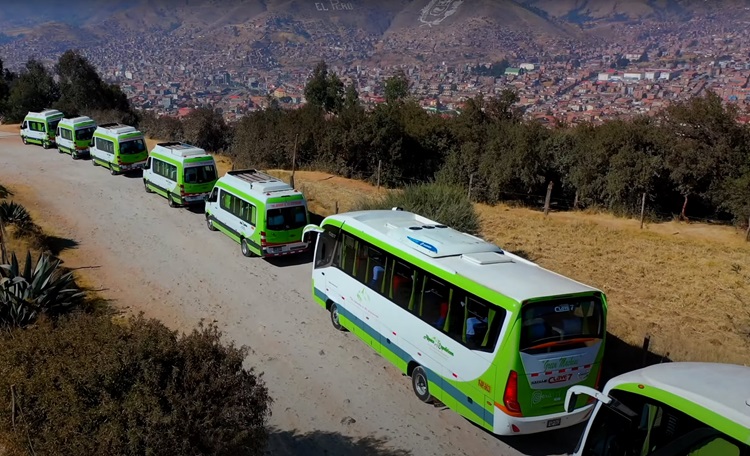
Our drivers are not only trained in customer service but also come properly uniformed, and many are fluent in English.
Typically, all transportation types are included in each of our services. For instance, if you have booked a trekking tour, we will pick you up early, typically between 4 AM and 5 AM. When visiting Cusco, it's important to note that traffic here is generally moderate. However, there are peak traffic times, such as between 7 AM and 8 AM, which coincide with school hours, and in the evening between 6:00 PM and 8:00 PM. Therefore, if you have a flight during these times, it's crucial to be at the airport at least 2 hours in advance. The drivers of Alpaca Expeditions ensure their vehicles are prepared with all necessities before each service. They are acutely aware that delays can lead to missed trains, flights, or other connections. Consequently, they are always more than punctual, arriving at least 10 minutes before the scheduled time for any service, understanding the responsibility they carry in executing these tasks.
Personal Porter of 7KG
Remember that Alpaca Expeditions offers an extra 7 kg allowance for your personal belongings on any of our tours. We include a personal porter who is responsible for carrying your duffel bag without any additional fee. You will not have access to your duffel bag until you reach your evening campsite. The bag should not exceed 7 kg, which includes 4 kg for clothes and 3 kg for your sleeping bag and sleeping mat.
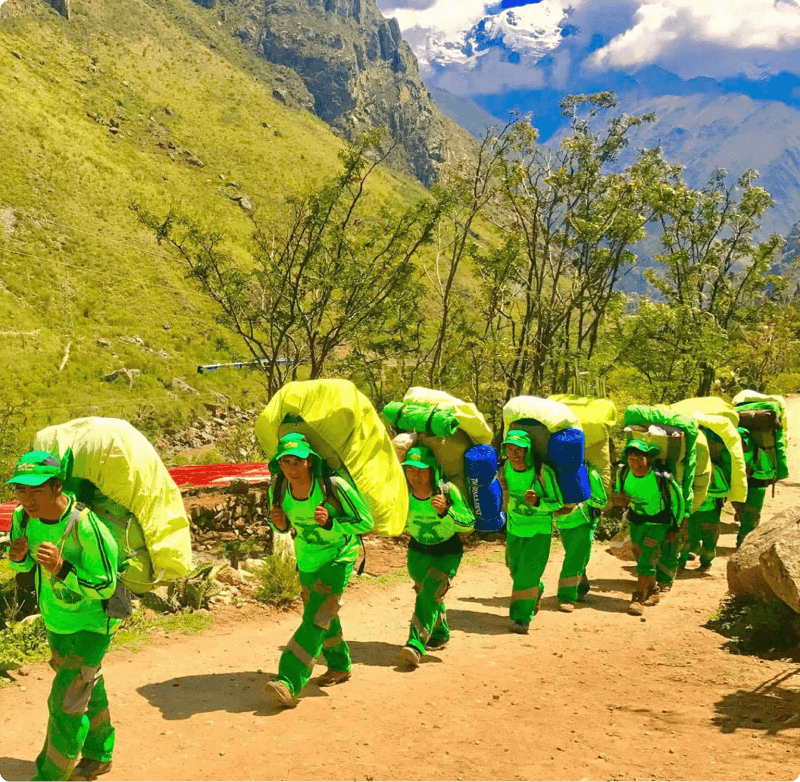
Each Alpaca Expeditions porter is paid directly after each trek, allowing them to return home more quickly. They receive better wages than our competitors, health insurance, and all their equipment free of charge, including hiking boots, pants, jerseys, fleeces, jackets, hats, flashlights, sleeping bags, and high-quality food. We ensure each of our porters has a comfortable bed in a pleasant room to sleep in before and after each trek. We also visit the communities they live in, providing toothpaste, toothbrushes, soap, and other necessary supplies to their families, along with books for their children.
This is just the beginning for us, and we are always looking for ways to do more. While the government allows each porter to carry up to 25 kg, we limit this to 20 kg to prioritize their health and safety. Each porter carries up to 15 kg of company equipment and 5 kg of personal items. This is why it is crucial to keep your personal duffel bag weight under our 7 kg limit. You might see other companies allowing their porters to carry more than the allotted weight, but at Alpaca Expeditions, we strictly adhere to these limits to ensure our porters' well-being.
Clases de Cocina
Alpaca Expeditions offers its passengers the chance to experience local cooking. We aim to immerse trekkers in Inca life by walking them through the original Inca paths and teaching them about Inca culture. Food is a significant part of Inca life, making it a special element in any tour or trek with Alpaca Expeditions.
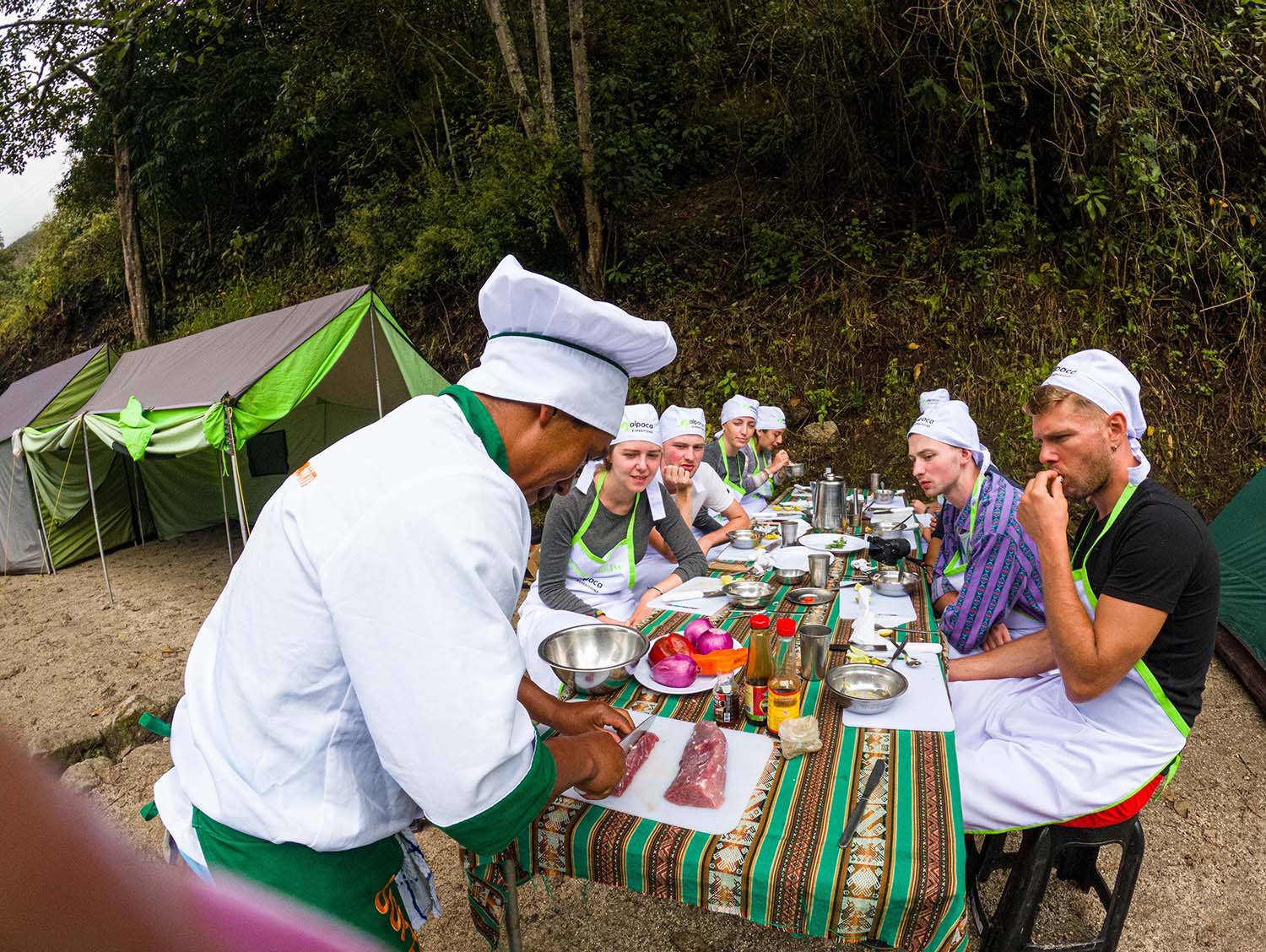
In 2022, Alpaca Expeditions introduced a cooking class as part of each of our treks, conducted by our amazing trekking chefs and interpreted by our guides.
We will transform your dining tent into a makeshift kitchen, providing all the necessary supplies to prepare a Peruvian specialty. Your chef will guide you step by step through the process of making a traditional Peruvian meal, such as Lomo Saltado, and share some essential mountain cooking tips.
Peru is recognized as a top culinary destination, largely thanks to the popularity of our renowned beef dish, Lomo Saltado. This is most often the meal you will learn to cook, but there is also the opportunity to learn how to prepare other dishes like traditional Peruvian ceviche or even our signature drink, the pisco sour.
Cooking Class on the Inca Trail: These classes are voluntary and designed to be a fun, educational experience. Our clients consistently marvel at the amazing ability of our chefs to create culinary magic on a mountaintop. As you learn to prepare and cook Peruvian specialties, you will also see firsthand how such elaborate meals can be created on a small campsite stove.
Enjoy a cooking class in the mountains and be sure to take plenty of photos, just in case your friends won't believe your incredible experience.
Satellite Phones
The best way to hike in the mountains of Peru is to completely disconnect from technology, especially the internet and cell phones. The most impressive and exciting aspect is the opportunity to experience the true and wonderful nature that we often miss when we are at home, watching TV or absorbed in our cell phones during our leisure time. The feeling of being disconnected from work and the daily routine left at home is incredible.
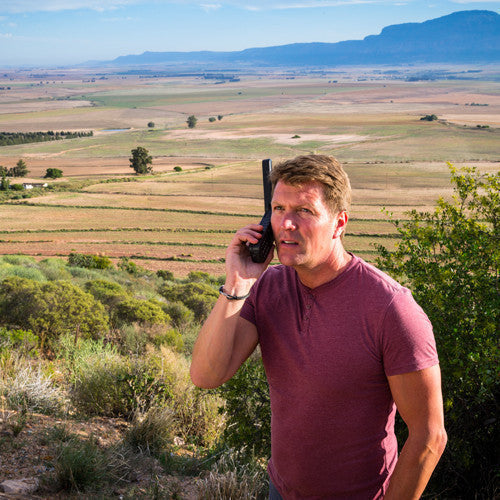
However, this remoteness means limited access to emergency resources. That's why Alpaca Expeditions has invested in satellite phones for every trek.
We are prepared to assist you in case of any emergency, particularly health-related issues. For this reason, Alpaca Expeditions has invested in satellite phones, as they are one of the most crucial tools for any operator trekking in remote areas where telephone or television signals are absent. This means that every guide on our treks will be equipped with a fully charged satellite phone as well as radios. While these are primarily for emergencies, we allow our clients to use them at any time.
We ask that you cover the cost, which is $2.50 per minute. This fee can be paid in cash at our office or via PayPal once you have completed the trek.
Being just a phone call away from any doctor, hospital, or friend helps everyone feel assured of their safety. Radios, which all our guides carry, have limited reach, so Alpaca Expeditions includes satellite phones to ensure that we can connect no matter where we are on the mountain.
Portable private toilet
We understand that our clients will need restroom facilities at various times and locations during their journey. Along the Inca Trail, there are restrooms available, particularly those belonging to the communities near the trail. Alpaca Expeditions provides portable toilets to enhance this service, which will be set up at each meal site or campsite.
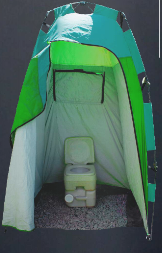
As with any mountain trip where we are exposed to nature, it is possible to use natural areas as restrooms. However, it is crucial to be mindful of the waste we generate, such as toilet paper or wet wipes used for cleaning. These should be carried with us and not discarded on the ground or left along the trail. Remember, the Inca Trail is a protected area overseen by a government institution. In places where garbage bins are unavailable, particularly at our camps, we provide special plastic bags for waste. Our porter team will be responsible for carrying out our waste.
Please be aware that although there are designated bathrooms for men and women, in practice, both genders often use the same facilities. Functionally, there is no significant difference between men's and women's bathrooms. Therefore, it is common for people of all genders to use whichever bathroom is available.
We’re on the road right now – join in on the fun and follow @thebrokebackpacker on IG!
- Meet the Team
- Work with Us
- Czech Republic
- Netherlands
- Switzerland
- Scandinavia
- Philippines
- South Korea
- New Zealand
- South Africa
- Budget Travel
- Work & Travel
- The Broke Backpacker Manifesto
- Travel Resources
- How to Travel on $10/day
Home » South America » Peru » The ULTIMATE Guide to Hiking the Inca Trail to Machu Picchu
The ULTIMATE Guide to Hiking the Inca Trail to Machu Picchu
For the past 5 years, I have had the goal of visiting each of the 7 Wonders of the world. Traveling to Peru and seeing Machu Picchu was one of them.
It’s also the place I first met my wife in person for the first time. Sounds creepy, but it really isn’t.
Before leaving, I had heard horror stories about the difficulty of the hiking the Inca Trail to Machu Picchu. I made sure to mentally prepare our small team of six for the adventure and kept up a weekly progress report of how everyone was training.
It wasn’t all fun and games. I’m here to give you the lowdown on the good and the bad and how to make sure your next trip to Machu Picchu and the Inca Trail is a success. Here you will get all the inside information on the hike from someone who has spent a lot of time researching it and completed it firsthand.
I’ve hiked some of the best national parks in the U.S. and this Inca Trail hike is still my favorite in terms of scenery and complete awesomeness. Alright, let’s get to the details.
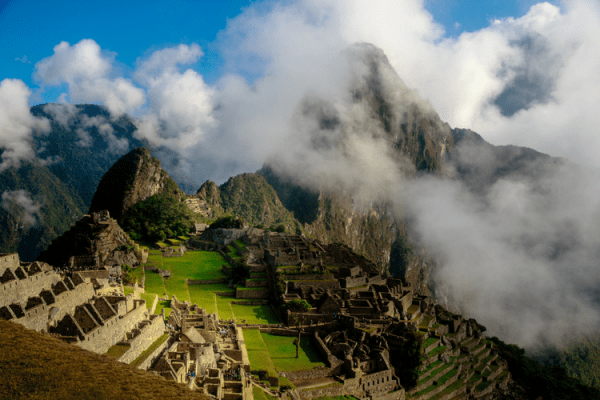
Hiking the Classic Inca Trail to Machu Picchu
Day-by-day itinerary for trekking the inca trail (4 days/3 nights), finding the best inca trail tour operator, the best time to visit machu picchu, what to bring on the inca trail, ok, now you’re ready to hike the inca trail to machu picchu.
The Classic 4-day Inca Trail hike to Machu Picchu is arguably the most famous trail in all of South America . The Inca Trail’s length is 26 miles (42 kilometers) of pure Peruvian power that connects several Incan archaeological sites: Runcuracay , Sayacmarca , Phuyuptamarca , Wiñaywayna , and of course none other than the magnificent Machu Picchu ruins!
So what’s the Inca Trail hike’s difficulty like? Well, the elevation of the Inca Trail is over 13,000 feet so if you have altitude problems make sure to think twice before committing. This ain’t no walk in the park unless you like your walk in the parks accompanied by blood-tingling cliff-drops and ruins of ancient South American empires.
Protip: That’s exactly how I like my walks in the park. 😉
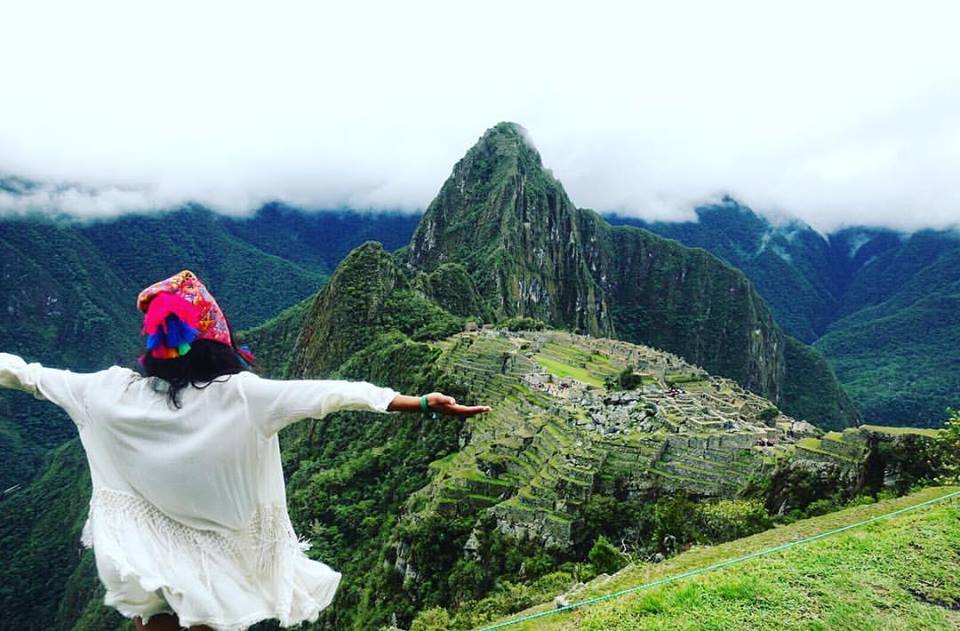
If it wasn’t for an adventurous Yale scholar in 1913, Hiram Bingham, we might not have known of the existence of this modern-day gem. When the Incans were conquered by the Spanish in the 1500’s , they fled the jungle and Machu Picchu went hidden for hundreds of years.
The legendary hike culminates at the Puerta de Sol (Sun Gate) where you overlook the magnificent ruins below and the iconic Huayna Picchu mountain to the side. Along the hike, at the epicenter of the old Incan Empire, you will experience majestic mountains, cloud forests, a subtropical jungle, and a little bit of wildlife.
To help you prepare to go on one of the best hikes in the world , we have summarized everything you need to know with a day-by-day itinerary, picking a tour operator, and what to bring with you. Everything is set for you to walk the Inca Trail.
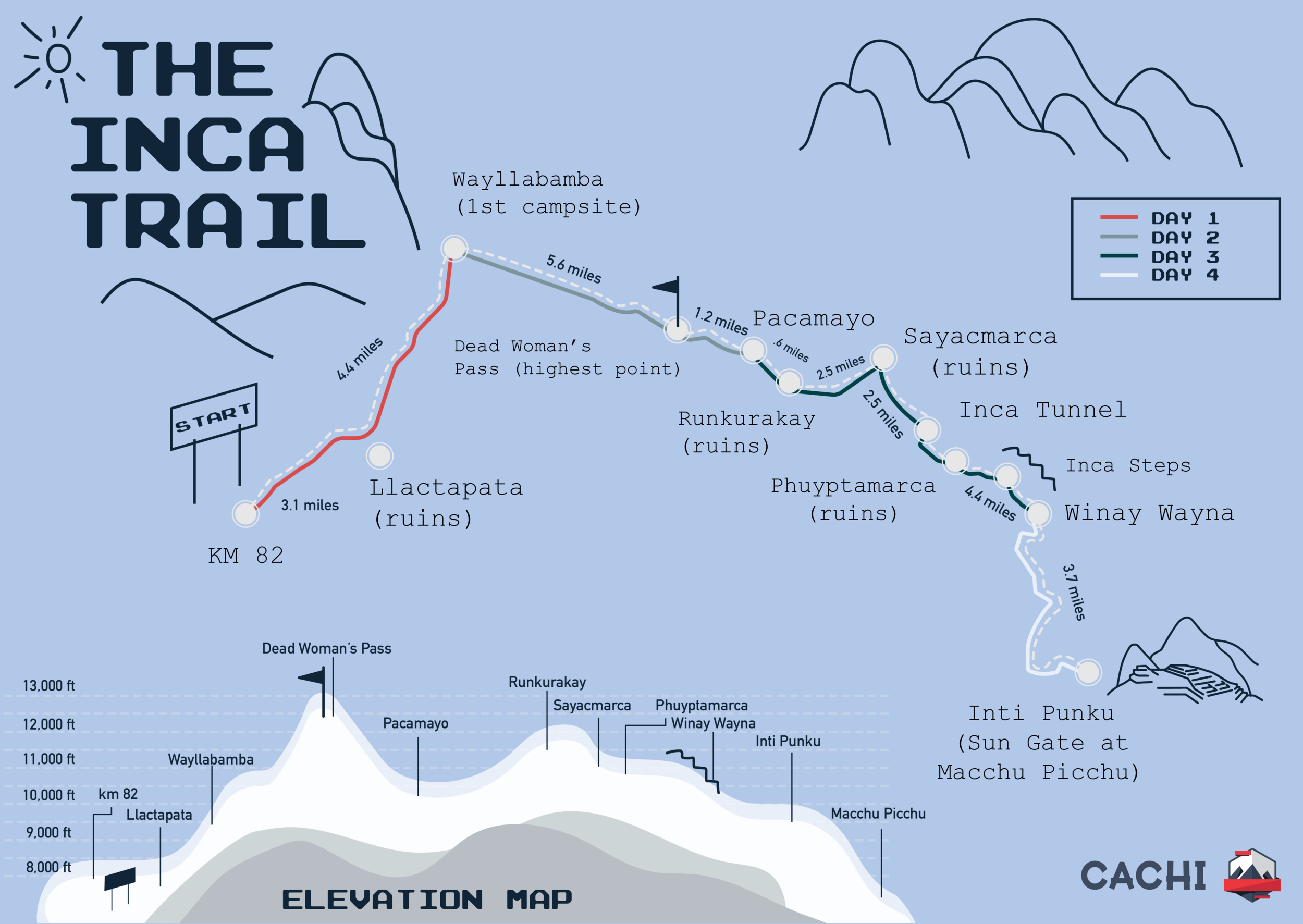
The exact itinerary for the hike may differ between various Inca Trail tour operators, but almost all groups follow a similar itinerary and have set times to leave to avoid overcrowding. Even with daily tourism limits, there are still many, many tour groups and you will constantly be surrounded by other hikers, guides, and porters throughout the 4 days.
If you are looking for a more personal, private outdoor experience, I recommend you pick a less prevalent adventure as there are many alternative Inca sites to choose from around the Cusco area.
Alright, now for the daily itinerary.
Day 1 – Starting the Inca Trail Hike
13 km (8 miles), 5-7 hours, to huayllabamba.
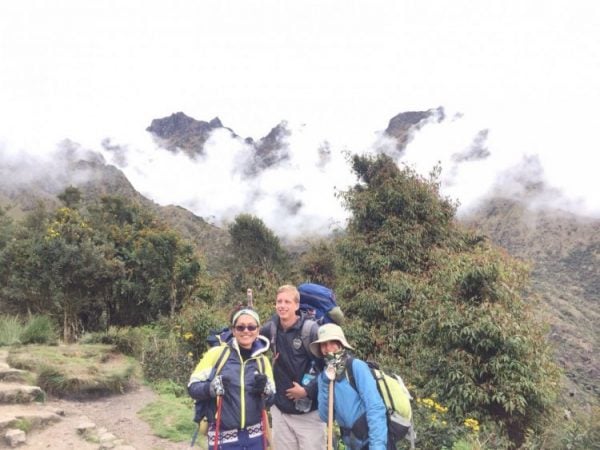
Day one eases you into the action. It’s a nice starter to a much more difficult day ahead.
After taking transport from nearby Cusco, you meet your team and porters. The first day is a relatively easy hike and goes past the ruins of Patallaqta , which means “town on a hillside” in the Incan language of Quechua.
You will spend the night at Huayllabamba , the only inhabited town on the trek.
Day 1 is relatively easy as there isn’t much elevation gain and your legs are fresh and you feel like you can take on anything.
Then, day 2 comes.
Day 2 – A Mishap on the Trail
11 km (7 miles), 7-10 hours, from huayllabamba to pacaymayu.

Day 2 is considerably more difficult due to the severe elevation gain and altitude of the Inca Trail. If you’re fit enough to handle the constant incline, there is a good chance the high altitude will zap your energy and perhaps give you dizziness.
It’s the hardest day of the trek, with an ascent of 1,200 meters and a challenging descent to the bottom campsite. This day offers a great feeling of achievement when you get to Dead Woman’s Pass which is named after the resemblance of the mountain’s shadow of a woman’s head.
This section of the Inca Trail hike provides a fantastic perspective of the gorgeous Peruvian countryside but is also very cold due to the high altitude. When you get to the top, you can take pictures in the snow to display your fortitude.
If you aren’t in tip-top shape, this day will either make you or break you. Unfortunately, this is the day that things went south for a couple of members of our team. One of the girls on our team got a busted knee on the descent after Dead Woman’s Pass – not good.
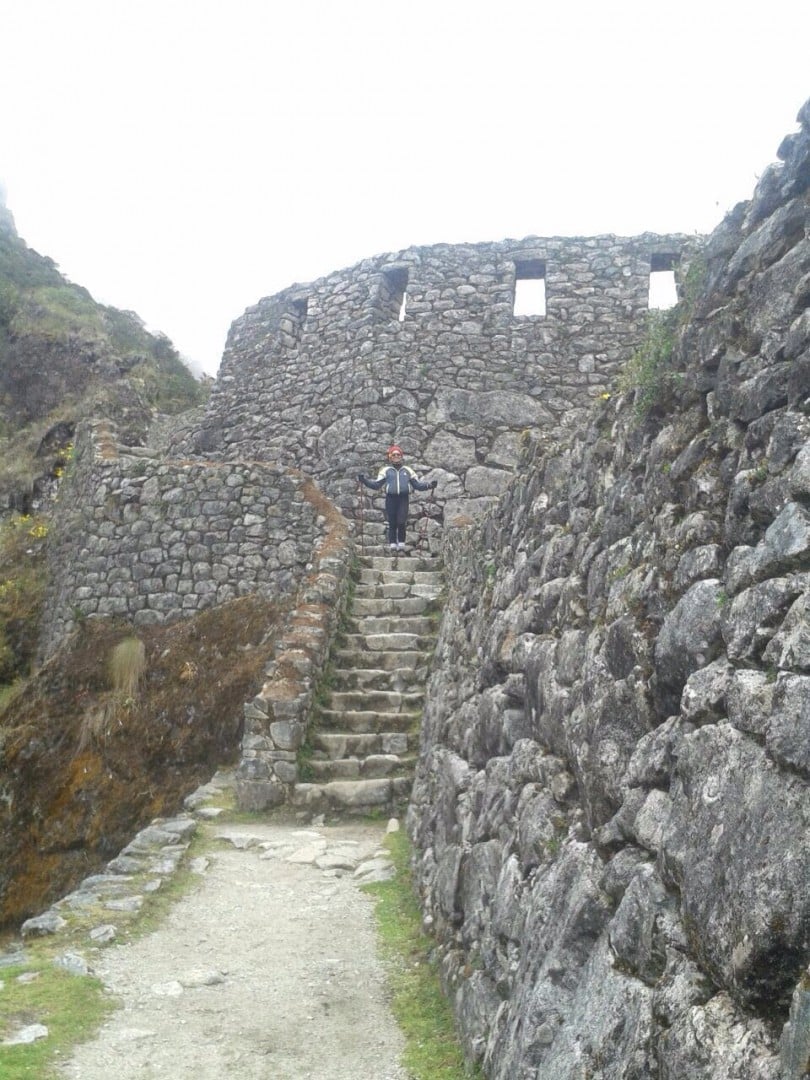
We were literally in the middle of the Peruvian jungle with no easy way of evacuating her. Despite her eagerness to carry on, she could barely hobble her way forward without needing assistance.
Thankfully, the Peruvians are a resourceful people and will go leaps and bounds to make a person in need is helped. A few of the porters and our guide took turns carrying our friend throughout the remaining two and a half days of the hike.
I can hardly carry my petite wife for more than 20 seconds yet somehow our porters and guide managed for hours on end. She did walk sparingly, but for the most part, was carried for a good portion of the time.
In addition to all the equipment, pots and pans, food, and trash that they had to carry, they also now had a grown adult on their backs.
It was nothing short of remarkable.
Day 3: The Lead-Up to the Final Boss of the Inca Trail
16 km (10 miles), 10 hours, from pacaymayu to wiñaywayna.
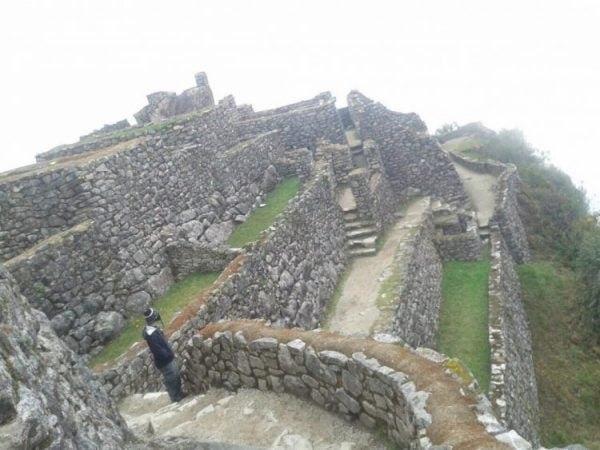
Day 3 of the hike to Machu Picchu is no slouch and for most, it’s the day that the nagging soreness reminds you that you are human. It consists of a 1500-meter descent into the subtropical cloud forests and through the Amazon basin. The soreness really gets at you as you make your way down the mountainside.
You will pass several unforgettable Incan sites like two Incan tunnels that are carved right out of the mountainside. Throughout day 3 you’ll also see several mini Machu Picchu-like ruins spread throughout the trail. It’s a nice build-up to the granddaddy of them all that follows on day 4.
Rest easy once you get to the campsite because the next day is likely to be the most unforgettable experience of your hiking existence (it was for me).
Day 4: Hiking to Machu Picchu’s Glory
5 km (3 miles), 2-3 hours, from wiñaywayna to machu picchu and return to cusco.
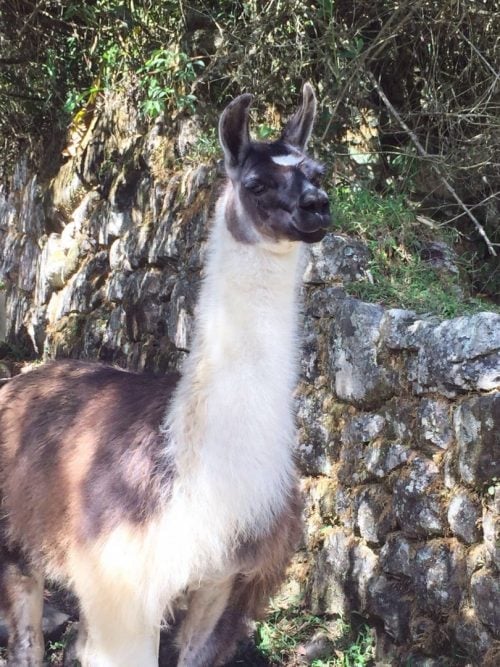
On the last day, you will wake up before dawn at an absurdly early hour (our wake up call was 3 A.M.) in order to reach the Sun Gate overlooking Machu Picchu just in time for sunrise.
It probably would have been glorious to see. However, as mentioned earlier, a couple of our team members were really hurting by day 4 so it made hiking to the Sun Gate longer than anticipated and we certainly didn’t see the sun come up.
I wouldn’t be surprised if we were the last group to make it into the historic site. Once you arrive, you will then have half a day to explore the ruins of Machu Picchu before heading back to Cusco by train. Personally, I could have spent the whole day there just in awe of the ruins.
Unlike most archaeological wonders, Peru allows visitors to actually go in and around the beautiful ruins and see firsthand the inside of the structures and the once magnificent buildings. I think doing the gruelling 4-day hike on the Inca Trail really gave us a greater appreciation for the ruins once we got there.
I’m sure you hear this often, but to be honest, it really is nothing like being there in person and seeing it up close and personal. Pictures just don’t do it justice. You can easily spend hours on end walking up and around the magnificent ruins.
Once the day has come to an end, you’ll take a bus down to Aguas Calientes where you will take a train back to Ollantaytambo before arriving back in Cusco by bus or car.
If you have the time to take a dip in the hot springs I recommend you do so before grabbing the train out.
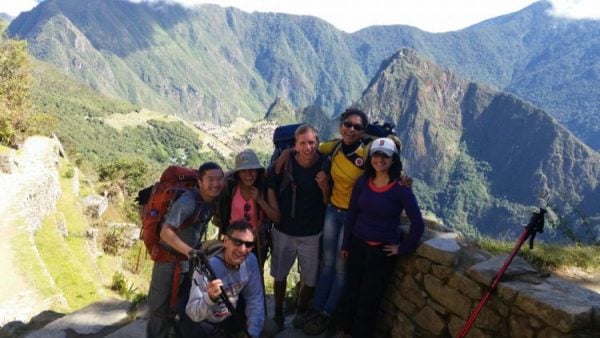
Alright, let’s talk logistics.
First, make sure to book your tour on the Inca Trail well in advance as the tours sell out quickly and you can only go with a tour group or private certified guide. Yes, sadly the answer to the question “Can you hike the Inca Trail without a guide?” is a big fat depressing no.
The most visitors the park allows is 500 a day and that includes guides and porters which make up over half that number. This may not sound like a lot, but it really is when you think about the fact that everyone follows the same narrow trails to Machu Picchu.
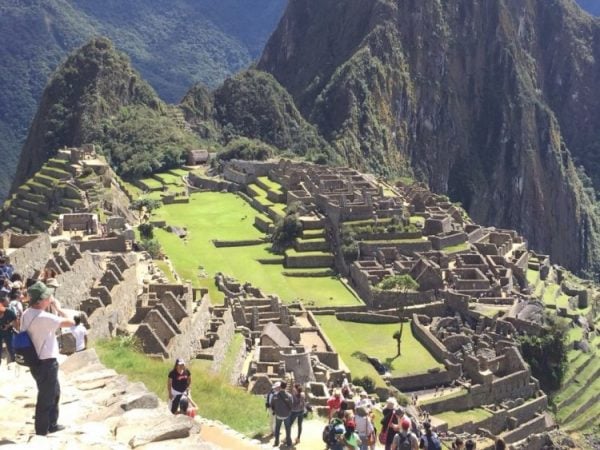
We had to book the tour about 6 months in advance to reserve a spot. Keep that in mind as you will need good long-range planning to make sure your spot is reserved.
Tours to Machu Picchu normally arrange groups of eight to sixteen people, and you will hike with people from all around the world. You can arrange a private tour, but this can be considerably more expensive with a smaller group.
So what are the Inca Trail prices like?
We managed with a group of six (not including the guide, porters, and cook). From what I have seen, the price is around $500-$700 USD per person . We paid at the lower end as my wife is Colombian and we found a tour operator that catered more to the Spanish speaking South American clientele.
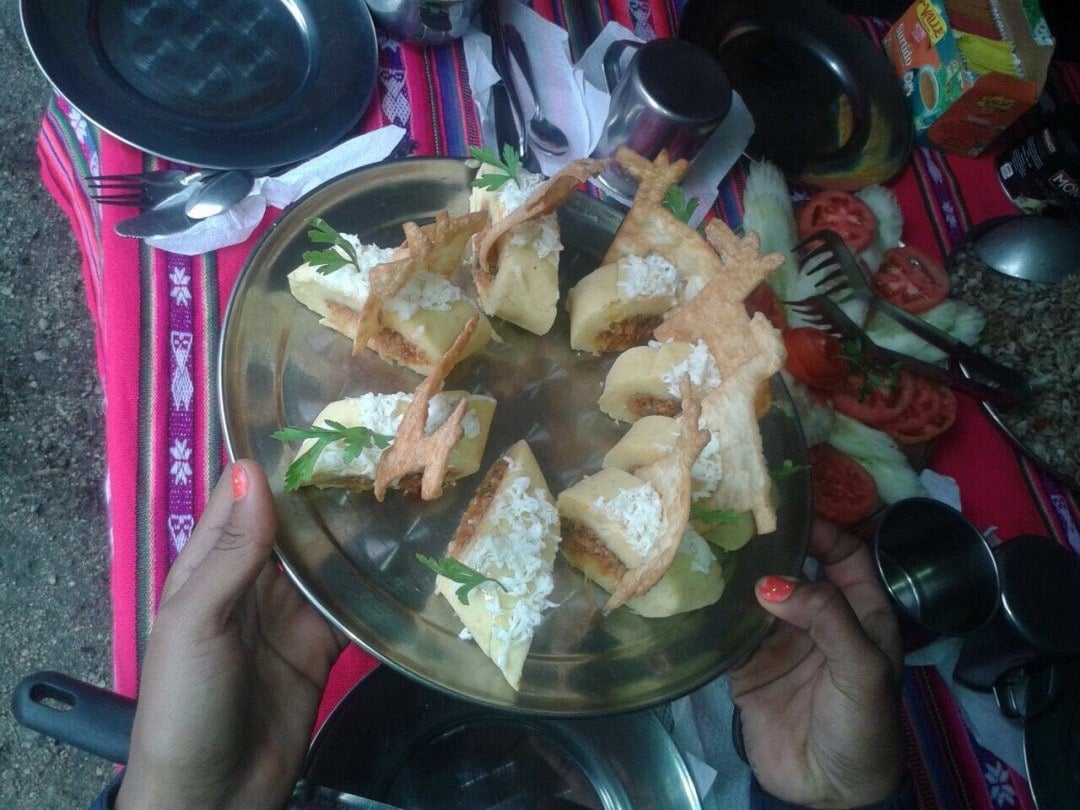
If the tour operator charges much less, they are probably not paying their porters fair wages. It is best to book directly through a local tour operator instead of a foreign travel agency since the travel agencies may charge you double the price.
Included in the price is transport to the start of the trail, a bilingual guide, entrance fees to the Inca Trail and Machu Picchu, tents, all meals and a cook, porters, emergency first aid, oxygen, and return transport back to Cusco.
The food was fantastic throughout the trip. I really have no idea how they made such incredible meals when they were literally in the middle of the jungle.
Trust me, once you see all that is included and all the work that the porters and tour guide do, you will realize it is well worth every penny paid. If you need to pay for an additional porter to lighten your load and carry some of your things, you can do that for around $50-$100 USD.
Each porter should be tipped around 30-40 soles (about $10-$15) for the entire group. Keep in mind, regardless of how much or how little you pay for your tour, the vast majority of that money does not go to the guys that do the heavy lifting. Make sure to tip your team well as they deserve it and likely live off of those tips.
Finally, when booking your tour for the Inca Trail, make sure that the tour operator is selling you the right trek and not misleading you with a similar sounding hike. We recommend going with Cachi Life as they are doing really great work in Peru that goes well beyond the Inca Trail hike. They’re easily my picj for the best Inca Trail tour.
The Inca Trail to Machu Picchu can be hiked all year round, except for February when the trail is closed for maintenance.
The best time to hike the Inca Trail is May through September when there is less rain and the temperatures are slightly cooler. We went in July and the temperatures were great with a bit of rain on day 2. It was cool enough in the evening to get a good night’s sleep without freezing.
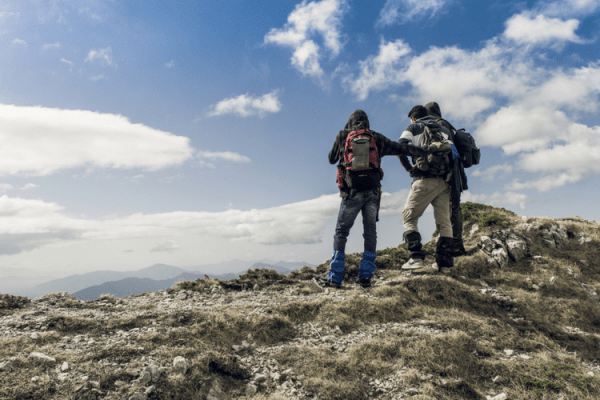
The high season is June to August , but again make sure to book at least five to seven months in advance regardless of when you decide to travel.
Rain is likely during April and October and almost guaranteed between November and March making them a much less suitable time to walk to Machu Picchu… the wet llamas are cute though!
First up, here’s your beginner’s guide to hiking . That’s an excellent jumping-off point for creating your Inca Trail packing list. All the same, here’s some must-bring packing for the Inca Trail:
- Clothes – Definitely make sure to bring layers of clothing and know your layering system! It can be hot during the day and chilly at night. Dead Woman’s Pass was very cold as we were over 13,000 feet in elevation.
- A Sleeping System – This stuff can be rented or part of your tour but it’s always good to travel with your own, especially if you’re backpacking in Peru . A backpacking tent , sleeping bag , and sleeping pad are all smart investments for any traveler. A snuggly nights sleep in the heights of the Andes awaits!
- Waterproof Clothes – If you are going during the rainy season, you should also bring rainproof clothes and equipment. You’ll be happy you packed that waterproof jacket when it starts pissing freezing rain at 13,000 feet!
- Trekking Poles It’s helpful to have trekking poles for the downward hikes on the Inca Trail. Your knees will thank you later.
- Hiking Boots – Boots for hiking … because you’re hiking… kinda logical, yeah?
- A Hiking Backpack – backpack for hiking … see above.
- Water Purification Tablets – Na, jokes! You don’t need them. Get a Grayl Geopress instead and you’ll never need them again. This thing is a game changer!
- Hiking Sunglasses – Some people like a pair of hiking sunglasses and some don’t. If you’re the former, then invest in a good pair.
Finally, remember to pack light! You’ll have to carry your pack for 4 days so only take the lightweight essentials. Every extra pound matters!
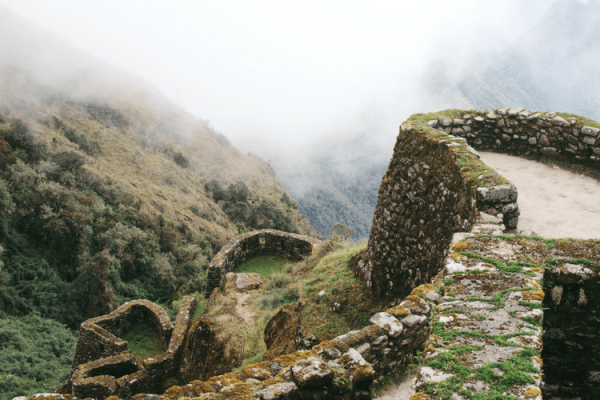
Drink water from ANYWHERE. The Grayl Geopress is the worlds leading filtered water bottle protecting you from all manner of waterborne nasties.
Single-use plastic bottles are a MASSIVE threat to marine life. Be a part of the solution and travel with a filter water bottle. Save money and the environment!
We’ve tested the Geopress rigorously from the icy heights of Pakistan to the tropical jungles of Bali, and can confirm: it’s the best water bottle you’ll ever buy!
Wait, you’re not quite ready to hike the Inca Trail! Get insured first!
Because duh! Remember the part where you’re trekking through mountains at 13,000 feet? Remember the part where my companion busted her knee and had to be carried by porters – goddamn hiking in style! Get insured.
I have been using World Nomads for some time now and made a few claims over the years. They’re easy to use, professional and relatively affordable. They may also let you buy or extend a policy once you’ve started your trip and are already abroad which is super handy.If there’s one insurance company I trust, it’s World Nomads.
ALWAYS sort out your backpacker insurance before your trip. There’s plenty to choose from in that department, but a good place to start is Safety Wing .
They offer month-to-month payments, no lock-in contracts, and require absolutely no itineraries: that’s the exact kind of insurance long-term travellers and digital nomads need.

SafetyWing is cheap, easy, and admin-free: just sign up lickety-split so you can get back to it!
Click the button below to learn more about SafetyWing’s setup or read our insider review for the full tasty scoop.
The 4-Day Inca Trail hike to Machu Picchu is one of the magnificent hikes I have ever done. I’ve hiked all over the USA and other parts of the world but nothing has ever affected me in such a way as the Inca Trail did.
We have summarized everything you need to know before embarking on this incredible journey. If you do decide to go to Peru for the hike or just to see Machu Picchu, I recommend you brush up on some basic Spanish travel phrases .
It’s a somewhat strenuous 4 days so it’s important to consider what you are getting yourself into before leaving for the trip. If you are injury-prone or have had issues in the past think twice before committing to the full hike. Remember, you can always pay for an extra porter ahead of time if you need help carrying your things.
Get used to walking long distances before embarking. The Inca Trail trek is over 3,000 meters in altitude. Altitude pills can be the difference between a great trip and a terrible one.
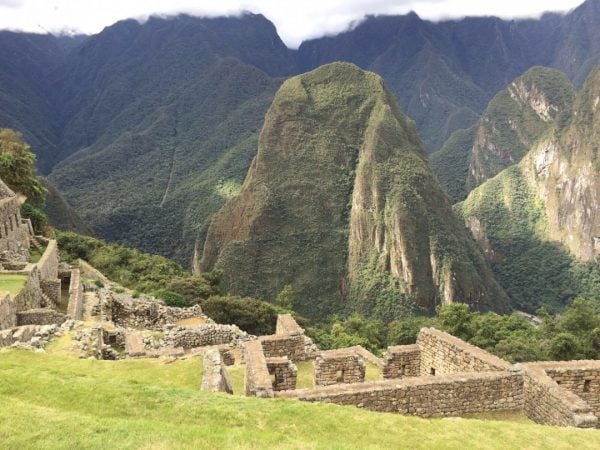
Plan to spend two to three days staying in Cusco acclimatizing before beginning the trek. There are amazing hostels in Cusco that offer a comfy bed so you can start the next day well-rested and read to go. You can spend those days sightseeing in and around Cusco as there are plenty of archaeological sites like Nazca.
You would be greatly remiss if you do not visit Machu Picchu at some point in your life. The intricate detail that the Incans put into each and every stone structure is mesmerizing. In all my experiences traveling and adventuring, the hike to Machu Picchu along the Inca Trail still stands as my most spectacular.
What can I say? It’s a damn good journey!
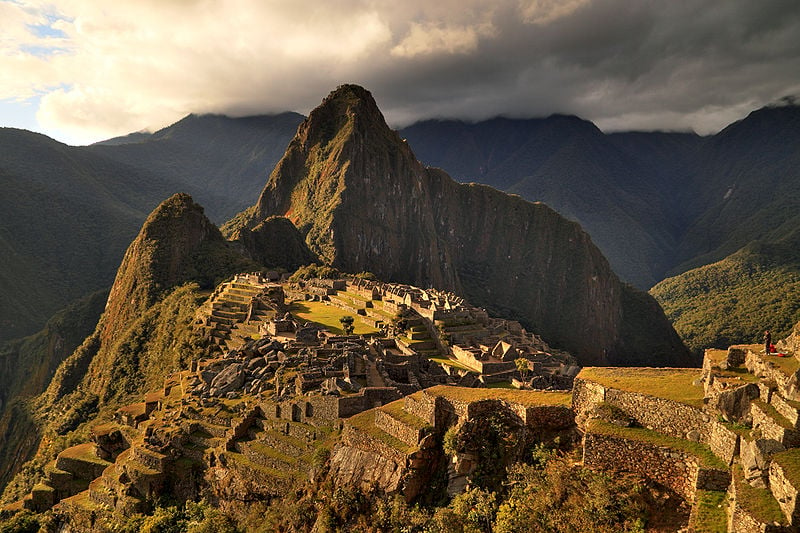
And for transparency’s sake, please know that some of the links in our content are affiliate links . That means that if you book your accommodation, buy your gear, or sort your insurance through our link, we earn a small commission (at no extra cost to you). That said, we only link to the gear we trust and never recommend services we don’t believe are up to scratch. Again, thank you!

Share or save this post

21 Comments
You tipped the porters $15 for 6 people for a 4 day trek after they literally carried one of your friends??? That’s messed up.
LOooove what you do and how you present it. Can you make another recommendation for Peru tours as CachiLife appears to be out of business. We like the idea of our dollars going as muchas possible to locals. Thanks
I would suggest getting out there and booking with local guides, business, accommodation etc directly. Visit local shops and eateries. That way you will be able to spread your dollars round and ensure as much of it as possible goes directly to real locals.
Thank you for your detailed daily itinerary. I am homeschooling my kids during the Covid pandemic and we are doing a unit on the Pre-Columbian cultures in South America. So I decided to make our own version of the “Oregon Trail,” and we’re gonna hike to Machu Picchu! Your guide was invaluable in creating the game and scenarios we might encounter, broken knee and all! I have always wanted to go, but this is probably the best I’ll get to do. We are also using an app that lets you hike all over the world, virtually, and then gives you a medal when you finish. We get to look at Google street view/hike view as we go, so hopefully that motivates my kids to get moving and see the sights on the trail! I’ll let you know how the game goes. Thank you so much!
Thanks for the post Nate. As a former pro photographer, this hike interests me greatly.
Not sure if I can make it though. Back in the day, I hiked a 14,000 ft mountain in CO, and had some difficulty in the last part due to a lack of preparation. Now, 10 years older, and having neuropathy in my feet and legs, I’d really like to make this hike, but with numb feet, may have to pass. Would check with my physical therapist for extra advice.
Sounds like I need to find an option. Ideas?
I believe you can get a bus to the site from a near by town and return the same day, this would mean you could avoid the walk in but still visit the site.
Thanks for all the details you provided. My hubby and I along with some family/friends are scheduled for the hike this coming November. I’m sad that’s the rainy season. I didn’t pick the time though. Looks like I need to do some physical training before November!
Awesome guide very informative keeps writing. Thanks for sharing!!
Glad you found it useful Mark!
Very detailed and helpful review of your trip to Peru! Enjoyed reading without getting bored in a bit. Simple, straight and full of useful info. Great job guys! Carry on travelling and sharing! ?
Nate, Who was your guide I need recommendations.
Tons of great things to do around Cuzco. I’d check out Nazca if you get a chance.
This photo is amazing! Well from the photograph it pretty clean that you are very good photographer. Thanks for sharing this lovely travel experience with us I went to Peru in spring of 2012 and the crown jewel of any Peruvian getaway is Machu Picchu. We also were able to snap a few pics with limited people since we waited out a rain storm. But we were treated to the clouds climbing up Machu Picchu which was beautiful! ?
Thank you George! Glad you found Machu Picchu to be just as spectactular as we did.
This place is very beautiful and such a great piece of art. Machu picchu can amaze every traveler. This place is look like a puzzle game where one can enjoy hide and seek game like I did .:)
I am hiking up to Machu Picchu next month and I can’t wait. I am spending a few days in Cusco before. Any tips or ideas for other fun things to do around there?
Thanks for your post Nate.T he Inca Trail is an unforgettable experience that I did last year. It is not only the trek and the landscapes that surround the Inca Trail, but the spectacular arrival to Machu Picchu. It is an emotional mixture between having fulfilled the objective of concluding the walk and the spiritual recharge offered by the place. Machu Picchu is a magical place definitely, the tiredness, the pain of muscles and bones disappear when you walk between its streets and historical places. In addition to doing the Inca Trail to Machu Picchu for 4 days, I stayed two more days in the town of Machu Picchu, the next day I was able to visit Machu Picchu again and go up to Huaynapicchu, a completely different view of Machu Picchu but from the heaven. It is important to visit during the dry season, they told me that the views are different when there is rain and sometimes it is not so spectacular.
I recommend to Elvis from Kenko: https://www.kenkoadventures.com/inca-trail-machu-picchu Regards! Robert
This is one of the most detailed and exceptional guides for hiking the Inca trail, Nate! I love your day by day itinerary which will definitely come in handy. Well done!
Thanks so much Agness, glad you found the itinerary useful!
Thank you so much for sharing your vivid experience on the Inca trail. I have found it very useful as I plan my trip. Do you recommend a tour group?
I also heard there was a train. That sounds nice, I think I’ll take that option.
Leave a Reply Cancel reply
Your email address will not be published. Required fields are marked *
Save my name, email, and website in this browser for the next time I comment.
Notify me of followup comments via e-mail.

- Best Hikes In The World
- Appalachian Trail
- European Hikes
- Nepal Hikes
- Patagonia Hikes
- See All Hikes
- Mount Kenya
- Mount Kilimanjaro
- Mount Toubkal
- See All Mountains
- South Africa
- New Zealand
- Switzerland
- United Kingdom
- Packing Lists
Inca Jungle Trek To Machu Picchu (For Action-Filled Adventure!)
Hikes , Machu Picchu , Peru , South & Central America
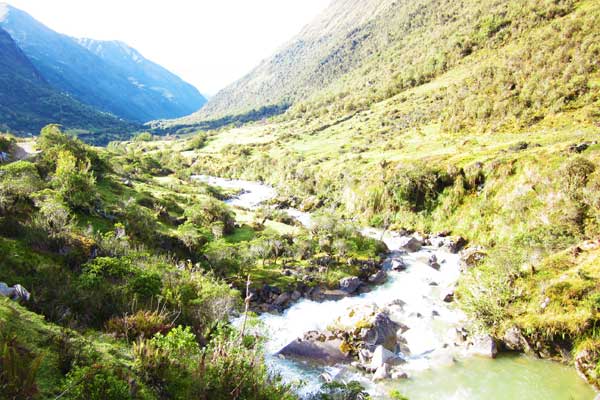
If you’re planning a hike to Machu Picchu in one of South America's most beautiful mountain ranges and would like an action-filled adventure including hiking and a variety of other activities, then look no further than the Inca Jungle Trek.
This trek includes downhill mountain biking, rapid river rafting, a trek through the jungle (of course), the option of zip-lining and finally a culture-packed visit to Machu Picchu.
Inca Jungle Trail Overview
Tour companies generally offer a 4-day, 3-night itinerary, but there is the option of shortening the tour to 3 days and 2 nights.
Unlike many of the other Machu Picchu treks, the accommodation on this one is mostly in hostels and home-stays, as well as the classic night in an hotel in Aguas Calientes before your visit to the famous Incan ruin.
Below we have detailed all you will need to know for you to plan and prepare for the Inca Jungle Trek to Machu Picchu, including the typical itinerary for the 4-day option, tips to avoid altitude sickness, when to book your trip for, what to pack and how to get yourself in shape to ensure that you get the most out of your experience.
Jungle Inca Trail Itinerary Options
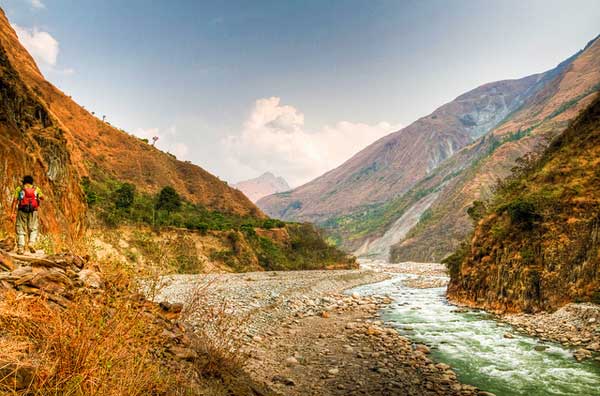
Photo by Ronald Woan
This is the typical itinerary for the 4-day 3-night version of the Inca Jungle Trek. The shorter 3-day, 2-night generally skips the hike from Santa Maria to Santa Theresa on Day 2 and offers car transport to Santa Theresa instead.
Day 1: Cusco to Santa Maria via the Abra Malaga Pass
Most tour companies will fetch you from your hotel in Cusco at around 7:00 to start your drive to the top of the Abra Malaga Pass.
From Cusco, you will drive north to Chinchero and then down into the Sacred Valley.
After crossing the Urabamba River, you will drive through Urabamba itself and then on through Ollantaytambo where you might stop for a quick breakfast.
Thereafter, you will continue your meandering drive up Abra the highest point on the trek (4,316m) where you will disembark, admire the extraordinary views and prepare for your exhilarating downhill cycle.
The ride itself is all downhill (a descent of more than 2,000m in altitude), and covers just less than 60km and takes 4-5 hours to finish.
The cycle is not physically arduous, as you will hardly need to peddle your wheels at all, but it can be dangerous – the roads present multiple blind corners that careless drivers are known to hurtle around.
To minimise potential risks, ensure that your tour company supplies visibility vests, quality mountain bikes and protective gear including sturdy helmets.
Your tour company may also provide a back-up vehicle in case you get tired.
One thing to remember is that if the visibility is poor due to high levels of fog, your tour company will unfortunately be forced to cancel the mountain biking and provide you with alternative transport.
You will arrive at Santa Maria at about 15:00 and possibly have the option to go river rafting if your trip is between October and April, which may cost as much as $50 per person extra.
Day 2: Santa Maria to Santa Theresa
Day 2 is a big day of trekking.
After an overnight stay in a local Santa Maria hostel (do not expect luxury) you will begin your jungle trek.
While the trail keeps at relatively low altitudes, you will hike across almost 15km of rolling hills, starting with a relatively steep climb.
Look forward to seeing an original Incan trail winding through the lush vegetation.
You will pass plantations of coca, coffee and various exotic fruits after which you will arrive in Cocalmayo, famous for its hot springs.
Here you can have a quick dip, and then continue on to your hostel in Santa Theresa where you will be staying overnight.
Day 3: Santa Theresa to Aguas Calientes via the Hydroelectric Station
Today you will have the option of zip-lining.
There are 3-5 zips as high as 150m off the jungle floor, allowing for a thrilling experience if you are that way inclined. The zip-lining might be included in your tour package, and if not costs around $40 dollars.
After gliding through the treetops, you’ll continue your hike for about 3 hours to the Hydroelectric Station from which you can either catch a train to Aguas Calientes or trek for another 2 hours until you reach your destination.
Day 4: Aguas Calientes to Cusco
Option 1: aguas calientes, to machu picchu and back to cusco.
Expect an early morning on Day 4, as buses to Machu Picchu start running at 05:30 but the bus queues start growing by 05:00.
Getting there early is advisable to catch the magnificent sunrise and get a few hours in before the crowds start thronging in the Citadel.
Upon arrival, you will be given a 2-3-hour tour of the Citadel by your tour company, or a private tour can be arranged outside the main entrance of Machu Picchu.
Remember to check if the guide you’re interested in is certified, in which case they will have a card around their necks. A private tour can cost around 100 soles so come prepared.
Option 2: Huayna Picchu, Aguas Calientes, Ollantaytambo and back to Cusco
Additionally, if you still feel like hiking, Huayna Picchu , the mountain overlooking Machu Picchu, is worth the extra hour of climbing.
If this sounds like the sort of thing you want to do, remember to book a permit early as there are only 400 available a day.
After a unique day of culture and scenic beauty, you’ll have to catch a bus back to Aguas Calientes from where you will take a train to Ollantaytambo and then finally bus back to Cusco.
Pro Trip: However, if you’re more interested in a no-frills hiking experience, then this is may not really be the hike for you. Instead, check out the Classic Inca Trail and the alternative hikes to Machu Picchu .
Inca Jungle Hike FAQ
When is the best time to go on the inca jungle trek.
The Peruvian Andes are governed by two main seasons, the dry season which lasts from May to September and the wet season of October to April.
While it is possible to complete the Inca Jungle Trail at any time of the year, January and February are affected by such heavy rainfall that landslides often prohibit the use of the trail leading form Santa Maria to Santa Theresa, enforcing shutdown of the tour operations.
We recommend that you do the trek during the dry season or during March/April and October/November, when the heaviest of the rains have not yet descended on Machu Picchu.
If you are eager to include rapid river rafting into your itinerary, it is a good idea to go towards the latter end of the dry season for optimal conditions.
Although the dry season is relatively busy, the Inca Jungle Trek is not nearly as busy as the Classic Inca Trail.
However, the if you do decide to plan your trip in the peak dry season, remember that the Machu Picchu Citadel and the surrounding towns is likely to be teaming with tourists.
The temperature in the region is moderate and constant throughout the year, which average daily highs resting at approximately 22°C, and the night-time lows dropping to around 5°C.
Temperatures do occasionally drop below freezing though, so it is important that you pack clothes suitable for whatever the weather throws at you.
It is a good idea to pack layers of clothing so that you can bulk up and strip down depending on the time of day – see below on Packing for the Inca Jungle Trek.
Is altitude sickness a risk on the Inca Jungle Trek?
Altitude sicknes is a minor risk and relatively uncommon on the Inca Jungle Trek. The greatest chance of suffering from the typical nausea, fatigue and headaches is before the action even begins, while you’re in Cusco at 3,400m.
Although most of the hike is spent below 2,000m, the top of the Abra Malaga Pass is over 4,300m above sea level, so this is technically a high-altitude hike.
However, if you do encounter any of these symptoms, a rapid decent to the Sacred Valley for a day or two to recover and acclimatise will make the entire experience much more comfortable and enjoyable.
Because your proclivity to altitude sickness cannot be predicted given your age, fitness, gender or any other known trait, everyone should be made aware of the risks associated.
Make sure to educate yourself properly on the topic, but, briefly, it is important for you to stay hydrated, to avoid alcohol and drugs of any kind (including sleeping pills) and to consult a doctor if you feel anxious to take extra precautions.
What gear do I need for the Inca Jungle Trek?
The packing list for the Inca Jungle Trek is almost identical to that of the Classic Inca Trail hiking list .
Make sure to check out what our recommendations are to ensure that you are well prepared and don’t have to spend your first day in Cusco looking around frantically for bits of gear .
The main difference between the packing list for the Classic Inca Trek is that, unlike that trail, you won't need a sleeping bag, thermal mat and blankets for the Inca Jungle Trek. This is because you will spend your nights in hostels or hotels instead of in campsites.
Do I need to train for the Inca Jungle Trek?
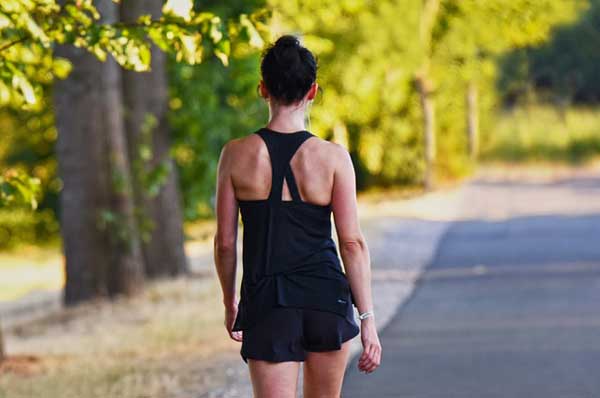
The Inca Jungle trek is jam-packed with adrenaline-inducing, high-energy activities, so you have to at least be young at heart to enjoy it.
That being said, the physical endeavour is not particularly strenuous, so you should be able to complete the expedition with a reasonable level of fitness.
To get in shape for your hike to Machu Picchu, aerobic exercise at the gym is a great way to improve your cardiovascular strength – cycling, swimming, running or rowing are all good ways to get your heart rate up.
It is also a good idea to improve the strength of your leg muscles by doing squats and lunges.
Finally, the best way to prepare for the Inca Jungle Trek is to do one or two day-long hikes in your home country – this will give your muscles an idea of what they’re up against and it will give you an opportunity to break in your hiking shoes .
How much does the Inca Jungle Trek cost?
To judge whether you are getting your money’s worth on the tour, make sure to check what exactly is included in your tour package.
The cheapest tour operators can cost as low as $225 per person anywhere up to $700 per person for the most luxurious options.
The cheaper options generally account for any transport during the trek, 3 nights of (low-comfort) accommodation during the trek, cycling equipment and an entrance ticket to Machu Picchu.
The higher the price escalates, the better quality the gear and overnight spots become, and zip-lining, river-rafting and climbing Huayna Picchu can also be included.
All-inclusive tours in are also available from about $1000 to $1500, and these would also account for your airport transfers, accommodation in Cusco before and after the trek, as well as all the other extra cost activities detailed above.
If you have extra cash to spend on the trip, we highly recommend spending the money on these tours, as they minimize a lot of the stress of last-minute organising, and guarantee safe gear throughout.
Do you recommend reading any guidebooks before going on the Inca Jungle Trek?
Absolutely. The Peru Travel Guide by the Lonely Planet is one of the most detailed, yet easy to digest guide to the Peruvian Andes and has most of the treks and routes in it.
Other Hiking Articles:
- Permits for hiking the Inca Trail
- Hiking the Lares Trail
- Hiking the Vilcabamba Trail
- Trekking the Salkantay Trail
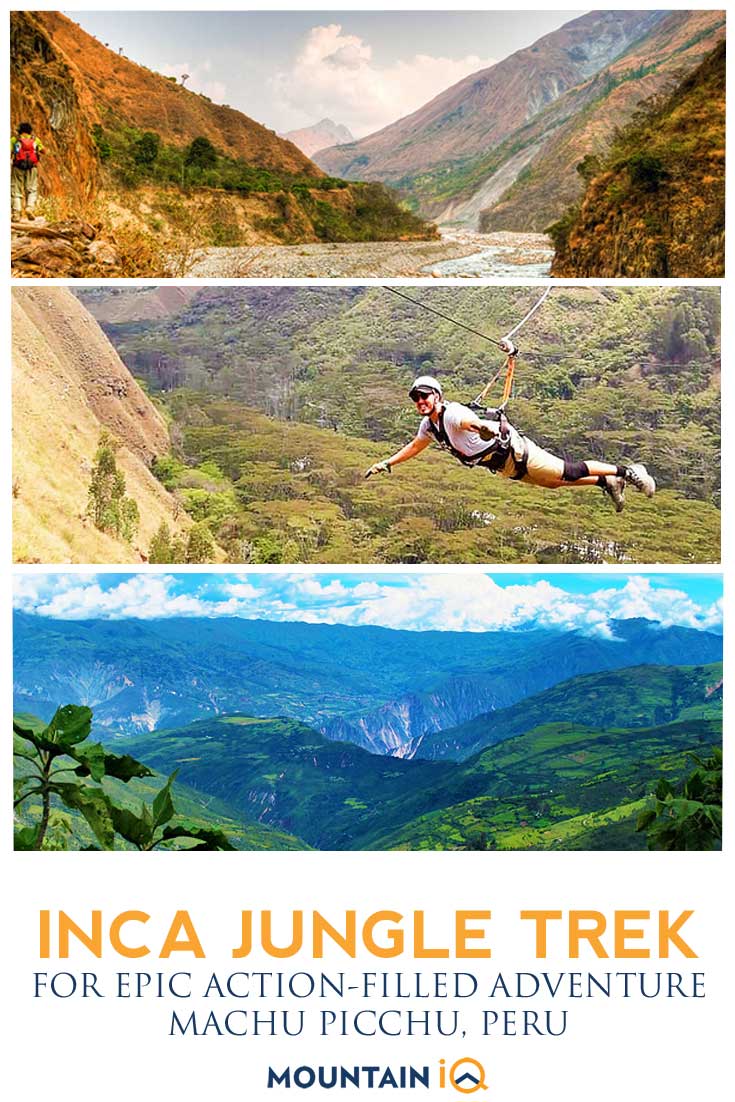
About the author
Mark Whitman
Mark has trekked extensively in Asia, Europe, South America and Africa. He founded Mountain IQ in 2014 with the sole aim to be the best online information portal to some of the most popular mountain destinations around the world. When not writing for Mountain IQ, Mark is out exploring the outdoors with his wife!
Leave a Reply
Your email address will not be published. Required fields are marked
We work with local guides to offer great value adventures at unbeatable prices
- Travel Guides Plan your adventure
- Destinations Our favourite places
- Tours Book a trip
- Travel Companies Independent specialists
- Travel Guides
- Destinations
- Travel Companies
The Inca Trail Trek: An Expert Guide
The world famous inca trail trek to machu picchu.
Heather Jasper
Maureen Santucci
- In this guide
- The Inca Trail
- Choquequirao
- Arequipa & Colca Canyon
- Cordillera Blanca treks
- Chachapoyas treks
- Responsible trekking
- Classic Inca Trail
- Trek distance & duration
Accommodation
Support staff, need to know.
The classic Inca Trail, one of the world's most iconic treks, is so famously popular because its final destination is the most spectacular of all: Machu Picchu.
Only on this classic route can you actually arrive at the famous ruins on foot. For any of the so-called alternative treks , the route will finish at a different point, and you’ll arrive in Machu Picchu via train to Aguas Calientes.
Here's our essential guide to planning a trek on the legendary Inca Trail trek to Machu Picchu.
The Inca Trail trek
Difficulty: Difficult
Duration: Four days
Max elevation: 4,215 metres (13,828 ft)
Accommodation: Camping
Start/end point: KM82 to Machu Picchu
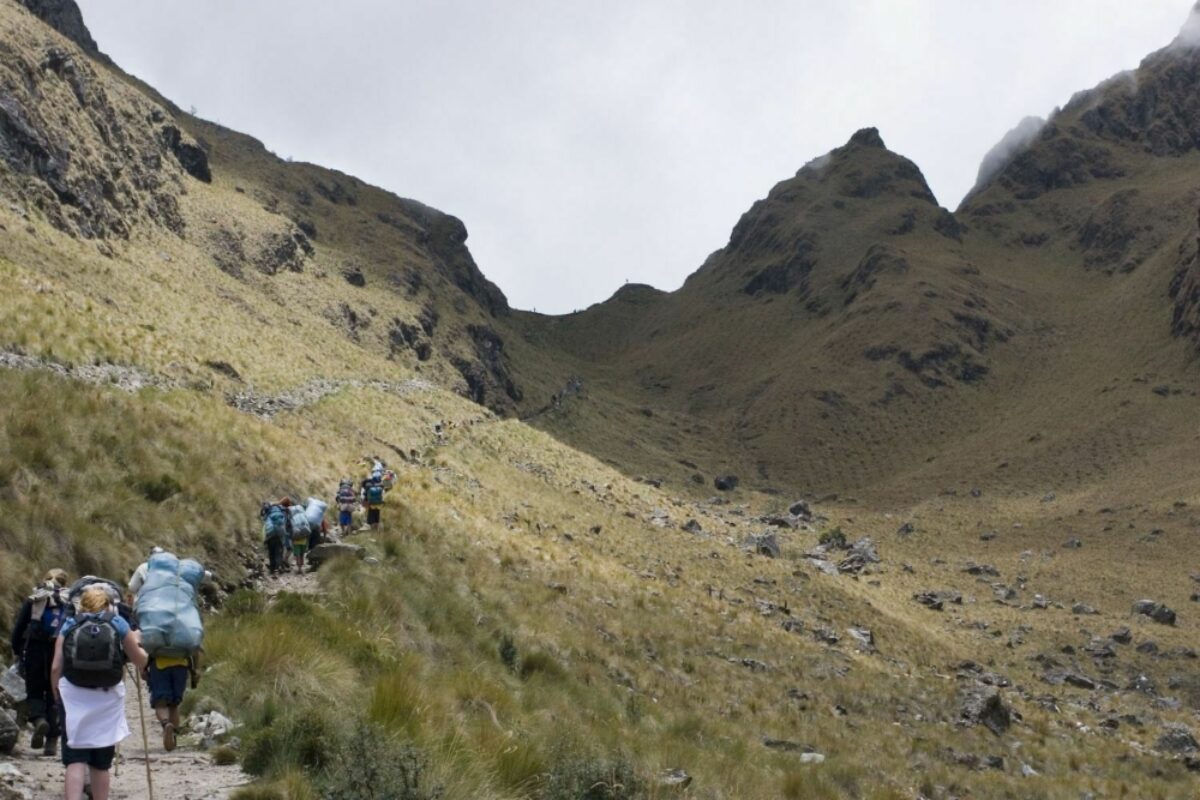
Onwards and upwards: hiking the Inca Trail
The classic Inca Trail trek
The Inca Trail is easily the most famous of all the Peru treks . Since it first opened, it’s been included in every roundup of the world’s best trekking routes, and for good reason. There’s something profoundly magical about making this pilgrimage, as the Inca once did from Cusco to Machu Picchu.
What you'll see
Although you’ll certainly see your share of stunning landscapes as you head from the mountains to the high jungle, this trek is particularly known for its stop-offs at numerous Inca sites along the way. While you’ll be sharing the path with a great number of other tourists, porters, cooks, and guides, you can still snatch some private moments to take in the scenery, not to mention the history, of the trail.
Meet your porters
Some hikers may be disconcerted to see local porters doing all the heavy lifting. Indeed, porter welfare on the Inca Trail has a thorny past, and there is still room for improvement. Many porters come from rural areas, supplementing agricultural income with tourism work. Here are a few tips for good porter treatment:
Book responsibly with an outfitter that respects the weight-carrying limit and pays over the minimum required wage.
Get to know them. Despite language barriers, you can share photos and coca leaves, and ask your guide to help communicate.
Say thanks. Extend a message of gratitude directly to the porters, and be sure to bring cash for a tip at the end.
How long is the Inca Trail?
It takes four days to reach Machu Picchu, covering a distance of around 43 kilometres (26 miles). The first day starts out fairly gradually. The second morning is the hike’s toughest, as you climb up to Dead Woman’s Pass, which peaks at an altitude of 4,215m (13,828 ft).
The third day is relatively short and mostly downhill. On the fourth morning, departing from the Wiñay Wayna campground, you’ll hike two hours in the early morning to reach Machu Picchu.
How difficult is the Inca Trail?
The hike is considered moderately challenging, primarily due to its altitude and the mountain passes on the second day. Even the fittest hikers struggle with this route if they are not properly acclimatised. It’s good to find out how your body responds to the altitude before departure and to spend several days acclimatising in Cusco or another high altitude city before the trek begins.
Much of the trail is along stone paths which can be slippery during the rainy season. The dry season from April through September is the most popular for trekking. However, Machu Picchu is the gateway to the Peruvian Amazon Rainforest, where it rains all year. The closer you get to Machu Picchu on the third day, the more likely you are to encounter light rain showers at any time of year.
There are no lodges available on this trek, so you will be camping for three nights. Camping is in designated camping areas with minimal facilities (think squat toilets and cold showers). The quality of food and camping equipment will depend on your outfitter–at the highest end, a “glamping” option provides spacious tents with cots, pop-up toilets, and even a pop-up hot shower.
How to book Inca Trail permits
The trek must be booked through a travel agency that is licensed for the Inca Trail. Before you book, be sure to ask if you are booking through an associate agency or an Inca Trail operator. If you book directly with an operator, they will be more likely to answer all your questions about the services they provide and the guide who will accompany you.
Just 500 people per day are allowed on the trail, including support staff such as cooks, porters, and guides. Therefore, the actual number of permits available for tourists is limited to around 200.
The Inca Trail trail sells out several months ahead of time, so it’s important to book well in advance–especially if you’ve got limited flexibility in your schedule or want to travel over the peak months of July or August. Trek operators will require a deposit to buy non-refundable permits from the government. This is deducted from your final payment. Permits are associated with your passport number and cannot be transferred. If you expect to get a new passport after booking but before travel, notify the agency when you book.
Note that the Inca Trail is closed for maintenance and cleaning during the entire month of February. If you’re travelling over this period you’ll need to consider one of the many excellent alternatives.
The typical package includes a return to Cusco on the fourth day. If you want to spend a night in Aguas Calientes, you should let the agency know this at the time of booking so they can buy the proper return train tickets.
You will be supported on your trek by a licensed guide, porters to carry the equipment, a cook, and at least one assistant cook. You may also hire a personal porter to carry your belongings so that you only need a daypack for essentials such as water. Porters must be hired at the same time as you book your permits. Some agencies include a personal porter in the package price.
After many years of substandard porter welfare, porter loads are now strictly regulated for their safety. You can typically hire either “half” a porter to carry 7kg (15.4 lb) or a “full” porter to carry 14kg (30.8 lb), which is the maximum weight allowed by law. Included in this weight will be your sleeping bag.
Most operators do not include a sleeping bag in the price, although they can be rented.
Only rubber tipped hiking poles are allowed on the trail to prevent excessive damage to the ancient stonework. There are always vendors at the KM82 trailhead selling last minute items like rubber hiking pole tips and plastic ponchos.
You’ll want to bring some extra cash with you to tip the support staff on your last night of camping.
Day by day route
Distance: 12 km (7.5mi)
Start: KM 82
Finish: Huayllabamba
Maximum elevation: 2,950 m (9,679ft)
The first day of the Inca Trail trek is a relatively easy hike that starts at KM 82, the official starting point of the trek, and ends in the small village of Huayllabamba at 2,950 m. The two Inca ruins you’ll visit are Piscacucho and Patallacta. This section of the trail has a few small family farms and you will see horses and llamas on the trail. Some families in Huayllabamba also have small trout ponds and most trail chefs serve fresh trout for dinner the first night.
Distance: 11 km (6.8mi)
Start : Huayllabamba
End: Pacaymayo
Maximum elevation: 4,215 metres (13,828 ft)
The second day of the Inca Trail trek is the most challenging of the four days. The trail climbs steeply to the highest point of the trek, the Dead Woman's Pass at 4,215m. The name refers to the skyline, which looks like a woman laying down and it’s also simply called the first pass. The trail is steep and strenuous, but the views from the top are well worth the effort. After reaching the pass, hikers will descend to the Pacaymayo campsite at 3,350m (10,990ft). This is the coldest night because of the altitude.
Pacaymayo is the first campsite, but there is another called Runkurakay that is before the second pass, also called Runkurakay at 3,850m (12,631ft). The park administration assigns campgrounds based on group size and order of booking. If you book early, you are more likely to get one of these two campgrounds. Otherwise, you may have to cross the second pass and camp at Sayacmarca or Chaquicocha.
Distance: 16 km (10mi)
Start: Pacaymayo
End: Wiñay Wayna
Maximum elevation: 2,700 m (8,858ft)
The third day of the Inca Trail trek is a long but relatively easy hike because it’s mostly downhill. The trail passes through a series of Inca ruins, including the impressive sites of Runkurakay, Sayacmarca and Phuyupatamarca. The trail also passes through the cloud forest, where hikers will see a wide variety of plant and animal life. The trail in the cloud forest can be slippery and hiking poles are advised. The trail ends at the Wiñay Wayna campsite, which is located near a beautiful Inca ruin of the same name.
Distance: 6 km (3.7mi)
Start : Wiñay Wayna
End : Machu Picchu
Maximum elevation: 2,400 m (7,874ft)
The final day of the Inca Trail trek is the shortest but most exhilarating. The trail passes through the Intipunku, or Sun Gate, which offers the first breathtaking views of Machu Picchu. This is a very early morning and many groups start hiking at 5am to get to the Sun Gate for sunrise at 6am. The trail then descends to the ancient citadel, where you will have the opportunity to explore the ruins and learn about the history of the Incas. After visiting Machu Picchu, you will take a bus down to the town of Aguas Calientes to have lunch and catch a train back to Cusco. Most agencies include a train to Ollantaytambo and shuttle from Ollantaytambo to Cusco.
Hiking the Lares Trek
About the authors.
Based in Cusco, Peru, Heather is an expert on travel to Peru and South America. Heather writes on tourism, trekking, and social issues in Peru for publications including BBC Travel, Fodor’s Travel, Matador Network, Thrifty Nomads, World Nomads, Frommer's, Flashpack, and more. Heather co-founded the Covid Relief Project with Henry Quintano Loaiza to assist vulnerable families in the Cusco region.
Maureen is based in the ancient Peruvian capital of Cusco, where she works as a travel advisor and journalist covering Peru for Fodors Travel Guides and a variety of other publications.
Featured tours
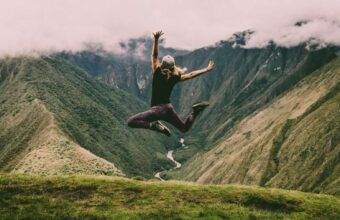
Classic Inca Trail - 4 Days
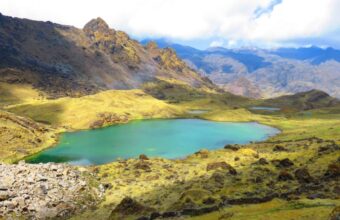
Lares & Two Day Inca Trail
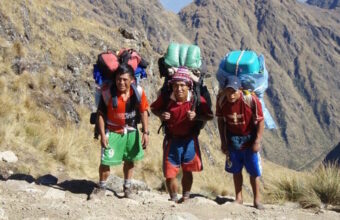
Classic Inca Trail Trek
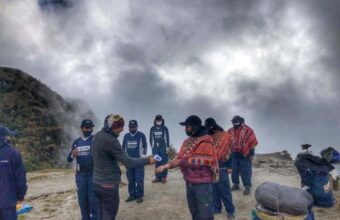
Five day Inca Trail trek
Featured tours view all.

Why Horizon Guides?

Impartial travel guides
Our guides are written by the leading experts in their destinations. We never take payment for positive coverage so you can count on us for impartial travel advice.

Expert itineraries
Suggested itineraries and routes to help you scratch beneath the surface, avoid the tourist traps, and plan an authentic, responsible and enjoyable journey.

Specialist advice
Get friendly, expert travel advice and custom itineraries from some of the world's best tour operators, with no spam, pressure or commitment to book.
Our guides are 100% impartial and are written by independent, professional travel journalists. We make money by charging carefully-screened travel companies to list their business on our website. Our advertisers have no influence on our editorial content and we never accept payment for positive coverage.
Read more about how we work and what we believe in here .
- Travel guides
- Work with us
Sitemap , Privacy Copyright © 2024 Horizon Guides

We're sorry, your browser does not support some of the features on this website.
Why not try upgrading your browser. Browse Happy
Ian Taylor Trekking PO BOX 5973 Vail Colorado 81658, USA
+1 785 9179436 +353 1 2544011 Email: [email protected]

Latest Blog Posts
20 things you need to know before climbing kilimanjaro, the real cost of climbing kilimanjaro, high altitude trekking tips for success, leave a testimonial.
- [email protected]
- +1 785 9179436
- +353 1 2544011
- +44 20 8123 2876
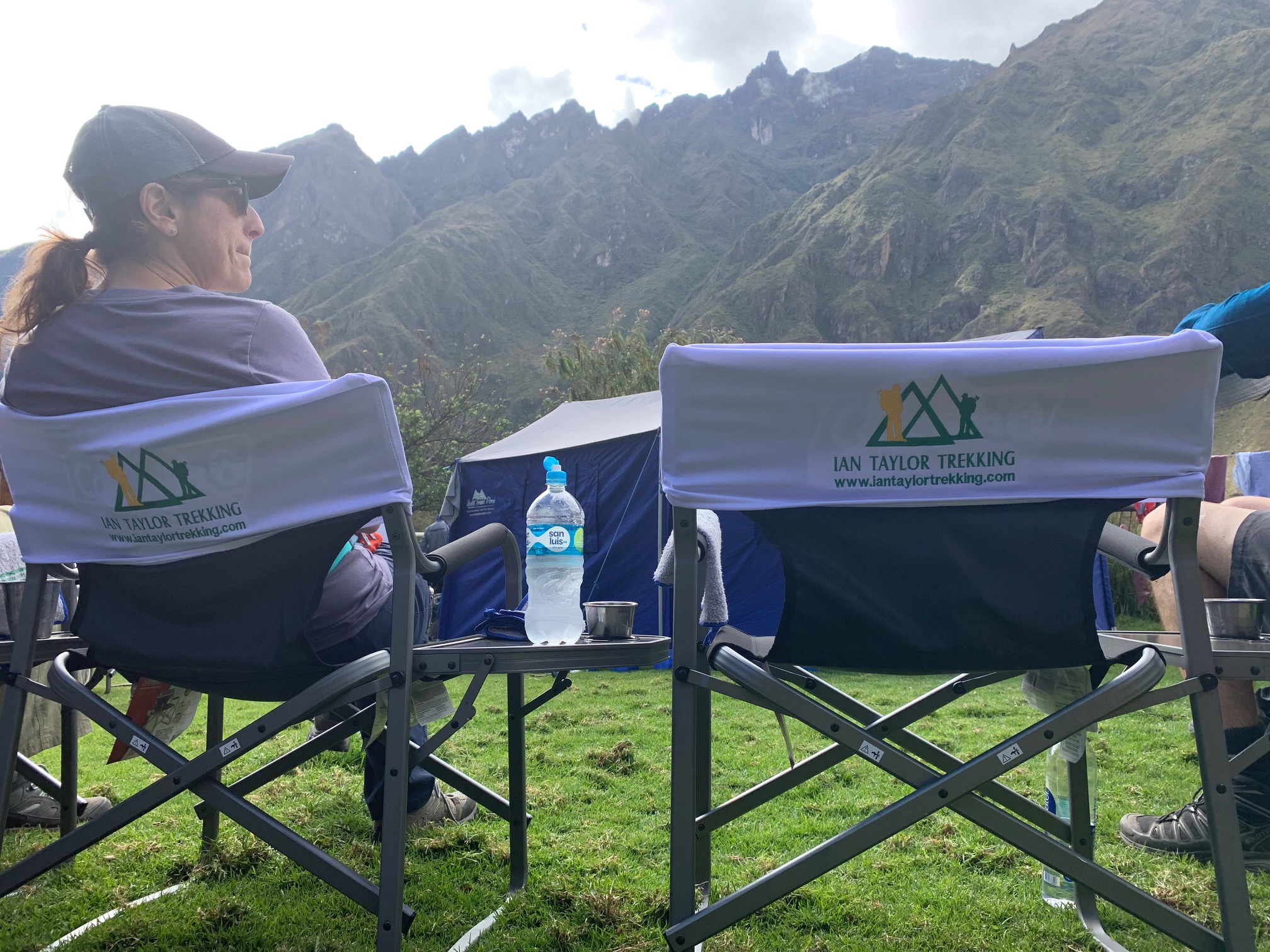
Classic 5 Day Inca Trail Trek
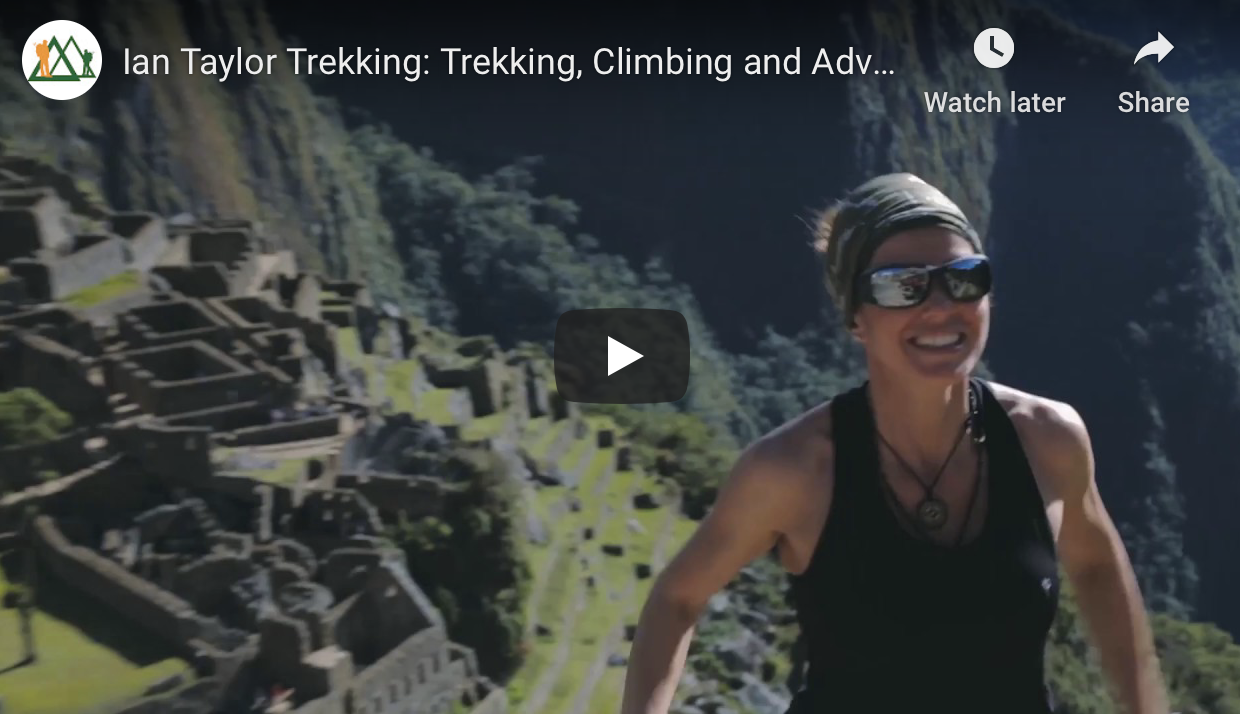
Tips & Advice
1). Picking the Right Itinerary is Critical
We highly recommend the 5 day classic itinerary. With new restrictions in the city of Machu Picchu, anyone entering the city is limited to just two hours. The 5 day itinerary gives you more time on the trail to experience every site along the way. This itinerary also gives you two visits to the city of Machu Picchu. Our 5 day itinerary also includes a night sleeping in the beautiful town of Aguas Calientes. After a well deserved shower, we will treat you to dinner in Indi Feliz to celebrate your success. The next morning, we will go back up to Machu Picchu for our second visit. On this day we will explore the ruins and do a full guided tour.
2). The Specific Training
Trekking the Inca trail to Machu Picchu is a 26 mile trek over 4 days of walking. You will be starting at 2,800m/ 9,186 feet, trekking up to 4,215m/ 13,829 feet and ending back down at 2,450m/ 8,038 feet. This trek should not be taken lightly. You will trek over a number of passes, steep ascents and descents, and thousands of rocky, uneven steps. Therefore, if you have not put in the training beforehand, you will definitely struggle on this uneven trail.
3). Break in your Trekking Boots
Make sure that you get the right boots and break them in . Having the right boots are an absolute must on this trek! You will be wearing these boots day in and out, along the extremely uneven and rocky trail. Do not arrive to the Inca Trail with a new pair of boots that you have not taken the time to break in.
4). Have all the Right Clothing and Gear
We want to make sure that all of our clients have the right gear, especially your waterproofs. Check out our packing video . The gear you bring with you on the trek can be the difference to your enjoyment levels on the trail.
5). Book Far in Advance to Avoid Disappointment
The Inca Trail is regulated by the government of Peru and therefore strict regulations have been put in place. Here is important information you need to review about the permits. The trail only allows for 500 people per day to be on it, including all porters/guides/cooks and tourists. This can limit your chance of being able to book a trek, unless you plan far in advance.
6). Pick The Best Month for your Trek
Pick your dates to best suit you. While you can hike on the Inca Trail year-round, there are definitely months in the year that have more suitable weather to take your journey than others. The months of May through September generally give you the best chance of being on the trail with the least amount of rainfall.
7). Arrive in to Cusco Early for Additional Acclimatization
The beautiful town of Cusco, Peru sits at 3,400m/ 11,152 feet above sea level. If you are flying in from sea level, this is quite a large jump to take. You may feel the lack of oxygen and possibly even signs of altitude sickness on your arrival. It is not a good plan to start the Inca Trail after only one night sleep in Cusco. If time allows, you should sleep at least two nights in Cusco. This will give yourself that much needed time to acclimatize.
8). Hydration is Critical
Drink, Drink, Drink . Water is your best friend at altitude! Keeping yourself hydrated at altitude is extremely important. Your body dehydrates much quicker at altitude. Therefore, you need to replenish your fluids and drink a lot more water than you may do back home. I always try and drink anywhere from 4 to 5 liters a day when at altitude. If your follow this rule, you will combat altitude sickness and keep yourself feeling good throughout the trip!
9). Be Prepared for the Outdoors
The Inca Trail to Machu Picchu is one of the World’s most beautiful and well-traveled trails. It is accessible to most people out there who are avid walkers/hikers, however, it is still the outdoors and you have to be prepared.
10). Pacing Yourself on the Trail
One of the biggest mistakes people make while on an altitude trekking trip is to over exert on the trail. You don’t want to be in a position that you are out of breath and fatiguing your muscles when trekking. Likewise, you want to avoid having a high heart rate while walking on the trail. You need to keep the pace at a slow and controlled speed to make sure that these things don’t happen. If you feel that your guide is going too fast, then slow down and take it at the speed you need to be comfortable. It is not a race to the finish line!
There are hundreds of Inca Trails across the Incan Empire. However, the famous Inca Trail to Machu Picchu is part of the Machu Picchu National Park system. The Inca Trail and region are protected areas, managed by The Peru National Institute of Natural Resources. In order to be on the official Inca Trail to Machu Picchu, you need a permit to trek in this region and those can be difficult to get!
Strict Permitting on the Inca Trail
The government has very strict permitting rules on the Inca Trail, which is great. It keeps the trail very well regulated. Therefore the upkeep of the region, sites and Machu picchu are now better protected. Before the early 2000’s, there were no regulations safekeeping the Inca Trail. This meant that over 1,000 people per day were attempting to trek this famous trail, creating a wide range of problems. You can image the toilet situation on the trail. The Peruvian government decided to step in and make a few changes. A plan was implemented to protect the future of this UNESCO World Heritage-listed site.
Permits are Limited and Demand is High
There government has implemented a very strict limit on daily Inca Trail access. The permits only allow for 500 people per day to start the trail. This is roughly made up of 200 tourists and 300 porters, guides and support staff. There’s also a limit to the number of visitors allowed to enter the site of Machu Picchu – capped at 2500 people per day. With limited availability on the Inca Trail, it helps to start planning your trip well in advance to ensure you can obtain a permit in time to get a space on the trek. Permits and fees on the Inca Trail are non-transferable and they are non-refundable. Therefore deposits paid for the Inca trail are non-refundable. Read more .
The Five Best Months to Trek the Inca Trail
If we had to break down to only five months to trek to Machu Picchu, we would say the best options are May, June, July, August and September. It is not that you can not trek outside of these months, however, these five months are generally the best! You do have to be ready for precipitation at any months of the year on the Inca Trail, however, these winter months generally have the least amount of rainfall. Make sure you are doing the right preparation for your trek.
The Three Best Months to Trek the Inca Trail
In our opinion, the best three months to trek to Machu Picchu are June, July and August. These would also be the busiest times to be in the region as it falls in line with summer vacation for people living in the Northern Hemisphere. The weather is very steady during these three months and while you can always count on a bit of rain, generally the skies are clear! We have our own full time staff member on the ground in Cusco and we only run quality treks to Machu Picchu.
The Best Month for Trekking to Machu Picchu
Our favorite month to trek the famous Inca Trail to Machu Picchu is June. It is a little colder than other months but generally with less bugs. As you can tell, we are not big fans of mosquitoes and bugs on the trail! The temperatures in June are generally cooler, however it does not vary greatly in the region. Usually, by 10am, the temperature is around 15c/ 60f, but the evenings and mornings are generally cooler!
We only serve quality food on Inca Trail treks to Machu Picchu.
High Quality and Nutritious Meals
We pride ourselves in offering a wide range of quality food at each meal. On the trail, you will be served three course meals, three times a day, including nothing but the best available. Making sure that you have the right quality, nutritious and fresh meals throughout the entire trek is very important to us.
Fresh, Nutritious and Varied Meals
Likewise, our team can accommodate your food sensitivities as well. If you are gluten free, vegetarian or follow other special diets, then we can make sure you have the food you need. We have developed the right menu over the years to give you quality throughout. Read more .
Preparation & Training
One thing to remember about the Inca Trail is that is heavily consists of stairs, going both up and down. This can be one of the most challenging parts of the trek and something that you want to make sure you are prepared for. Depending on what itinerary you choose to do will also play into how much training/preparations you need to do. We recommend our Classic 5 Day Inca Trail because it spreads out the walking to four full days of trekking.
Steps, Steps and More Steps
Thousands and thousands of steep challenging steps up and down will likely be the most testing part of the trip. And for most, the way down will be the hardest. Throughout the trail, you have to go over three high passes. From the third pass, at 3,670m/ 12,041 feet, you will have to get down to the final camp site at Winay Wayna, which is at 2,700m/ 8,858 feet. So, on that day alone, you will be dropping down 3,183 feet on a steep descent. On another day, you will be walking up 1,115m/ to the highest altitude at 4,215m/ 13,828 feet, then dropping down 715m/ 2,346 feet in one day. This is tough on the knees, Calves and quads, especially when you also will be carrying your backpack with approximately 5kg – 10kg/ 11lbs – 22lbs.
Long Days on the Trail
No matter what itinerary you choose to take, the Traditional 4 Day , Classic 5 Day , or the Salkantay 6 Day trek, you will have some very long and challenging days of trekking ahead. The highest point on the Traditional 4 Day or the Classic 5 Day is at 4,215m/ 13,776 feet at the pass of Wanusca (Dead Woman’s Pass). On the Salkantay 6 Day option, you will reach the high point of the Incachiriasca Pass at 4,850m/ 15,912 feet. In order to safely and successfully reach those high points, it is imperative that you take it slow and steady and have the right physical preparations in place.
How Should you be Training
You should aim to train 4/5 times a week in preparation for your Inca Trail Trek to Machu Picchu. However it is hard to give a one size fits all for your training plan. Everyone is starting in a different place and has different levels of access. So your training program will depend on a wide range of factors. We recommend getting a fitness test, before you start the training, so you know you max heart rate and training zones. Most of your training should be done at lower heart rate levels in the aerobic zone. You also need to start will less time and less weight in your back pack, and work your way up. Your goal should be to build, endurance, leg strength, overall body strength, balance and lung capacity. Sign up and get further information.
Not everyone will have access to hills, but this is the best way to train your body and legs for down hill hiking. Depending on your chosen adventure you do need to assess the level of downhill. We have elevation gains available for all of our key trips. I encourage you to review the daily elevation drops and what type of terrain you will be walking on.
For example, on our Inca trail treks you will be drop 700m/ 2,296 feet to 1,000m/ 3,280 feet on different days all on steep rocky stairs. On Kilimanjaro you will drop 2,800m/ 9,186 feet in one day on scree and rock and this is very challenging on your legs and joints.
You have just walked for days on end you have reached your goal but not you have to retrace your steps, often in a quicker time frame. Hiking downhill will take its toll on your joints. Fore sure, the downhill hike will take more wear and tear on your joints and muscles than the uphill.
You do need to use effective training techniques to minimize the impact on your body. Descending using good technique means that you move faster and feel lighter. Remember, 80% of accidents happen on the way down.
Keeping Knees Healthy
We live in Eagle-vail Colorado with amazing access to altitude and a wide range of mountain terrain to train on. In Colorado we can train all year round on hilly terrain preparing for Kilimanjaro, Himalayan trekking and mountaineering trips. I know most of you are joining our trips from sea level and with minimal access to hill training. I encourage you to get out to Colorado doing some multi-day hiking in preparation for your chosen adventure.
If you do not have access to hills and mountains, you must figure out other ways to prepare your knee joints to handle downhill stress. From a knee perspective, downhill hiking means eccentric loading and typically thousands of repetitions of it. Eccentric loading (the lengthening phase of a contraction) is especially challenging to what is called the patellofemoral joint of the knee. This is where the knee cap, meets the femur. Inadequate strength, poor mechanics and lack of exposure to this type of loading can turn downhill forces into injury producing stress. Prior to your trekking trip you need to start implementing sport specific training into our general preparedness programming.
Hiking Uphill and Downhill
Hiking uphill is all concentric muscle action (muscle active while shortening) at the knee joint without any eccentric loading (loading while muscle is lengthening). Concentric only exercises tend to cause less mechanical stress, load and pain to joints and tendons than do exercises that have eccentric phases. What goes up must come down.
You must prepare our body and specifically your knees to handle downhill hiking. Depending on the trip, you really need 6 months of some sport specific training into our general preparedness programming.
The strength movements below are similar but slightly different in specific ways. We purposely only hit each one once per week because too much volume of these exercises could quickly lead to an over training injury, so be careful. I would recommend adding in additional hip flexor and quadriceps mobility work at the end of your training sessions as well to maintain good length tension relationships and to protect your spine.
The Point of These Exercises
Increase vertical loading volume of the knees with a sight posterior to anterior (back to front) force vector. Get exposed and accustomed to decelerating the vertical and forward forces using primarily a knee strategy. Transition from doing most lunges and squats with a 3 points of contact foot position to a more heel elevated position where we contact and press through the forefoot.
The 3 points of contact foot position is the most stable position for the foot and encourages a balance of hip and thigh musculature – great for general preparedness training. Transitioning to a heels elevated position where the forces are applied through the forefoot places most of the stress on the quadriceps and knees – optimal for downhill hiking training.
Exercises for Downhill Hiking
You should consider adding these movements into your weekly training 2 times per week. Add 3-5 sets of 10-15 repetitions (per leg)
1). Heels Elevated Goblet Squat 2). Forward Alternating Lunge with Farmers Carry Loading 3). Forward Alternating Drop from Box Lunges 4). Banded Posterior to Anterior (PA) Forward Lunges
Carrying Weight
One of the best ways of mitigating the risk of musculoskeletal issues is by carrying a light pack. Then build up the weight you carry over time. An overly heavy backpack is not recommended in the early stages of your training.
Extract its biggest toll on your body during steep and/or long downhill sections, so a hiker should always aim to travel as lightly as the dictates of their skillset and the environment into which they are venturing allow.
If you are carrying weight on longer hike you should slowly build up the weight you carry. You should also consider carry water uphill and dump as much water/ weight as possible for your downhill. Always assess the weight you are carrying for each hike and always build up slowly over time. You do not want to get injured.

Our Unique Itinerary
Arrive at Cusco International airport. Our team will pick you up from the airport and bring you to the hotel for your stay in Cusco, which is on a shared basis. Because you are arriving into high altitude, we recommend taking this day to rest, rehydrate and slowly take in the sites of this beautiful and historical city! You will stay the night in the nice, 4 Star hotel of our choice, in a shared accommodation. We will have a briefing this evening, to go over the itinerary, and then you will want to get to bed early as tomorrow will be a long day! Remember, you are arriving into high altitude in Cusco at 3,400m/ 11,152 feet above sea level.
Full day private Sacred Valley Tour including: Chinchero Incan site, visit local villages and explore the local way of life. We will also visit Ollantaytambo remains, Ollantaytambo village and spend the night here for quick access to the Inca trail. The Chinchero and Ollantaytambo remains are very special experiences in themselves, along with mixing with the culture, this day will live long in the memory. This day also gives your body a chance to acclimatize to the lower levels of oxygen. The day your will start at 8am and finish at 6pm and will include lunch along the way.
The Inca Trail starts with a pickup from your hotel after breakfast, and then drive to the town of Ollantaytambo, where you can pick up any last-minute items you may need. From Ollantaytambo, we continue to the start of the trail, Piscacucho (AKA km 82) at 2,700m/ 8,858 feet. From here, we will have enough time to organize our backpacks and tour the entrance building, where we will learn more about the flora and fauna on the trail. Then, we will go through the controls where we need present our passports in order to enter the trail. In the first stretch of the hike we will have beautiful views of the landscape and surrounding peaks, such as Apu Huakay Willka 5,850m/ 19,193 feet, otherwise known as Veronica. We will begin to see the many plants and trees of the region, which our team will explain as we walk. We will have our first delicious lunch, prepared by our chef and kitchen team, by the riverbank. After lunch, we will keep moving after the trek continues ascending lightly to a semi-tropical valley until we reach our campground at Wayllabamba 3,100m/ 10,170feet.
We will rise early this morning for breakfast before we start what will be one of the toughest days on the trail. Today, we will be reaching the highest point in the Inca Trail, the high mountain pass of Abra Warmihuañusca, or the Dead Woman Pass, at 4,215m/ 13,776 feet. Along the climb today, the landscape will change from sierra to puna (a dry and high area with little vegetation). We will also have the chance to spot domesticated llamas and alpacas grazing on Ichu, one of the few plants that grow at that altitude. We also cross an area of the Cloud Forest, which is inhabited by many different kinds of birds like hummingbirds and sparrows as well as the Andean Bear, which is also called the Spectacled Bear (Tremarctus Ornatus). We will have lunch at Llulluchapampa 3,850m/ 12,589 feet, where we will be treated with beautiful views out over the valley we have just came through. After lunch, we will continue further upwards to the top of the Dead Woman’s Pass. After a strenuous morning and early afternoon of ascending the pass, you will get to the summit to celebrate. After enjoying the views and having a break, we will then begin the steep, downhill trek on uneven stairs, for approximately 700m/ 2,296 feet down to our campsite for the night. Tonight, we will be sleeping in Pacaymayu Camp at 3,500m/ 11,482 feet.
We start the day with a climb up to the second pass, the Abra Runkurakay at 3,970m/ 13,022 feet. Halfway up the pass, we will stop to visit the archaeological complex with the same name. This site, located at 3,800m/ 12,464 feet, consists of a small oval structure that is believed to have served the purpose of a watchtower. After visiting the site, we will continue to the top of the pass. From there, we descend towards Yanacocha (Black Lagoon) and enter the cloud forest. We will then arrive at the beautiful complex of Sayacmarca at 3,624m/ 11,887 feet, which we will do a tour. After the tour, we will arrive at Chaquicocha, where a beautiful lunch will await! It has been a long morning until we reach the lunch spot, so having an extra snack with you to tide you over will be important today! After lunch, we will continue on the trail towards the third pass, the Abra Phuyupatamarca, at 3,700m/ 12,136 feet, where we spend the night. This section of the trail takes us through lush landscapes, with great views off the trail towards Mount Salkantay and the Amazon Forest. We will go through the first of the Incan Tunnels before reaching our camp site at Abra Phuyupatamarca, which means town over the clouds. Tonight, we are high above Macchu Picchu, and will have stunning sunsets and views of the surrounding mountains. Today will have been a very long day, but worth it with the wonderful views and experiences you will have!
After our delicious final breakfast on the trail, we will have a short walk down to the Phuyupatamarca Ruins, where we will have a tour. From there, we will continue down 900m/ 2,952 feet, to reach Wiñayhuayna, on steep stairs all the way down. On the way to Wiñayhuayna, we will stop in to view the beautiful ruins of Intipata. From there, we will continue the descent for half an hour before visiting one of the most impressive Incan sites, Wiñayhuayna, which is built into the side of the mountain. After this spectacular tour of the ruins, we will hike back the same way, to have our last lunch on the Inca Trail. Here, we will tip and thank our porter team and the cooks for the great experience we have had. After lunch, we follow a narrow trail that leads us around Machu Picchu mountain, towards the Sun Gate (Intipunku), which will give us the first views of the city of Machu Picchu. Before reaching the Sun Gate, we will have a very steep section of approximately 50 steps, which leads you up to the exciting and stunning views below! With the views of Machu Picchu city below, you will stand in awe of this unique mystical place. After enjoying the famous Sun Gate, we will descend for about an hour until we arrive the Guardian’s House, where we will have the opportunity to contemplate Machu Picchu in all its splendor. We will take photographs and enjoy our first visit to Machu Picchu on our itinerary. After we have spent some time enjoying the views, we will continue down to the checkpoint, where we will take bus from the Inca city of Machu Picchu to Aguas Calientes, or Machu Picchu town. We will spend the night in a hotel, on a shared basis. After a well-deserved shower, we will head out for a celebratory dinner at the famous Indio Feliz restaurant.
We will wake early this morning and have breakfast in the hotel before we begin the journey back up to Machu Picchu. From town, we will board a bus, which will take us back up to Machu Picchu City. Here, we will have a complete guided tour of the City, which will take approximately two hours. After the tour, you will have some free time to enjoy the views or if you have booked the climb up Huayna Picchu Mountain (which needs to be booked/paid for in advance), then you will continue on to do this. Huayna Picchu will give you spectacular views of all of Machu Picchu, the valleys and mountains that surround it. Once you are finished in Machu Picchu, you will have your bus ticket to get back down to Aguas Calientes. You will have some free time to explore the city of Aguas Calientes before meeting at a designated time and location set out by the guide. From here, we will take the train back to Ollantaytambo, where our private transportation will await, for the journey back to Cusco. After a long day, we will reach the hotel in Cusco and you will be free to enjoy the evening in the City for your final night.
You will be picked you up from your hotel in Cusco depending on your flight time. We will drive you to the airport for your onward journey. There are options to join tours to the Amazon, Lake Titicaca and other treasures Peru has on offer. If you decide to spend additional nights in Cusco, we are happy to assist with booking extra nights in the hotel for you.
Why Trek With Us
We have hired our own full time staff on the ground in Cusco to manage our professionally lead treks. We pay our porters 25% more than other companies. We support a number of staff in their pursuit of education and we support the local community of Mahuaypampa. We have 4 star hotels, better food, tents and we include meals in Aguas Calientes. We include 2 visits to Machu Picchu, lunch and dinner in Aguas Calientes and the best service on the Inca Trial. Ian has trekked this famous trail over 20 times and available to help you come prepared.
More Time to Explore Every Incan site
Our classic 5 day Inca Trail Trek program is the best way to experience the famous trek into Machu Picchu. We still cross over 3 passes with the highest at 4,215m/ 13,828 feet, but you will enjoy are more relaxed approach to each day and enjoy more Inca sites like Sayaqmarka, Intipata and Winay Wayna. Personally exploring Winay Wayna is really important and having this extra time on the 5 day Inca Trail Trek is important. Our 5 day trekking option also takes off the pressure of rushing trough the trail. If you are a slower hiker the 5 day trek is the only way to go.
The Classic 5 day Inca Trail Trek
The Inca Trail Trek is the most famous trek in South America, you will be able to learn more about the ruins and enjoy the unique scenery which make this trail so magical. Our classic 5 day Inca Trail Trek departs from a place known as Kilometer 82 at 2,700m/ 9.022 feet. We will cross a narrow bridge at Piskacucho, that leads straight on to the famous Trail. There are many sights of interest in this first day as we move uphill to Wayllabamba 3,100m/ 10,170feet. We will cross the famous Dead women's Pass to Pacaymayu Camp at 3,500m/ 11,482 feet. Then you will stay in Phyupatamarca, the best campsite on the Inca Trail to Machu Picchu.
The Best Way to Enter Machu Picchu
On the fourth day of your Classic 5 day Inca Trail Trek, we will rise early at 5:30am have a beautiful breakfast and watch the sun rise in this absolutely breathtaking location high on the western side of the Andes looking down towards the Amazon. After you catch your breath we will walk down hill and explore the amazing sites of Intipata and Winya Wayna After lunch, we continue through the check point and continue for one hour to the famous sun gate. From the sun gate we will see the magical city of Machu picchu for the first time. The sun gate is also called Inti Punku. The remainder of the day is spent exploring this fabulous ancient city of the Inca’s, or get lost in the city of Machu Picchu. The scenery is spectacular and so rewarding to finally arrive at this famous destination. We will head down to Aguas Calenties for dinner which we cover and spend the night in a hotel.
Two Visits to Machu Picchu
The following morning we will return to Machu Picchu for a full guided tour of the ruins and then return all the way back to Cusco. Trekking the Inca Trial is one of the world’s greatest treks and one that may chance your life. This trekking experience deep in the Peruvian Andes gives you insight into how intuitive and resourceful the Inca People were. These true mountain tribes were genuinely remarkable people, completing the entire Inca Trail in one day. On our classic 5 day Inca Trail trek to Machu Picchu, we will be following the traditional Inca Trail in one of the world’s most unique and famous trekking trails. The journey to Machu Picchu will leave you inspired with true admiration for the incredible Incan people who ran these trials over 500 years ago.
If you are joining one of our treks to Machu Picchu, then we will send you a 35 page Dossier with all the information you need to know about the trek. This will include a complete kit list, with examples of all the gear that you will need for your trip.
What Will you Have in Your Backpack
There are a number of items you will need in your in your day pack. You will need to carry 2 to 3 liters of water with you each day. There will be water available each day and at lunch time. You will also need to carry, sunhat, rain gear, one layer, camera, and small medical kit. Also, remember to always carry your passport and money with you each day as well.
1). La Sportiva TXS GTX
This is a new boot from La Sportiva, that has replaced our beloved Trango Trek GTX. We prefer a more rigid sole under foot and these boots do a great job. They breathe well, are lightweight and waterproof. Some of our Sherpa and Kilimanjaro guides wear these boots as well. Ian used these boots on four Kilimanjaro climbs this year along with three Everest Base Camp trips, and they are still in great condition for the same again next year. This boot would be a great option for your trek to Machu Picchu !

2). Scarpa Zodiac Plus GTX
Scarpa has come out with a new lighterweight option in the Zodiac. These boots are Gore-Tex, so a waterproof boot to keep you dry if you experience moisture on the trail. They also have good ankle support and lacing system. These boots, similar to the La Sportiva TXS, have a more rigid sole. This is ideal for the stairs you will encounter on the Inca Trail. Scarpa are always re-inventing trekking boots and if they fit your foot correctly, then they may be the right boot for you. They work great and last a long time. Also, if you decide on more challenging trails after the Inca Trail, we would also recommend these boots for a Kilimanjaro climb , Elbrus or Everest Base Camp .
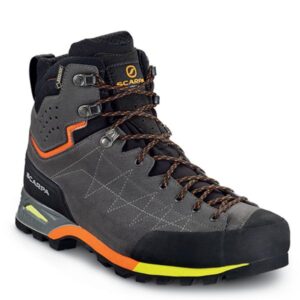
3). Lowa Renegade GTX Mid
The Lowa Renegade GTX Mid boot has been around for a long time and worn by many trekkers around the world! These are a perfect boot for the Inca Trail. They are waterproof, have good ankle support, and also have a semi-rigid sole. The grip of these boots and the more rigid sole is ideal for the many stairs on the Inca Trail. The negative of these boots is that they do have a lot of stitching on them, making them more susceptible to wearing out faster than other options. However, if you treat this boot well, you could wear this option for a trek to Annapurna Base Camp as well!
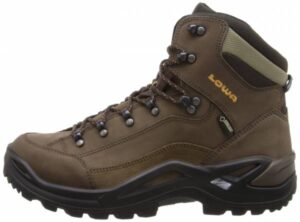
4). Merrell Moab Mid 2 Waterproof
The Merrell Moab Mid 2 Waterproof Trekking Boot has been around for years and there is a good reason for that, they are a great boot! These boots boast a waterproof membrane, good ankle support, comfortable and sturdy fit. The Merrell boot may be the option for you if you have a slightly wider foot or need more room in your toe box. This boot is a reliable and durable option that will be ideal for your Inca Trail trek! We would also recommend this boot for Kilimanjaro, Annapurna Base Camp or Everest Base Camp.
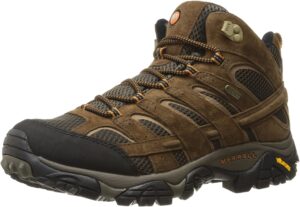
5). Salewa Mountain Trainer Mid GTX
Salewa has been coming out with a lot of new and very high quality boots over the past few years. While we have not personally worn this boot yet, however, we do have a lot of clients wearing these boots on the Inca Trail. We have had very good feedback on this option! They have Gore-Tex in the boot, so they are waterproof and also have a good amount of ankle support. This lightweight, but durable boot would be a great option for your trek to Machu Picchu.
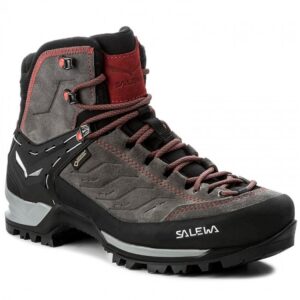
Q). Are we trekking on the main Inca Trail?
A). There are thousands of Inca Trails and we will be trekking on the famous Inca trail that walks into Machu Picchu. Hands down this is the best way to experience this magical region. This is the king of all the Inca trails and our itinerary gives you more time on the trail. We stay in the best campsites and you get two visits to Machu Picchu.
Q). When is the best time to trek the Inca Trail?
A). You can trek most of the year. The best 7 months are April, May, June, July, August, September and October. You can also trek in November.
Q). Is there a dry season for the Inca Trail?
A). Yes, dry season is April through October. It can rain at any time of year on certain parts of the Inca Trail as you pass through a range of climates on this amazing trek.
Q). What hotels will be stay in?
A). We use the Novotel hotel in Cusco and we use the Typicala hotel in Aguas Calientes for our trips to Machu Picchu.
Q). What additional expenses will I incur for Inca trail treks?
A). The additional expenses you will incur on the Inca Trail will depend on a number of factors. It will vary greatly depending on your itinerary, inclusions and exclusions in your specific trip. However, for our Ian Taylor Trekking trips, these are some additional expenses you may incur while in Cusco and on your Inca Trail Trek to Machu Picchu.
Visa Entry to Peru: NONE Meals and water in Cusco/ Ollantaytambo: $100 – $150 depending on restaurants Tips given at the end of the trek: $200+ recommended for 4 or 5 day trek Water on the trail: We boil all water for you. Some local people sell water and energy drinks on the first day of the trail. $20 if you choose to purchase
Toilets on the trail: Bring 10 soles Internet: NONE (not available) Battery Charging: NONE (not available) Boiled water for your hot water bottle: No charge for this Souvenirs: At your own discretion
Q). Where do I get water from on the Inca Trail?
A). If you are on an Inca Trail trek with Ian Taylor Trekking, you will not have to purchase any water during the trek. We recommend that you have water purification tablets with you on the trek to purify all water you drink. In the mornings, at lunch and in the evening, our staff will be able to fill your bottles or water bladders. Each time you are given cold water, however, you will need to treat that water with your purification tablets. We recommend that you are drinking 4 – 5 liters of water a day on the trail. There are also a couple of places that you can purchase water or soft drinks from people on the trail, if you choose. We do remind our clients to LEAVE NO TRACE on the Inca Trail and we do not recommend purchasing plastic bottles that likely will not be recycled.
Q). What is there to do in Cusco?
A). All of the Ian Taylor Trekking trips include two nights in a 4 start hotel in Cusco. Cusco is a beautiful and historic city that is filled with different things to do, from museums, historic sites, markets and shops, to the restaurants and bars. Eating in Cusco will be a highlight of your trip. It is a wonderful culinary city with a range of options for all budgets. You can enjoy small, local eateries for less than $5 a meal or you can eat at one of the delicious five star restaurants for $30 a meal.
Q). What is there to do in Aguas Calientes?
A). If you are on one of our Classic 5 Day Inca Trail trips to Machu Picchu, then you will be spending one night in a hotel in Aguas Calientes. This very unique and beautiful town will provide you with a hot shower, a bed to sleep in and a fun evening on the town. There is a wonderful market that you may visit with local artisans selling their goods. There are also bars, restaurants, shops and galleries throughout the town that you also will have an option to visit. We include dinner in Aguas Calientes.
Q). What will the food be like on the Inca Trail trek?
A). We only serve quality food on Inca Trail treks to Machu Picchu. Learn more . You can either fuel your body with premium or regular fuel and we chose to offer premium! Our trips offer a wide range of fruit, vegetables, meat and grains to give your body what it needs when exercising. On the trail, you will be served three course meals, three times a day. Our team can also accommodate your dietary requirements. If you are gluten free, vegetarian or follow other special diets, then we can make sure you have the food you need.
Q). What does a typical day of eating include on an Ian Taylor Trekking Inca Trail trek?
A). Breakfast: Cereal with Raisins, eggs, Honey, Jam with pancakes and fruit. We also serve Tea, Coffee Hot Chocolate or Milo
Lunch: Soup served with Garlic Bread. Rice, quinoa, pies, chicken, beef and vegetables, French fries, salad Fresh Fruit. We also serve Fruit Juice, Tea, Coffee Hot Chocolate or Milo
Afternoon Tea: Tea, Coffee Hot Chocolate or Milo Served with Biscuits and Popcorn
Dinner: Soup served with White or Brown Bread, Chicken, vegetable patty, served with Steamed Rice, mixed vegetables and regular vegetables. We also have Tea, Coffee Hot Chocolate or Milo and cake.
Q). What vaccinations do I need for an Inca Trail trek?
A). While there are no legally required vaccinations for entry or exit from Peru, there are however, some recommended ones. These include tetanus, hepatitis A, typhoid, hepatitis B, rabies, poliomyelitis, Tablets for malaria, tuberculosis and Covid-19. We suggest keeping up with the CDC or your local travel medical center to find out what vaccines are currently recommended for travel to Peru.
Q). How can I protect myself from bug bites in Peru?
A). While there are less bugs on the trail in June and July the best, but colder months. Bug spray is needed. Bugs like mosquitoes, ticks and fleas can spread numerous diseases in Peru. Many of these cannot be prevented from medication or vaccines, however you can protect yourself from bug bites in other ways. Wear long pants, shirts and a hat, in order to limit your amount of exposed skin. Use appropriate insect repellent, specifically with DEET in it. Use permethrin-treated clothing and gear (such as boots, pants, socks, and tents). However, do not use permethrin directly on skin.
Ready to go?
Our Classic 5 day Inca Trail Trek is the best way to experience the famous Inca Trail to Machu Picchu. If you would like take the next step, get in touch today.
We pride ourselves on making sure that our clients have every opportunity to succeed on the mountains. We are available to help you with training advice, gear lists, video links and much more. We are always available to answer any questions you may have by email or phone, so contact us today!

inca-trail-treks-logo
Find us on:
+51 950 313131 | +51 984 734633
Home About Us
Banner Principal

Welcome to Inca Trail Trek
We are approved by the Government of Peru.
- Who We Are?
Sunrise Peru Trek - Founded in 1999 in Cusco
- Why Choose Us?
Tailor Made Inca Trail Trek
Top Selling Inca Trail Trek & Tours to Machu Picchu
Sunrise Peru Trek with best Tour company in Perú

Hike Luxury Inca Trail to Machu Picchu 5 Days

- Standard Inca Trail Trek 4 Days

- Challenge Inca Trail Trek 3 Days
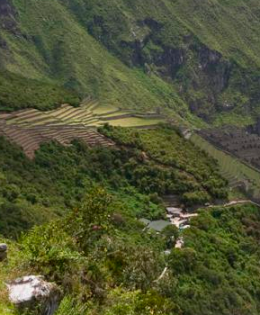
- Short Inca Trail 2 Days
Alternative Inca Trail Trek to Machu Picchu
Machu Picchu Treks by experts of industry. These packages are planned keeping in my customer preferences over the year.

- Lares Trek to Machu Picchu 4 Days
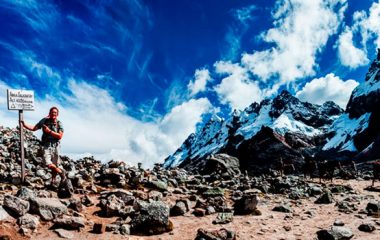
- Salkantay Trek 4 Days

- Classic Salkantay Trek 5 Days
Inca Trail Treks to Machu Picchu
Quite a unique and innovative approach to depicting the magical beauty of peru, inca trail treks. it is the meeting of the storytellers. here we spread the stories of the incas, the diversity of peru cultures and the loving people who inhabit the lands below the andes..
looking for Inca Trail Trek s to Machu Picchu?… Let’s help you with a snapshot overview of what are likely the Inca Trail Trek s to Machu Picchu. At least, they are currently the most popular trek pacakes in Peru, based on number of trekkers, difficulty and beautifulness.
Each year the Inca Trail Trek s to Machu Picchu attracts +100,000 trekkers. That also means that every year +100,000 people are faced with the hard choice of selecting which Inca Trail Trek s to hike to explore to Machu Picchu. Let’s face it – this is not an easy choice.
How odd it may sound the decision of choosing your favorite hike to Machu Picchu might actually be easier made in your home country (likely with proper internet connection also…) than in the bustling trekking and tourist area, Cusco, where hundreds of trekking agencies inevitably will offer you different opinions as to which trek is the best Inca Trail Treks to Historic Sanctuary of Machu Picchu.
While some may believe there’s an ultimate answer to that question it does literally come down to your own personal trekking preferences. Let us exemplify with a few relevant aspects of trekking which you need to consider, before being able to zoom in on the best Inca Trail Trek to Machu Picchu, for you personally:
1.- What level of trekking difficulty are you seeking? 2.- How many days do you have available for trekking? 3.- Looking for a remote trekking destination, or, will a touristy one be okay as well? 4.- Are you a budget traveler or is price less relevant for you?
Below we’re listing the currently six most popular Inca Trail Treks to Machu Picchu
Looking for Inca Trail Treks to Machu Picchu?
In the list below you’ll find the Inca Trail Treks that leads you the Inca citadel of Machu Picchu; It is important to reserve in advance doe to the permits can be sold out very fast.
1. Short Inca Trail Trek 2 Days: Max. 250 Trekkers/day

Short Inca Trail is agreat trekking terrain! You’ll stand face-to-face with the world’s wonder – Machu Picchu (2,400m), and see multiple other mysterious Inca settlements. You’ll also see Scenic Mountains and tropical jungle. In short, fantastic trekking experience.
The Short Inca Trail Facts
Trekking Difficulty: Medium difficulty Remoteness: Not Remote (due to the number of trekkers) Accommodation type: Hotels Restricted Permits: Yes Max elevation: 2,750m, Sun Gate
2. Challenge Inca Trail Trek 3 days: +300 trekkers/day

Challenge Inca Trail Trek offers a good trekking terrain; great Mountains scenery; very challenge trekking, with lots of photo opportunities. In recent years road the route where restored; is very important to be fit and well adapted to the aititud.
Challenge Inca Trail Trek Facts
Trekking Difficulty: Challenge Remoteness: Not Remote (due to the number of trekkers) Accommodation type: Camping tents Restricted Permits: Yes Max elevation: 4,200m, Dead Woman’s pass
3. Standard Inca Trail Trek 4 Days.- 45km – +300 Tourist/day

Standard Inca Trail Trek to Machu Picchu; with three high passes, the highest of which reach to 4,200m. This route will allow you to stand face-to-face with the most beautiful landscape of the Andes, the tropical jungle and the world’s wonder – Machu Picchu. Only having 3 days for trekking and 1 day explore the Inca sanctuary of Machu Picchu
Standard Inca Trail Trek Facts
Trekking Difficulty: Moderate to Challenge Remoteness: Not Remote (due to the number of trekkers) Accommodation type: Camping tents Restricted Permits: Yes Max elevation: 4,200m, Dead Woman’s pass
4. Luxury Inca Trail Trek 5 days: +300 trekkers/day

Luxury Inca Trail Trek offers awe-inspiring views of the Vilcabamba Mountain range. It’s a great trek for families and non-experienced trekkers. In this trip you hike the some trail to Machu Picchu but lets you to explore the Inca sites along the trail.
Luxury Inca Trail Trek Facts
5. imperial inca trail trek 7 days: explore cusco and machu picchu.

Imperial Inca Trail Trek is the best option to visit Cusco and trek to Machu Picchu if you have only one week of available time; The trip allows you to visit the culture, history and the tradition of the Incas in the city of Cusco, which was the capital. You also explore the sacred valley of the Incas and trek the classic Inca trail to Machu Picchu. Is all portered trekking.
The Imperial Inca Trail Trek Facts
Salkantay trek to machu picchu: alternative trek.

Salkantay Trek to Machu Picchu is an alternative trek if you miss out the permits for the Inca Trail; this trek takes you to higher elevation; it runs parallel to standard Inca Trail. For this trek is Not necessary to get permits for now, It is a full portered trekking to Machu Picchu.
Salkantay Trek Facts
Trekking Difficulty: Moderate Remoteness: Not Remote (due to the number of trekkers) Accommodation type: Camping tents & hotel Restricted Permits: No Max elevation: 4,600m, Salkantay Pass
THE INCA TRAIL PERMITS WILL BE RELEASED STARTING OCTOBER 1ST. We highly recommended you to reserve in advance your trekking holiday to Machu Picchu
4, 5 & 7 Day Inca Trail Availability for 2023
Why booking early is so important for the Inca Trail to Machu Picchu?
Trekking to Machu Picchu is a dream for many trekker, nature lovers and adventure seekers, but it involves a lot of advance planning. In order to hike this amazing trail, you must book through a licensed operator, like “SUNRISE PERU TREK”, to secure permits for your Inca Trail Trekking. Permits are extremely limited and sell out almost immediately. Here are some answers to the most common questions about this process…
Do I really need permit to hike the Inca Trail?
Yes, everybody needs permits from the government in order to hike the Inca Trail, because the Inca Trail runs across the national park of Machu Picchu, a protected area.
How do I acquire the Inca Trail permit?
Only a licensed “Inca Trail Tour Operator”, like “SUNRISE PERU TREK” can help you to get the permits on your behalf.
How many permits does the government give out?
The government issues 500 permits per day for the Inca Trail. EVERYONE needs a permit, including your crew, which means that only about 200 – 300 visitors will be able to start this hike every day.
When do I need to book my trekking holiday?
A.S.A.P. The day that the government releases next year permits, which should be early October, most of March, April, May and June will be sold out. Because of the limited number of permits, they sell out extremely quickly.
The Inca Trail Trek with Oldest Adventure Tour Company
We would like to introduce “Sunrise Peru Trek” as one of the leading trekking companies in Peru. We are approved by the Government of Peru, the Ministry of Tourism and we are an active member of AATC – Peru (Association Travel agencies of Cusco – Peru). The travel agency of “Sunrise Peru Trek” is a Inca Trail Trek Company dedicated to provide excellent and personalized service.
“Sunrise Peru Trek” is proud to share our country; its nature & four-century old cultures and many years of experience in this field with you and give you an excellent opportunity to explore our beautiful Country; especially the XV century Inca settlement known as Machu Picchu.
At “Sunrise Peru Trek”, we offer the best treks at the best prices!. As a local trekking agency that have been operating for more than 20 years; we can offer you better prices than the big corporate agencies. Plus a more personal enjoyable trekking experience!. All our prices here include airport pick up, accommodation, breakfast, lunch, dinner, a guide and the trekking permits.
We reply all your queries on time, and provide complete information you request in your email… The best treks in Peru are a veritable bucket list of amazing places, but firstly you should lower your expectations – not of the incredible landscapes you’ll navigate, but of the time it will take you to get there. The Peru’s best trekking routes stretch elegantly in an east-west line across Southern Peru’s Mountain Range.
BEST INSIGHTS ABOUT INCA TRAIL TREK TO MACHU PICCHU
Get Maximum information, guidelines, Inca Trail Trek to Machu Picchu, adventure activities and more from our adventure experts. Lear More
Signup for Newsletter
- Welcome to Inca Trail Treks
- Our Mission
- The Inca Trail
- The Inca Trail Trekking Region and Routes
- The Inca Trail Treks – Costs and Tour Operators
- Packing Lists for Inca Trail Treks
- Inca Trail Treks & Tours FAQs
- Hike Luxury Inca Trail Trek 5 Days
- Imperial Inca Trail Trek 7 Days
- Tips and planning
- Final Checklist
- Altitude Sickness and Acclimatization
- Best Time to hike the Inca Trail
- Inca Trail Guides
- Inca Trail Porter
- The Inca Trail Treks: Important Information
- How to reserve The Inca Trail Trek
- Inca Trail Permits 2018
- Phuyupatamarka Inca Ruins
- Sayacmarka Inca Ruins
- Runkuraqhay
- Patallaqta Inca Ruins
- Chachabamba
- The Inca Ruins of Wiñay Wayna
- Roads to Machu Picchu
- Camping Equipment for the Inca Trail to Machu Picchu
- Food on The Inca Trail
- Popular Treks to Machu Picchu
- INCA TRAIL TREKS 2019
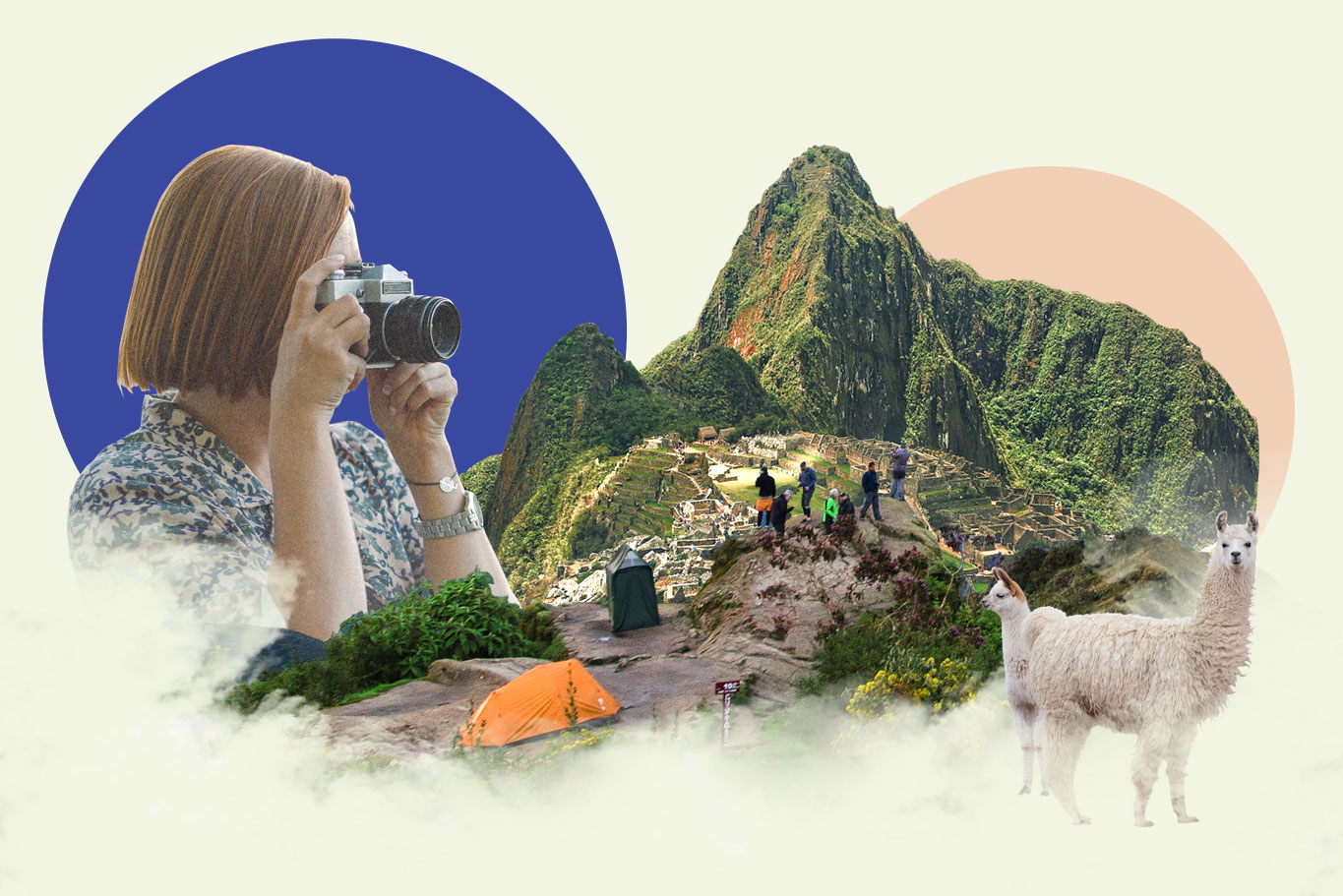
Inca Trail Tours
Join one of our Inca Trail tours through the Andes mountains and make your grand entrance into Machu Picchu through the Sun Gate. Embark on the rewarding 4-day Inca Trail trek or opt for the condensed 2-day Inca Trail experience. This is the most famous trek in South America and permits for Inca Trail tours are limited, so advanced planning is a must.

Fully Customizable
Personalized service, handpicked hotels, 5000 + testimonials.
Book with confidence! Postpone at no cost up to 30 days prior with zero fees with open dates. Learn more.
The Top 6 Inca Trail Tours for 2024/2025
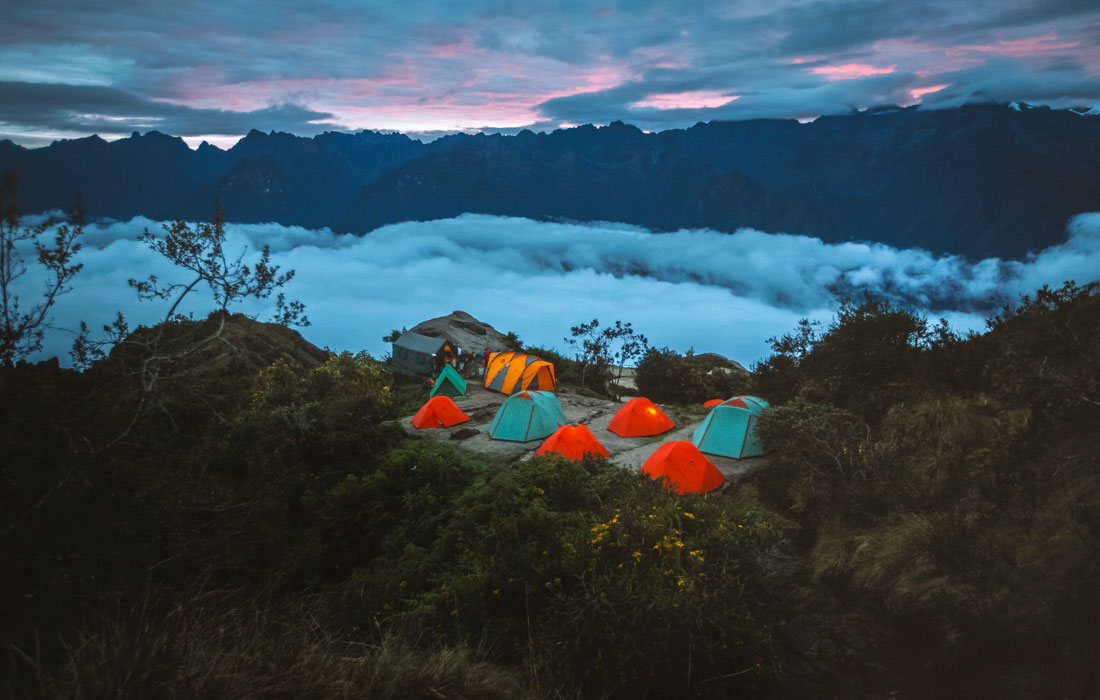
The most flexible booking terms!
Zero postponement fees up to 30 days before arrival, transferable travel credit , and only a 30% deposit required to secure your trip.
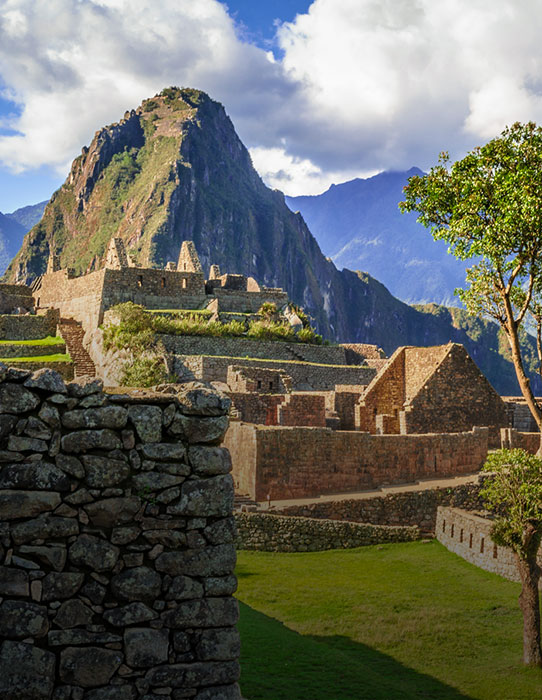
Customize your Tour
Answer your call to adventure on the Inca Trail to Machu Picchu. Our Inca Trail tour packages include English-speaking expert guides, accommodation, and more. Contact us to plan your dream trip and ask how you can further customize your itinerary to experience more of the country’s diverse highlights.
What to See in Inca Trail
Tread upon the same stones once walked upon by the royal Inca Empire. The Inca Trail is a 500-year old pathway that brings you directly to the Sun Gate at Machu Picchu for a rewarding journey filled with scenic moments you’ll never forget.
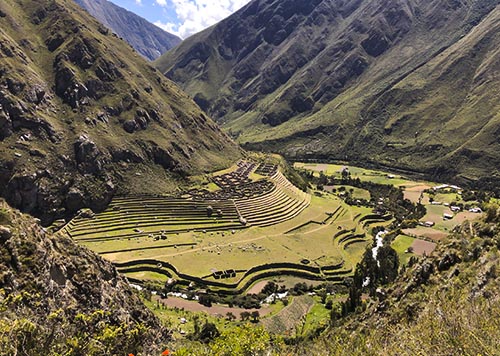
The Llactapata or sometimes called Patallacta ruins are approximately 1 mile (1.5 kilometers) from the start of the Inca Trail. These are the first set of ruins you'll see while hiking the Inca Trail.
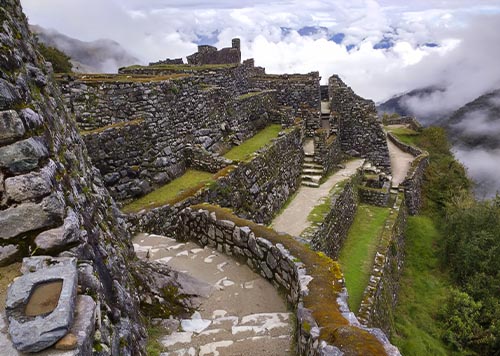
Located right on the edge of the precipice, Sayacmarca is an impressive example of the Incas engineering skills.
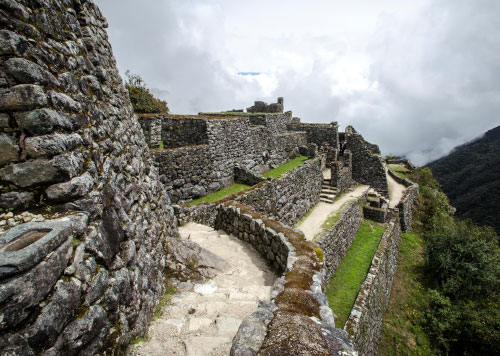
This semi-circular Inca ruin is a scenic resting place along the Inca Trail. With a vantage point over the valley below, it has a well-thought-out position and is believed to have been used for ceremonial functions.
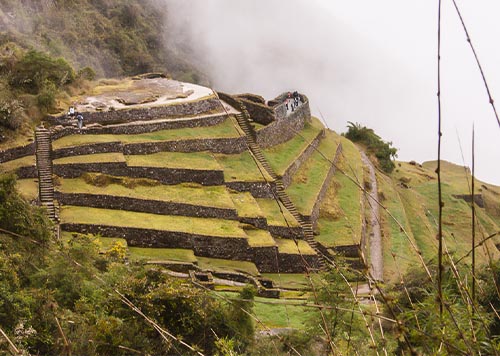
Phuyupatamarca
At 11,800 feet (3,600 meters) above sea level, Phuyupatamarca or Puyupatamarca is called the city in the clouds. Here you can find stone baths that are part of the Incan irrigation systems nourishing the green terraces.
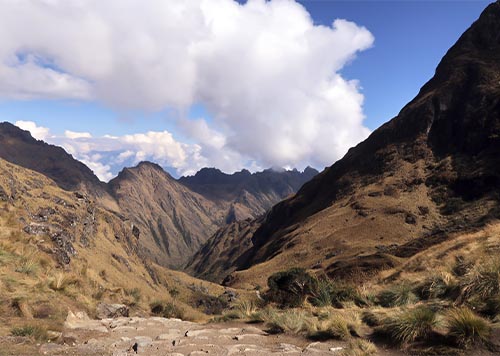
Dead Woman’s Pass
Dead Woman's Pass, at 13,800 feet (4,215 meters) above sea level, is the highest point along the Inca Trail. Once you beat this part of the trek, the hardest part is behind you!
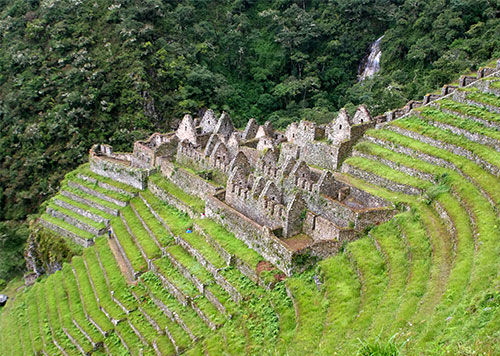
Wiñay Wayna
The Wiñay Wayna ruins are your last set of off-the-beaten-path Inca ruins you'll encounter on your Inca Trail trek. Terraces and Inca irrigation systems that still have water flowing down them make this spot an impressive resting place.
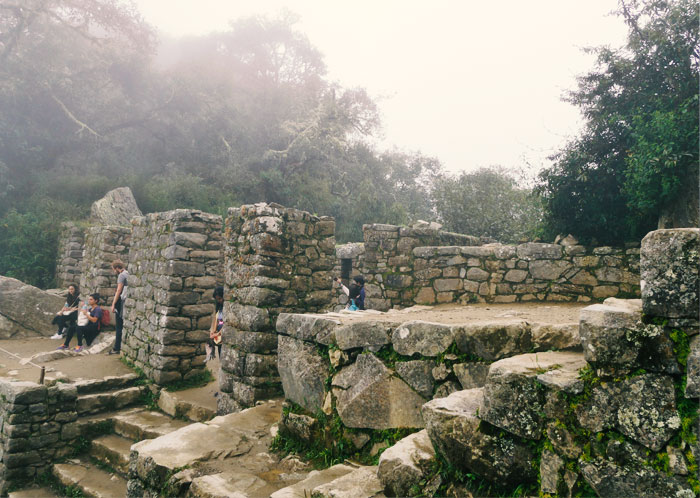
Inti Punku, or the Sun Gate, is your first point of contact with the Machu Picchu fortress. From this viewpoint on your Inca Trail trek, you'll see the Huayna Picchu ruins, Machu Picchu citadel, and surrounding mountain landscapes.
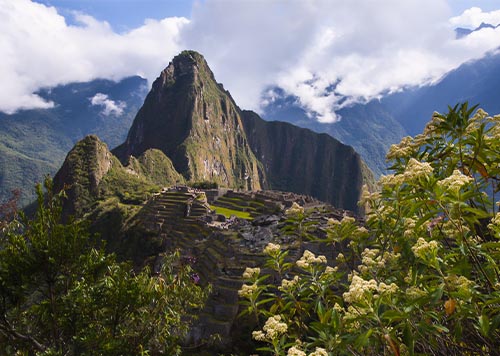
Machu Picchu Fortress
The UNESCO World Heritage site of Machu Picchu is what you've been waiting for! Witness its breathtaking sites and fascinating history.
View Travel Guide
Lake Titicaca & Puno Hotels
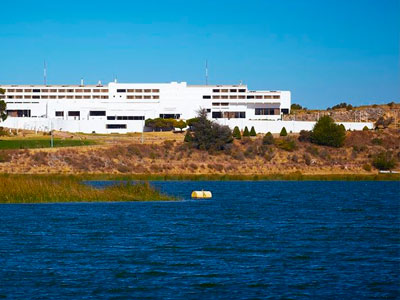
GHL Hotel Lago Titicaca
Isla Esteves s/n, Puno
GHL Hotel Lago Titicaca is located right on the shores of Lake Titicaca on a private peninsula. With tastefully decorated rooms, modern amenities, and perfect views of Lake Titicaca, this hotel has all the makings for an unforgettable stay.
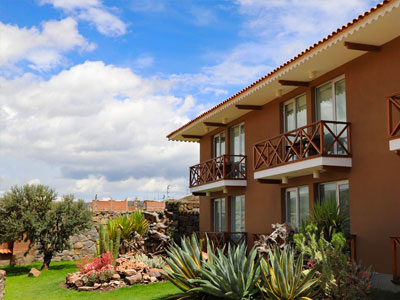
Casa Andina Premium Puno
Avenida Sesqui Centenario 1970, Sector Huaje, Puno
Casa Andina Premium Puno is a magnificent upscale hotel that will add to the unforgettable memories made on the shores of Lake Titicaca. This 4-star hotel has an onsite gourmet restaurant, a private pier leading to Lake Titicaca, and rooms with scenic wooden balconies overlooking Lake Titicaca.
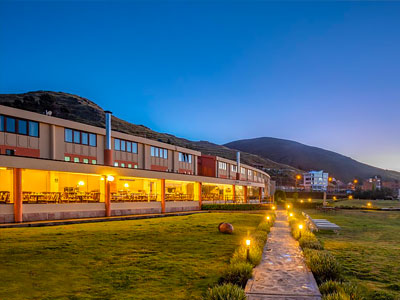
Sonesta Posadas del Inca Puno
The Sonesta Posadas del Inca is ideally located on the shores of Lake Titicaca and just a few miles from Puno’s main plaza. Enjoy sitting outside or dining at the on-site Inkafé restaurant as you relax next to the deep blue waters that overlook snow-capped peaks.
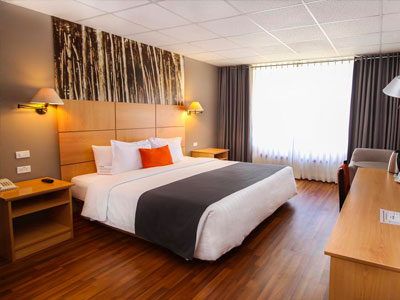
Avenida Chulluni 195, Puno
The Xima Puno Hotel is a charming 2-star option with beautifully manicured grounds. This is a great option for comfort, excellent service, and affordable prices while you visit Lake Titicaca.
Peru Highlights
Peru is filled with archaeological ruins, scenic landscapes, and delicious flavors. Must-see places in Peru include:
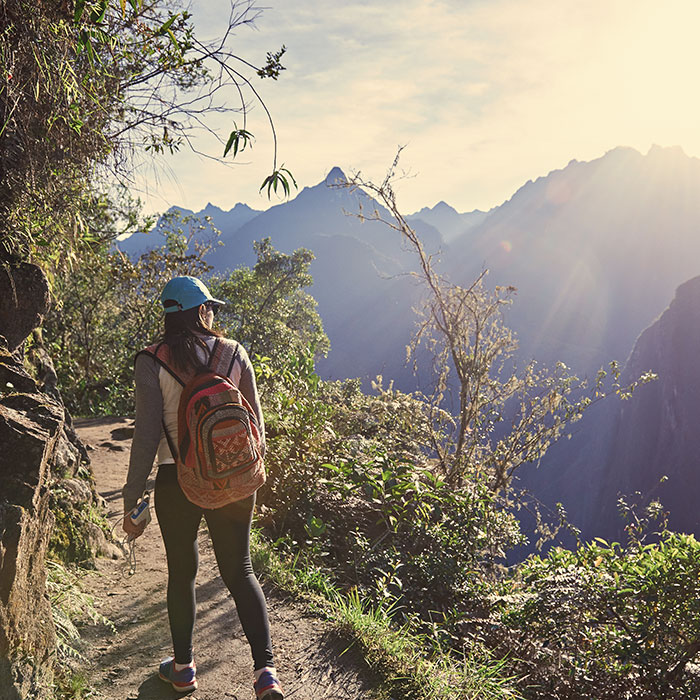
Hike the Inca Trail to Machu Picchu in four or two days. The Inca Trail is a 500-year old pathway where the elite Incas once entered into the “Lost City of the Incas”. Plan with your Peru for Less travel advisor in advance, Inca Trail permits tend to sell out even 6-months in advance.
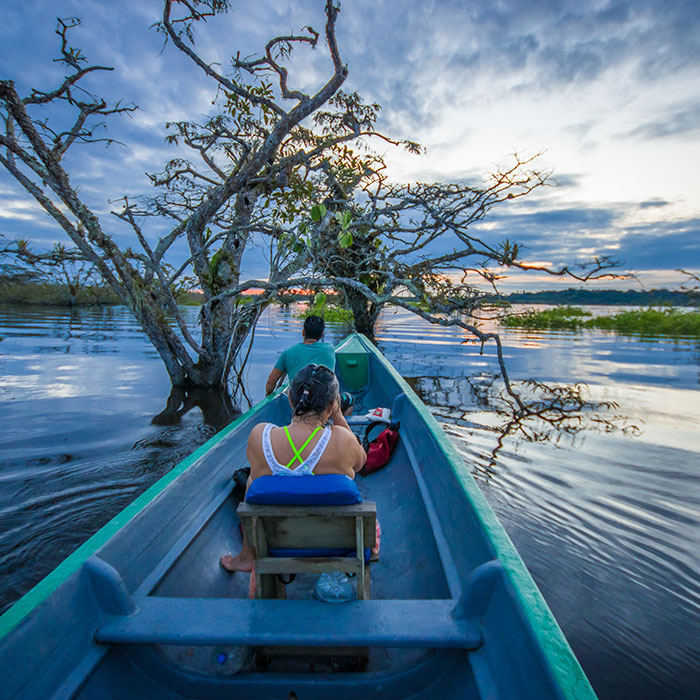
Amazon Rainforest
Step into the lush Peruvian Amazon Rainforest and witness a spectacular array of wildlife in its natural habitat. Lodges in Puerto Maldonado are ideal for excursions and daily activities. Those looking for a more luxurious Amazon experience would love an Iquitos Amazon River cruise. Colorful macaws, giant tarantulas, and playful river otters are among the sights you’ll behold.
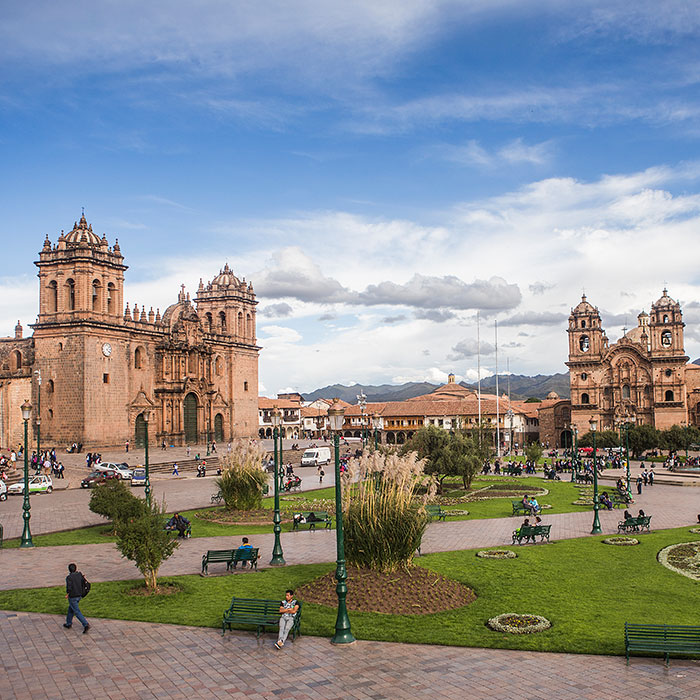
Cusco city has it all, archaeological ruins, colonial buildings, top-rated restaurants, and countless places to explore. Your Cusco City Tour will take you to the top highlights like Sacsayhuaman, Q’enko, the Cusco Cathedral, and more.
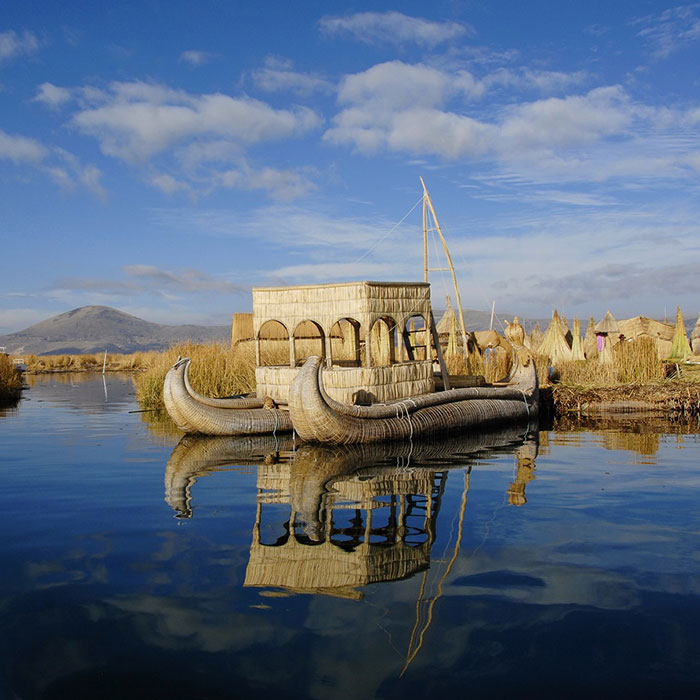
Lake Titicaca
Sail on the deep blue waters of Lake Titicaca and step on the reed Uros and Taquile floating islands. Some of the best weavers are found in this area so pick up some Peruvian textiles here for unique souvenirs.
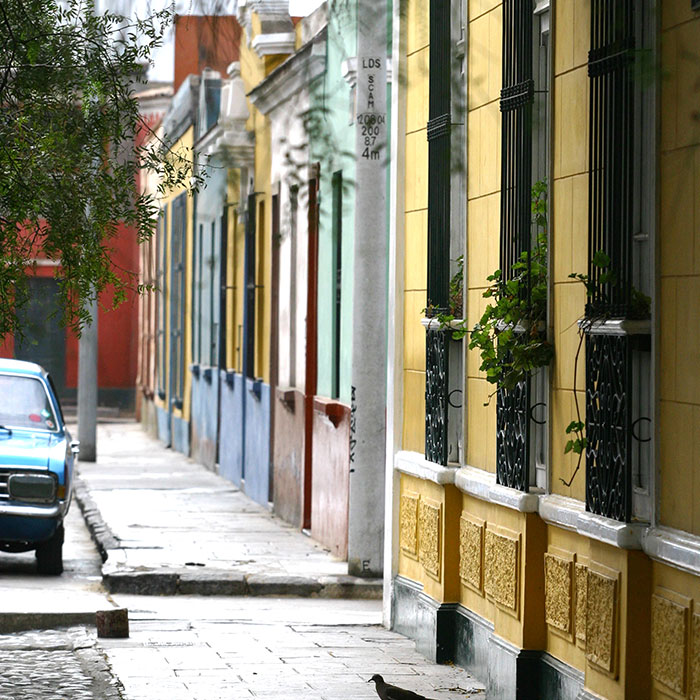
Lima is a mixture of modern city living and historical significance. Here you’ll find Central restaurant (ranked #6 by 50 Worlds Best), UNESCO World Heritage sites like Historic City Center with the San Francisco Convent, and the best shopping in Peru.
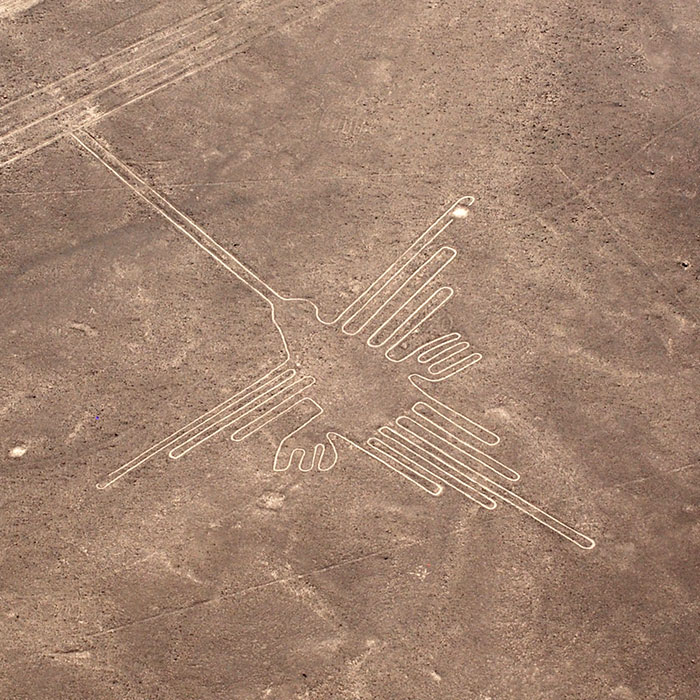
Nazca Lines
The Nazca Lines are mysterious geoglyphs and geometric shapes drawn onto the desert floor hundreds of years ago by the Nazca culture. Little is known about them nevertheless, the Nazca Lines inspire awe in those who take a flight over them.
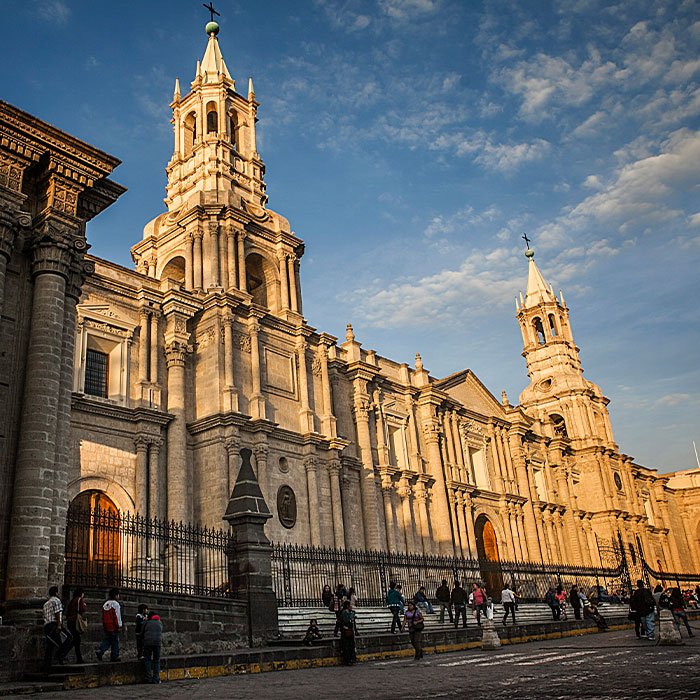
Arequipa is a picturesque town and also the second-largest city in Peru. Local markets, beautifully built colonial architecture, and El Misti volcano are among the things you’ll see while walking the cobblestone streets of the white city.
How difficult is the Inca Trail trek?
The Inca Trail is considered a difficult trek because of its high elevation and sections of steep stone steps. However, the diverse landscapes and stunning views make this trek a worthwhile challenge!
What are my options for hiking to Machu Picchu?
The Inca Trail is the only hiking option that ends directly at the Machu Picchu citadel. The Inca Trail is available as a 4-day trek as well as a 2-day shortened version. Alternative hiking options to the Inca Trail also include a tour of Machu Picchu on the last day, however they do not end at the Machu Picchu ruins. For example, the Salkantay trek ends in Aguas Calientes while the Lares trek ends at the Ollantaytambo train station.
What is the difference between the 2-day and 4-day Inca Trail hike?
The 2-day and 4-day Inca Trail use the same trail, just with different starting points. The 4-day option starts at KM 82 near Ollantaytambo while the 2-day version starts at KM 104. The 2-day version bypasses Dead Woman’s Pass and the other more difficult spots, making it a more moderate trek. Both options still take you directly to the Sun Gate at Machu Picchu.
What do I need to bring for the Inca Trail hike?
Packing essentials for the Inca Trail are:
- Plastic bags to store wet clothes
- Toiletries & medicines
- Insect repellant
- Reusable water bottle
- Hiking boots & sandals for camp
- Lightweight t-shirts
- Lightweight sweaters
- Sleepwear & evening wear for camp
- Socks & underwear
- Hat & sunglasses
- Sleeping bag suitable to 23ºF (-5ºC) – can be rented.

How far in advance should I plan my Inca Trail hike?
Six months in advance. Inca Trail permits go on sale at the end of each year for the following year. For high-season dates from May–September, permits can sell out six months in advance. If you are flexible with your travel dates and don’t mind hiking during the shoulder seasons (March/April, October/November) or rainy season (December/January), less advanced planning is required.
Also, If you wish to hike to Huayna Picchu or Machu Picchu Mountain once you are within Machu Picchu, be sure to bring this up to your travel advisor. These hikes have limited availability and a permit must be purchased about six months in advance for these hikes as well.
What is the food like on the Inca Trail?
The 4-day Inca Trail tour with Peru For Less will include plenty of food to keep you fueled for this grueling hike. Breakfast will be a big spread, while lunches and dinners include soups, chicken and rice, fried fish, veggies, french fries, beans and more.
Tell your Travel Advisor in advance if you have any dietary restrictions, such as vegetarian, vegan, gluten-free, etc. Dietary restrictions are easily accommodated and will have just as much nutritious food.
Do I need a guide for the Inca Trail?
Yes. Peru’s Ministry of Tourism has made it mandatory to be accompanied by a registered tour guide to hike the 4-day and 2-day Inca Trail.
Should I hike the Inca Trail with a private or group tour?
A private Inca Trail tour is best for those concerned about their experience level affecting the rest of the group or for those simply wanting to do the trail with fewer people. On the other hand, a group Inca Trail tour allows travelers to share their hiking experience with new people.
How many people are in a group Inca Trail tour?
Peru For Less group Inca Trail tours have a maximum of 8 people per guide so that even in a group tour, you’ll feel well looked-after.
How can I hike the Inca Trail on a budget?
For the most affordable Inca Trail hike, opt for a group tour instead of private. Tips for porters and chefs can be split between larger groups, making total costs per person cheaper. We ensure that our tours offer the best quality and value, while also providing fair wages to porters, guides and chefs.
What can I do to prepare for my Inca Trail hike?
It is recommended to do some physical activity prior to your trip so that you’re in good physical condition to hike for multiple days. Walk or jog in your neighborhood, go on hikes in your region, do cardio exercises at the gym, and/or practice yoga or other physical activities. Also, prior to the hike, allow yourself the time to acclimate in Cusco for at least two days.
When is the best time to hike the Inca Trail?
The best time to hike the Inca Trail is during the dry season from May to September. Nights will be chillier, but you are unlikely to have rain during your trek. The next best time is during the shoulder seasons, March–April and October–November.
The rainy season from December to January isn’t recommended unless you really prefer few people and don’t mind the rain. Note that the Inca Trail is closed during the entire month of February for maintenance and safety reasons.
Will I get altitude sickness?
Altitude sickness, also known as Acute Mountain Sickness, occurs in 40-50 percent of people who live in low elevation areas traveling to an elevation of 10,000 feet or more. It occurs in 25 percent of people traveling to a destination of 8,000 feet or more. It is a temporary condition characterized by slight headache, shortness of breath when walking, fatigue, minor dizziness and loss of appetite. Symptoms develop between 6 to 24 hours of being at higher elevations, and last one to three days. It is typically mild and no need for alarm.
There are many ways to combat altitude sickness , like drinking lots of water, avoiding heavy and fatty foods, no smoking or drinking alcohol, eating whole grains and veggies and taking it slow the first couple days. Do not begin a challenging hike the first two days at high elevation, start your trek on day three the earliest.
What is your travel insurance program?
We do not directly offer travel insurance but can provide recommendations. Insurance companies such as itravelinsured , World Nomads , insuremytrip , and SquareMouth are good options. Please note that Peru for Less does not have any affiliation with the listed travel insurance companies. For a free quote and policy options you will need to contact the companies directly. It will be important to select a company and policy that fits your needs, even if not one listed there.
Contact Us today to cross the Inca Trail off your hiking bucket list!
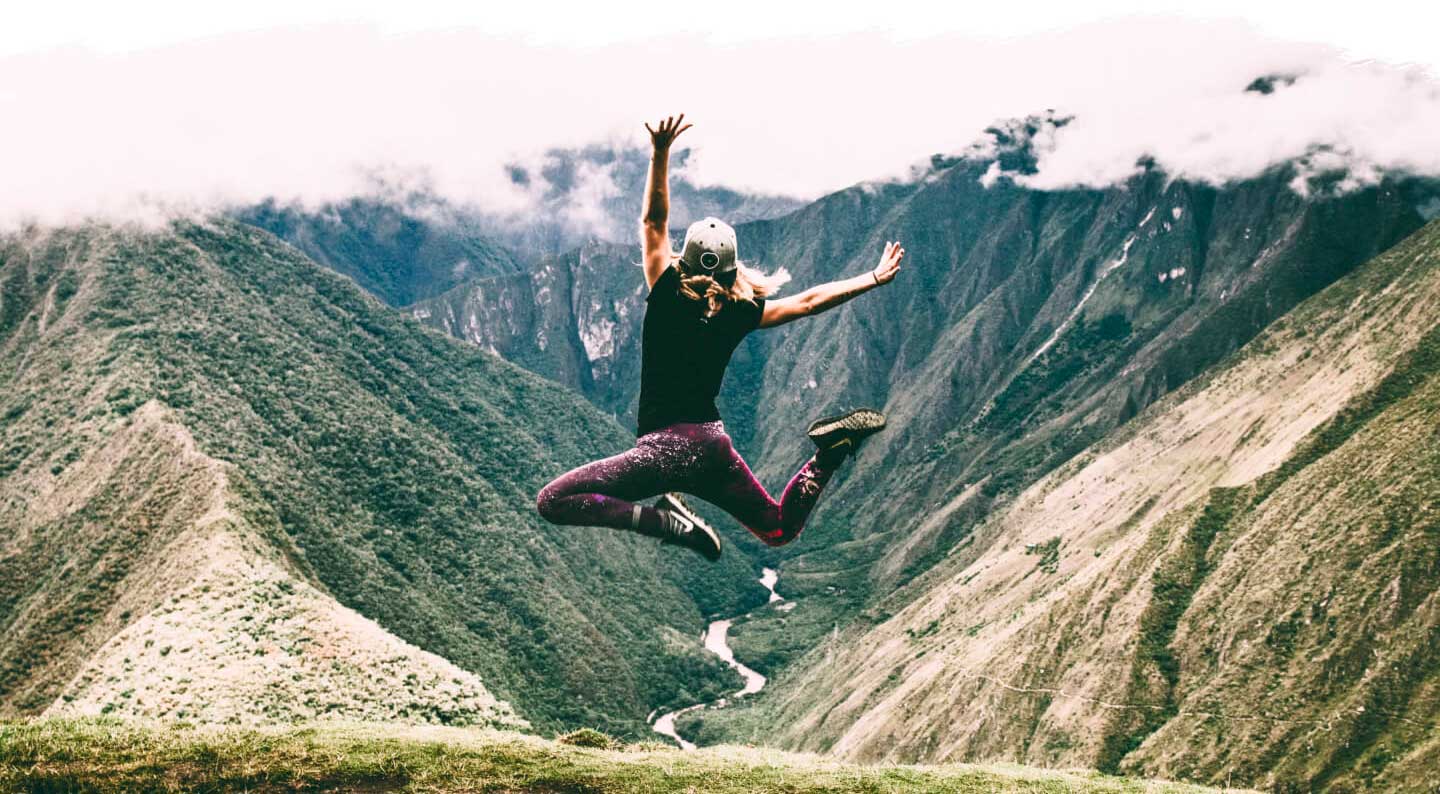
Book With Confidence
We're flexible! Postpone your tour with zero cost up to 30 days prior to departure.
By submitting this form, you agree to receive recurring customer care text messages from Peru for Less at the number used when signing up. Msg frequency varies. Msg and data rates may apply. View Terms & Privacy .
The following preferences are optional , but will help enhance your trip's customization.
Are you interested in visiting the best restaurants in Latin America?
TIP: Tell us the destinations you have in mind.
Galapagos Tours
Machu Picchu
Galapagos Islands
Sacred Valley
5000+ Testimonials
+1 817 230 4971
Personalized Service
Handpicked hotels.
- Cleaning Campaign of the Lucre-Huacarpay Swamp
- Mother’s Hands that Save the World
- Salkantay Trekking is Recognized for its Social Service
- Alternative treks to the Inca Trail to reach Machu Picchu
- Things you need for traveling to Peru – What to wear
- Adventure Sports you should practice when in Cusco
- Machu Picchu Mountain vs Huayna Picchu
- Everything you Need to Know About the Inca Trail in 2024
- Five tips before taking the Inca Trail
- 7 Famous Foods you Must Try in Cusco
Salkantay Treks
Salkantay trekking companyy.

Everything You Need to Know about the Inca Jungle Trek Peru: The Alternative Route to Machu Picchu
If you are looking for a genuinely thrilling and adrenaline-packed experience that immerses you in the stunning beauty of the Peruvian Andes and takes you to one of the world’s most iconic destinations, Machu Picchu , look no further. This blog will tell you everything you need to know about the Inca Jungle Trek Peru. This epic journey combines hiking adventure with exciting activities such as mountain biking and zipline .
Are you an adventure and adrenaline enthusiast? Then the Inca Jungle Trek is perfect for you. Forget about conventional paths and get ready to unleash your adventurous spirit while immersing yourself in the majesty of the Andes.
What is the Inca Jungle Trek to Machu picchu?
How long is the inca jungle trek, what activities can you do on the inca jungle trek, inca jungle trek altitude, what is the best time to do the inca jungle trek , flora in inca jungle, fauna in inca jungle , inca jungle trek packing list, type of adventure:, level of difficulty:, nature and landscapes:, number of days:, inca trail peru, inca jungle trail:, why do you need travel insurance for the inca jungle trek, tips to do the inca jungle trek, inca jungle faqs, inca jungle: adventure and inca legacy in the jungle .
The Inca Jungle is one of the most astonishing alternative routes to Machu Picchu , where you can enjoy thrilling activities on your way to the Machu Picchu citadel .
The Inca Jungle Trail is a unique experience that combines hiking , cycling , rafting , and zipline , taking you through the lush Cusco jungle until you reach the majestic Machu Picchu. Undoubtedly, it is the perfect choice for those seeking an exciting adventure full of activities that will get your adrenaline pumping, making you feel fully alive.

The Inca Jungle Peru trek is a lesser-known alternative to the famous Inca Trail , but it also offers a fascinating and diverse experience. The classic version of the 4 days Inca Jungle Trek to Machu Picchu , but this can vary.
The route takes you through beautiful and diverse landscapes, passing through mountains, jungles, and rivers before finally reaching the iconic citadel of Machu Picchu.
The Inca Jungle Trail offers an exciting variety of activities for adventure and nature lovers. Along this trek, you can enjoy the following activities:
- Mountain Biking : The adventure begins with an exciting downhill bike ride from Abra Malaga to Santa Maria . This thrilling journey allows you to enjoy breathtaking landscapes as you descend along scenic roads.

- Hiking : As you continue your journey, you will have the opportunity to explore trails along the Vilcanota River and venture into the rainforest. Throughout the hike, you can appreciate the diverse flora and fauna of the region.

- Rafting : One of the most thrilling activities of the Inca Jungle Trek is rafting on the Vilcanota River. You will navigate through rapids while having fun and enjoying the adrenaline rush of this water activity.

- Visit Machu Picchu : The highlight of the trek is, of course, the visit to the majestic Historic Sanctuary of Machu Picchu. Upon arrival at the citadel, you can explore this fascinating archaeological site and learn about its history and culture.
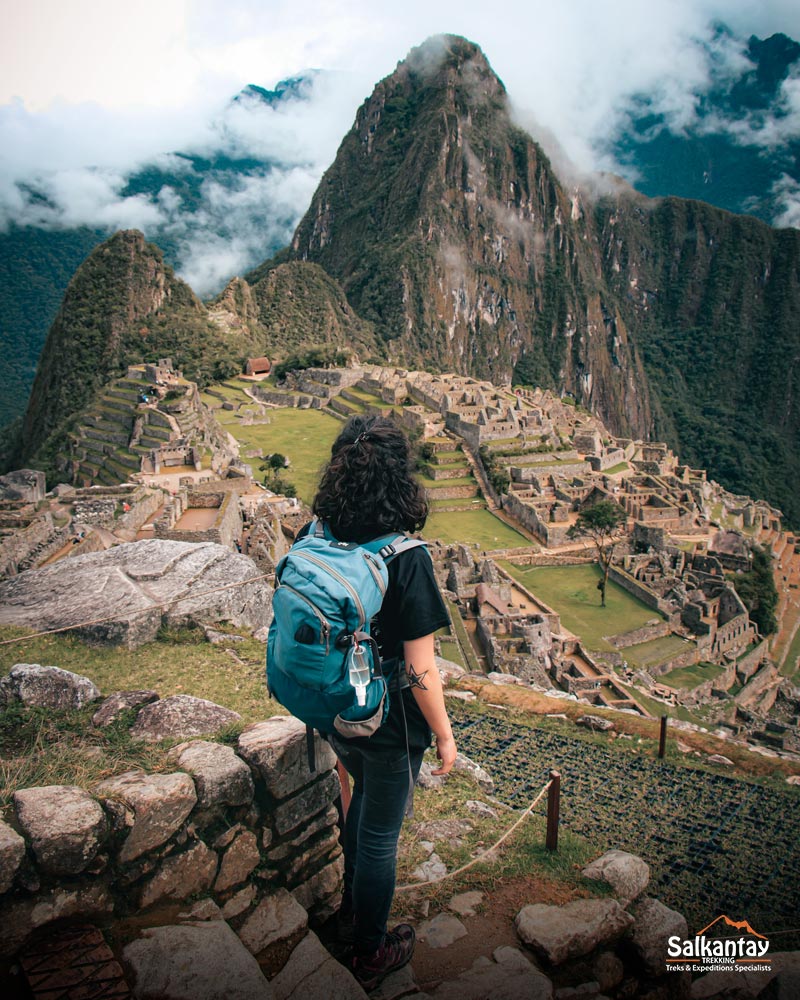
- Cultural Experiences : Throughout the journey, you will have the opportunity to interact with local communities and learn about their way of life, traditions, and Andean culture.

- Zipline (Optional) : Some versions of the Inca Jungle offer the option to add a zipline in Santa Teresa , adding even more excitement and adrenaline to the adventure.

The altitude on the Inca Jungle Trek can vary along the route as you cross different landscapes and trails on your Machu Picchu tour :
- Cusco (starting point): Approximately 3,400 meters above sea level.
- Abra Malaga (the highest point of the route by bike): Around 4,350 meters above sea level.
- Santa Maria (after the biking stage): Approximately 1,400 meters above sea level.
- Santa Teresa (before the zipline): Around 1,800 meters above sea level.
- Aguas Calientes (arrival point before Machu Picchu): Approximately 2,040 meters above sea level.
Inca Jungle Weather
The Inca Jungle Trek weather, which includes areas near Machu Picchu Peru , can vary due to the geographical diversity. Cusco covers different altitudes, from the Andes mountains to the rainforests, resulting in various weather conditions. However, it can be divided into two distinct seasons:
- Rainy season (November to March) : During these months, it is the rainy season in the Inca Jungle to Machu Picchu area. It is characterized by warmer and more humid days, with frequent and heavy rainfall. You should be prepared for rain during the trek and wear waterproof and suitable clothing to protect yourself from moisture.
- Dry season (April to October) : During this time, the region experiences a drier and cooler season. Days are usually sunnier, and nights can be chilly, especially in higher-altitude areas. We recommend bringing warm clothing and extra layers to prepare for temperature changes during the day.

The best time to do the Inca Jungle trek to Machu Picchu is from April to October , during the dry season in Cusco , Peru .
The weather is generally more stable during the dry season, with sunny days and moderate temperatures. This means you will have less chance of encountering frequent rains, making the trek more comfortable and safe.
Additionally, in June to August, which are the peak of the high tourism season in the Cusco region, conditions are optimal for enjoying stunning landscapes, clear skies, and panoramic views. Meanwhile, during the rainy season, the trek may be more challenging due to possible frequent rains and slippery trails.
Flora and Fauna in Inca Jungle
The Inca Jungle trek is more than a path to Machu Picchu; it is an opportunity to connect with nature at its best, from the astonishing flora that adorns the trails to the fauna accompanying you. Each step brings you closer to the essence of this magical land.
As you venture into the Inca Jungle trek, you will witness a wide variety of flora that grows in this unique ecosystem. A diverse range of orchid species, bromeliads , and mosses cling to rocks and trees in the high mountains, creating a spectacle of color and textures.
Descending into the jungle, the vegetation becomes denser. Giant trees like cedar and mahogany rise to provide shade and shelter for many creatures. The green and exotic leaves will envelop you in a magical and enriching environment as you immerse yourself in the region’s natural beauty.

The Inca Jungle Trek, or Inca Jungle Hike, is home to an impressive diversity of animal species, many of which are endemic. You’ll be able to spot various birds, from colorful toucans to majestic condors soaring through the skies in search of prey. Also, playful monkeys can be seen moving among the branches, and with a bit of luck, the elusive Andean spectacled bear, an emblematic species of the Peruvian Andes, might appear.
The rivers and waterways you’ll traverse during the rafting also harbor a wealth of aquatic life. From tropical fish to turtles and giant otters, the aquatic life on the Inca Jungle Trek is diverse and thrilling.

Preparing the right gear for the Inca Jungle trek is essential to ensure a comfortable and safe experience. Here is a list of items we recommend bringing:
- Original Passport or National Identity Document
- Long and short trekking pants
- Trekking shirts
- Hiking shoes and socks
- Waterproof jacket / Rain poncho
- Sunglasses
- Pajamas
- Gloves
- Sunscreen
- Insect repellent
- Comfortable backpack
- Hat or cap
- Small towels and basic toiletries
- Camera
- Water bottle
Inca Jungle Trek vs Salkantay Trek
The Inca Jungle Trek and the Salkantay Trek are two popular hiking routes in Peru , both offering an exciting and unique experience to reach the famous Inca citadel of Machu Picchu. Below, I present some differences between both routes:
- Inca Jungle Trek : This route combines hiking, mountain biking, ziplining, and rafting, making it a more varied and adventurous option. It’s ideal for those seeking a more active and thrilling experience.
- Salkantay Trek : This route focuses mainly on hiking and crosses impressive landscapes of mountains and valleys. It’s a more traditional option for hiking enthusiasts in natural environments.
- Inca Jungle Trek : It is considered a moderate route in terms of difficulty. Additional activities such as cycling and rafting may require good physical condition and basic skills in biking and water activities.
- Salkantay Trek : It is considered a moderate to challenging route due to the higher altitudes reached during the trek. Hikers should be prepared to walk on varied trails and altitudes exceeding 4,600 meters above sea level.
- Inca Jungle Trek : This route goes through the tropical jungle, providing a unique experience surrounded by lush vegetation, rivers, and waterfalls.
- Salkantay Trek : It offers stunning views of snow-capped peaks, glacial lagoons, and mountain landscapes, making it an ideal choice for nature and mountain lovers.
- Inca Jungle Trek : Usually lasts around 4 to 5 days, although it may vary depending on the travel agency and included activities.
- Salkantay Trek : It has an average duration of 4 to 6 days, depending on the route and the group’s pace.
The Inca Jungle Trek and the Salkantay Trek offer unique and exciting experiences that will take you to Machu Picchu. Analyze your preferences and personal expectations to select the tour that best fits your desires. At Salkantay Trekking , we offer different Machu Picchu tours , including the Salkantay Trek and the Inca Jungle Trek , so that you can live the adventure of a lifetime.
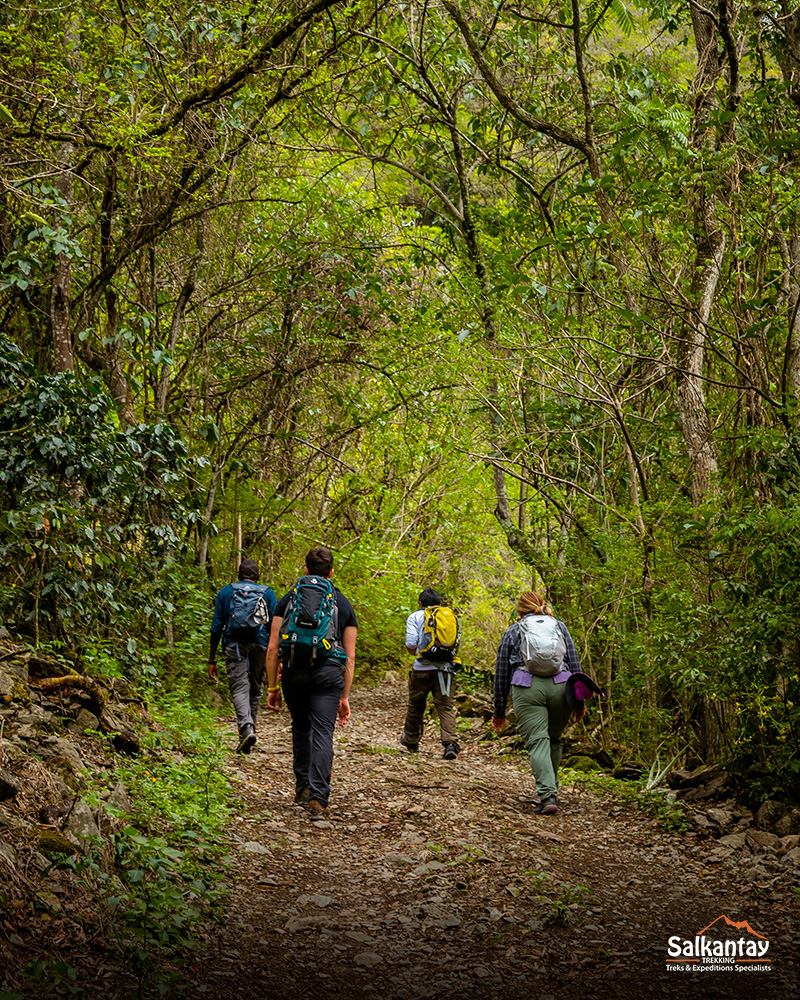
Inca Trail vs Inca Jungle
When planning a trip to Machu Picchu , you may have asked yourself: What is the difference between the Inca jungle and the Inca Trail ? Many travelers choose between two popular routes: the famous Inca Trail and the exciting Inca Jungle. Both trails offer a unique experience but have significant differences that may influence your decision.
The Inca Trail is the classic and traditional route to Machu Picchu. Here are some of its distinctive features:
- The Inca Trail follows the footsteps of the ancient Incas and is steeped in history and mystery. Walking along this route is an opportunity to connect with the ancestral past and visit various archaeological sites.
- Due to its popularity, the number of Inca Trail permits is restricted, and they quickly sell out, making availability and planning challenging.
- Some sections of the Inca Trail can be more challenging, with steep paths and high altitudes. Moderate physical fitness is required.
The Inca Jungle is an exciting and diverse option to reach Machu Picchu, offering the following:
- As mentioned, the Inca Jungle combines mountain biking, hiking, rafting, and relaxing hot springs. This variety makes it particularly appealing to adventure enthusiasts.
- Unlike the Inca Trail, specific permits are not required for the Inca Jungle, providing greater flexibility in booking the tour.
- By doing the Inca Jungle hike, you’ll have the chance to interact with local communities, immersing yourself in the rich Andean culture.
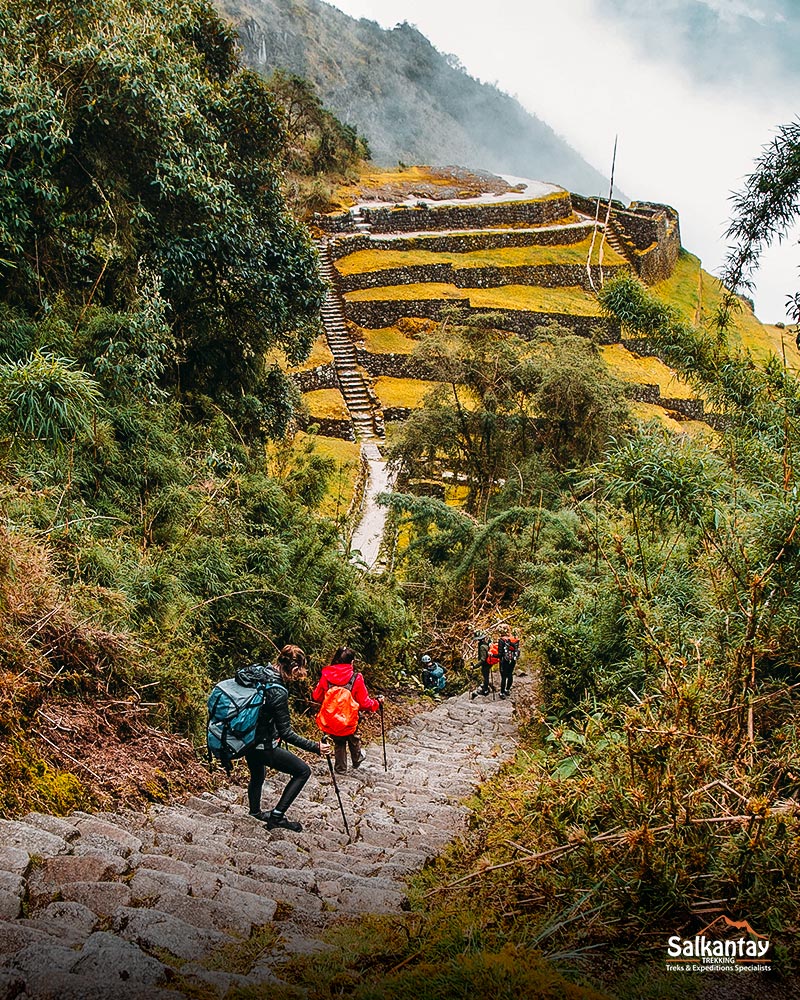
Travel Insurance for the Inca Jungle Trek
As with any trip, preparing for the unexpected is essential. The Inca Jungle Trek is an exciting experience, but it’s always best to be prepared for any eventuality. Appropriate travel insurance is essential to protect your investment and provide peace of mind throughout the journey.
- You’ll be exposed to various physical activities and diverse trails during the adventure. Travel insurance will provide medical coverage in case of unexpected injuries or illnesses, ensuring you receive necessary medical attention without worrying about additional costs.
- Sometimes plans change due to unforeseen circumstances. If you have to cancel or interrupt your trip before or during the route, travel insurance can cover non-refundable expenses so you don’t lose your investment.
- Traveling with backpacks and equipment can involve risks. Travel insurance will protect you against the loss or delay of your luggage, ensuring you can continue your adventure without any issues.
- In emergencies, such as accidents or force majeure situations, you’ll have 24-hour assistance. From coordinating medical care to providing advice in complicated situations, you’ll always be supported.
- Travel insurance also covers the loss or theft of important documents, such as passports and credit cards, providing support for their replacement.

Doing the Inca Jungle Trek to Machu Picchu is an exciting adventure that will take you through stunning landscapes and allow you to experience the culture and history of the region. Here are some valuable tips to make the most of this experience:
- Prepare physically: We recommend hiking or aerobic activities to increase endurance and strength.
- Prepare for altitude: Cusco and its surroundings are at a high altitude. Therefore, arriving a few days before the trek is essential to acclimatize and avoid altitude sickness .
- Proper gear: Bring appropriate clothing and footwear for hiking. A good waterproof jacket, comfortable pants, hiking boots, and suitable socks are essential for comfort during the journey.
- Pack only the essentials: Leave unnecessary items in your main backpack and carry only what you’ll primarily need.
- Respect nature and culture: We ask you to respect the environment and the local culture throughout the journey. Don’t litter, follow park rules, and be considerate of the local communities you encounter along the way.
- Stay hydrated: Drink plenty of water during the hike to stay hydrated.
- Bring cash: While many places accept credit cards, carrying cash in Peruvian soles for small expenses and tips is advisable.
- Book in advance: The Inca Jungle Trek is one of the best alternative routes to Machu Picchu , so book your trip well in advance, especially if you plan to do it during the high season.
- Enjoy the moment: As you walk and explore, stop and enjoy the breathtaking landscapes and unique moments, you’ll experience in the Inca Jungle.
Are there age restrictions for the Inca Jungle Trek Peru?
The recommended minimum age for participating in the Inca Jungle Trek is usually around 12. It’s essential to consider that the route involves walking on uneven terrain, mountain biking, rafting, and other physical activities, so participants should have the physical ability and willingness to face the challenge.
Can I bring my bike for the Inca Jungle Trek?
Usually, bringing your bike is unnecessary, as travel agencies offering the Inca Jungle hike provide bicycles for the mountain biking part. These bikes are equipped and adapted for the terrain conditions.
Is the Inca Jungle trail very crowded?
Unlike the traditional Inca Trail, the Inca Jungle Trek is less crowded. However, there may be more tourists during the high season, especially in June and July.
Can I combine the Inca Jungle Trek with other excursions in the region?
Yes! You can combine the Inca Jungle Trek with other exciting excursions in the Cusco and Machu Picchu regions. Some popular options include visits to Rainbow Mountain , the Sacred Valley of the Incas, and other nearby hiking routes.
What are the restroom facilities like during the 4-day Inca Jungle Tour?
During the Inca Jungle Trek, the bathrooms can vary depending on the location and the type of accommodation you choose. In some places, the accommodations may have shared bathrooms; in others, you can find private bathrooms with basic facilities.
Is there electricity during the 4-day Inca Jungle Trek?
Yes, most accommodations along the Inca Jungle Trek have electricity to charge devices and meet basic needs. However, electricity may not be available in some more remote or camping areas.
Is there internet during the 4-day Inca Jungle Trek?
During the Inca Jungle Trek, it is possible to find internet access in some of the accommodations and more touristy areas. However, internet access may be limited or non-existent in more remote areas.
What is the best time for the 4 days Inca Jungle Trek to Machu Picchu Peru?
The best time to do the Inca Jungle Trek is during the dry season, generally from May to September. June and July are famous for the more stable and pleasant weather conditions.
Do I need to be physically healthy to do the Inca Jungle Trek?
Yes, moderate physical fitness is required for the Inca Jungle Trek, as it includes hiking on varied terrain and adventure activities. It is essential to be prepared to enjoy the experience fully.
Do I need to hire a guide for the Inca Jungle Trek?
Yes, hiring an authorized guide for the Inca Jungle Trek is mandatory. Guides will provide information about the route and local culture, ensuring a safe and enriching experience.
Is previous experience in cycling or rafting required for the Inca Jungle Trek?
Previous experience in cycling or rafting is optional, as instructions will be provided, and the difficulty level will be adapted to the participants. However, having an adventurous attitude and being willing to try new activities is essential.
What is the maximum altitude reached during the Inca Jungle Trek?
The maximum altitude reached during the Inca Jungle Trek is approximately 4,350 meters above sea level at Abra Málaga. We recommend taking the necessary time to acclimatize properly to the altitude before continuing.
Is the Inca Jungle Trek safe?
Yes, the Inca Jungle Trek is safe as long as you follow the guidance of your guide and take the necessary precautions. Using proper equipment and following safety instructions during adventure activities is essential.

After reading everything you need to know about the Inca Jungle Trek in Peru, there is no doubt that this trek offers a unique experience combining adventure, nature, and ancestral culture. As we venture into this fascinating jungle, we discover the majesty of its rivers, the richness of its flora and fauna, and the grandeur of its historical legacy left by the Inca civilization. Immerse yourself in the beauty of the Andes, connect with the local culture, and uncover the magic of Machu Picchu.
If you’re looking for an unforgettable adventure that takes you through stunning landscapes and connects you with ancient history, at Salkantay Trekking , we accompany you on this journey so you don’t miss the opportunity to explore the exciting Inca Jungle Trek in Peru .
Get ready for an experience you’ll remember for a lifetime!
Salkantay Trekking
You might also like.

Leave A Reply
Leave a reply cancel reply.
Your email address will not be published. Required fields are marked *
Save my name, email, and website in this browser for the next time I comment.
Popular Posts
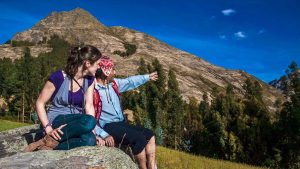
Recent Posts
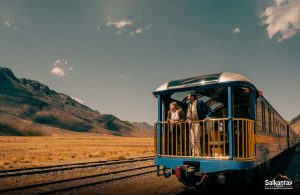
- Choquequirao Treks
- Huchuy Qosqo Trek
- Lares Trek to Machu Picchu
- Inca Jungle to Machu Picchu
- Inca Trail Classic 4 Days
- Inca Trail Short 2 Days
Alternative Treks
- Machu Picchu One Day Tour
- City Tour Cusco – Half Day
- Sacred Valley of The Incas 1 Day
- Ausangate Rainbow Mountain 1 Day
- Huchuy Qosqo Trek 1 Day
- Humantay Lake Full Day
- Sky Camp & Humantay Lake 2 Days
Social Media
- Our Reviews
- Inca Trail Permits
- +51 926122688

- 4-Day Inca Trail
- 4-Day Inca Trail – Private Group
- 5-Day Inca Trail
- 2-Day Inca Trail
- 1-Day Inca Trail Express
- Great Reviews
- 4-Day Lares Trek
- 5-Day Lares Trek and Inca Trail
- Lares Trek Maps
- 5-Day Salkantay Trek
- 4-Day Salkantay Trek
- 4-Day Inca Quarry Trail
- 4-Day Ausangate Trek
- 2-Day Rainbow Mountain Hike
- 5-Day Choquequirao Trek & Machu Picchu
- 1-Day Machu Picchu Tour
- 2-Day Machu Picchu & Sacred Valley
- 3-Day Machu Picchu & Rainbow Mountain
- 4-Day Machu Picchu & Cusco
- 5-Day Machu Picchu & Cusco
- Sacred Valley
- Humantay Lake
- Vinicunca Rainbow Mountain
- 4-Day Manu Reserved Zone Cultural
- 7-Day Manu Reserved Zone
- Colca Canyon, Arequipa
- 2-Day Tour Colca Canyon
- 2-Day Puno & Lake Titicaca
Inca Trail To Machu Picchu 4 Days
Inca trail to machu picchu 4 days.
Embark on an unforgettable journey along the famous Inca Trail , South America’s most popular trek, traveling an impressive 45 kilometers (28 miles) to Machu Picchu. During the 4-days you will immerse yourself in the rich history of the region as you traverse ancient trails, lush rainforests and discover Inca archaeological wonders hidden in the rugged Andean landscapes.
Why you’ll love this tour
Inca Trail 4 Days – Detailed Itinerary
Inca trail highlights, h ighlights of the inca trail 4 days.
1. The start at KM 82: The trek officially starts at KM 82, the checkpoint where hikers receive their permits and have their bags checked. This is also where the group will meet their guide and porters before beginning the journey.
2. The first day of hiking: The first day of hiking is relatively easy compared to the rest of the trek, with only a few hours of walking from KM 82 to the first campsite at Wayllabamba. Along the way, hikers will be treated to beautiful views of the Vilcanota River and the snow-capped Andean mountains.
3. Dead Woman’s Pass: On day two, hikers will face one of the most challenging sections of the trail – Dead Woman’s Pass. At 4,215 meters, this is the highest point of the trek and requires a steep ascent. However, reaching the top offers stunning panoramic views of the surrounding valleys and mountains.
4. Historical sites: The Inca Trail is not just about hiking – there are also several historical sites along the way, such as Runkurakay, Sayacmarca, and Phuyupatamarca. These ancient ruins offer a glimpse into the Inca civilization and provide a unique cultural experience for hikers.
5. The Sun Gate: On the final day of the trek, hikers will wake up early to reach Inti Punku, also known as the Sun Gate. This is where they will catch their first glimpse of Machu Picchu from above, a truly unforgettable moment.
6. Machu Picchu: The Inca Trail culminates at the famous Machu Picchu, one of the New Seven Wonders of the World. Hikers will have time to explore this ancient citadel and learn about its history and significance before heading back to Cusco.
Day by Day breakdown of the Inca Trail 4 days
Day 1: cusco – km 82 -patallacta – wayllabamba, day 2: wayllabamba – warmiwañusca – pacaymayo, day 3: pacaymayo – runkurakay – sayacmarca – wiñay wayna, day 4: wiñay wayna – inti punku – machu picchu – cusco, 4-day inca trail map.
As you embark on your journey along the Inca Trail hike to Machu Picchu , it’s helpful to visualize the path you will be taking. Below is a map of the trail , starting at Kilometer 82 and ending at Machu Picchu .
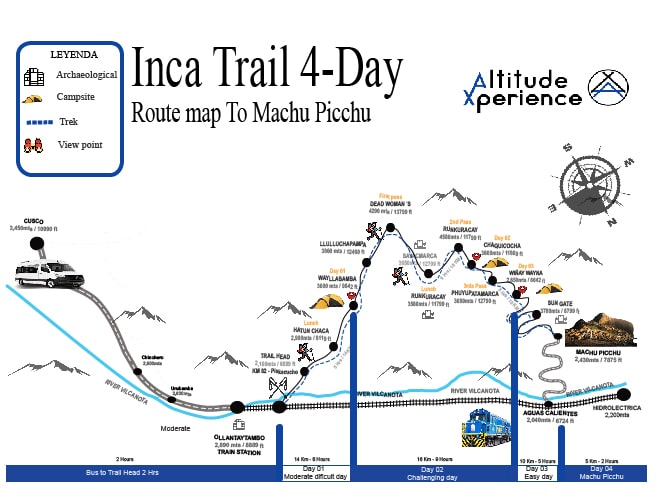
Which month is good to hike?
The best time to hike the Inca Trail is during the dry season, which runs from May to September. This period generally has clear skies and mild temperatures, making it ideal for trekking. However, this also means that these months are the busiest for hiking. Alternatively, the shoulder months of April and October can also be good options as they offer slightly lower crowds but still have favorable weather conditions.
It is important to note that the Inca Trail is closed for maintenance every February, so it is not possible to hike during this month. Ultimately, the best time to hike the Inca Trail depends on personal preferences and availability. Regardless of when you choose to go, be sure to plan ahead and obtain necessary permits in advance. This will ensure a smooth and enjoyable experience on one of the world’s most famous hikes.
So pack your bags, put on your hiking boots, and get ready for an unforgettable journey through the Andes to the ancient city of Machu Picchu!
What to Pack?
Here are some essentials you should bring for the Inca Trail:
- Hiking boots: Make sure to break in your hiking boots before the trip to avoid blisters and discomfort.
- Comfortable backpack with a rain cover: You will carry your personal items, such as water, snacks, and extra clothing, during the day. A rain cover will keep your belongings dry in case of bad weather.
- Quick-dry clothing: The climate on the Inca Trail can vary greatly, so it’s best to bring layers that can be easily added or removed. Also, quick-dry material is essential for when you work up a sweat during the hike.
- Rain gear and warm layers: As mentioned before, the weather can be unpredictable, so make sure to pack a rain jacket and some warm layers for colder evenings.
- Sun protection: Sunscreen, sunglasses, and a hat are necessary to protect yourself from the strong Andean sun.
- Insect repellent: To avoid being bitten by mosquitoes or other bugs along the trail, bring insect repellent and use it regularly.
- Toiletries: Basic toiletries such as toothbrush, toothpaste, and biodegradable soap are important to maintain hygiene during the trip.
- First aid kit: It’s always a good idea to bring a small first aid kit with essentials like bandages, blister pads, and pain relievers.
- Camera or phone: You won’t want to miss capturing the breathtaking views along the Inca Trail, so make sure to bring a camera or phone with a good camera.
- Cash: While meals and accommodations are included in the package, you may want to have some extra cash for souvenirs or gratuities for your guide and porters.
Day 1 : Cusco – Ollantaytambo – Km 82 – Patallacta – Wayllabamba
The first day of your four-day Inca Trail adventure begins in Cuzco with your pick-up at 4:30 a.m., if you sleep in Urubamba it is 5:45 a.m., and if you sleep in Ollantaytambo the pick-up will be 6:45 a.m. where you will be taken to the trailhead at Km 82. The schedules will be confirmed in your briefing, as they may vary according to the location where you are staying. From there, you will have a delicious breakfast at a local restaurant in Ollantaytambo. Then we will continue until we reach the trailhead at Km 82, this will be the first checkpoint of the Inca Trail. Be sure to bring your original passport to enter.
The first few hours of hiking will be relatively easy, visiting an Inca site called Patallacta (an Inca checkpoint), walking through a wonderfully diverse landscape, crossing subtropical Andean landscapes and crossing the Huayllabamba River until our lunch stop. After lunch we will continue walking for about 3 hours until we reach our first camp Ayapata (3300 meters) near the village of Wayllabamba, where you can buy drinks or snacks. The day ends with a delicious dinner at 7:30 p.m., and then you can enjoy a well deserved rest.

Day 2: To the Dead Woman’s Pass – Pacaymayo – Runcu Raccay
The second day is the most demanding, as you will ascend to the highest point of the trail at Dead Woman’s Pass (4215 meters/13829 feet). Your guide will wake you up very early, as this will be our longest day. The first 4 hours of hiking will be to reach the highest point, the Paso de la Mujer Muerta, crossing the queuña forest and enjoying breathtaking views of the surrounding mountains.
After reaching the pass, you will descend to the Pacaymayo valley for lunch, where you will have the opportunity to rest before continuing our hike. After lunch you will continue with the descent to the next valley (Runcu Raccay) a small Inca site. Finally you will descend downhill until you reach the Inca site of Sayacmarca where you will camp for the night.

Day 3: Pacaymayo – Phuyupatamarca – Wiñay Wayna
On the third day! You will start very early, your guide will wake you up at 6:15 a.m., you will walk for 2 hours through different ecological zones on your way, crossing the cloud forest of the jungle brow.
While walking you will have impressive views of the snow-capped Salkantay, contemplate beautiful views of the Vilcanota River and visit several Inca ruins, among them Phuyupatamarca (3600 meters) from where you will have impressive views of the Urubamba Valley. Finally we will continue descending a flight of Inca stairs to the archaeological site of Wiñay Wayna where our last camp will be.
Wiñay Wayna is the most preserved and impressive Inca site due to its proximity to Machu Picchu and the most popular campsite. We will arrive at our campsite around 14:00 p.m., your guide will give you a brief briefing about the events that happened while exploring, you will contemplate beautiful terraced buildings and Inca houses. In this way you will be ending your visit to this beautiful Inca site and preparing for your visit to Machu Picchu the next day.
According to our Inca Trail traditions, we organize a ceremony to thank the great work done by our team of porters and cooks (if you want to give them some incentive, you can do it at that time). We recommend resting early to arrive at Machu Picchu very early the next day with the hope that the weather will give us beatiful sunrise over the mountains and ruins of Machu Picchu.
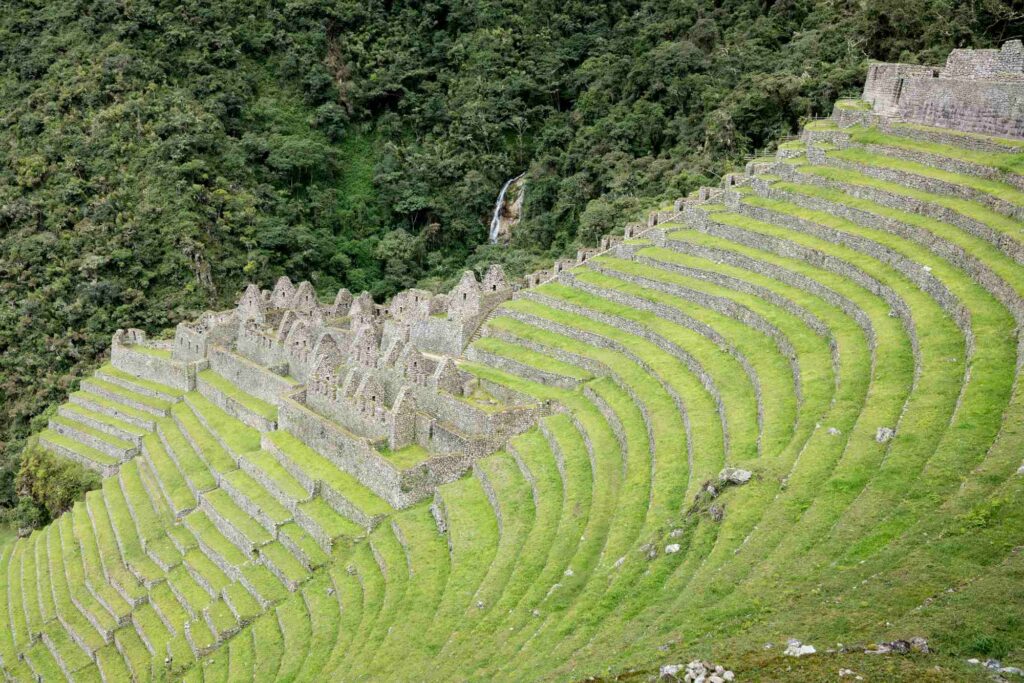
Day 4: Arrival at Machu Picchu & Return to Cusco
The last day of your Inca Trail adventure begins before dawn 3:30 a.m., we will be the first at the checkpoint to start the trek. We will say goodbye to our porters, cooks and head to the Sun Gate to contemplate the sunrise over Machu Picchu. From here we will have one of the most impressive views of Machu Picchu. After enjoying this impressive view, we will continue descending for 1 hour until we reach the citadel of Machu Picchu. Around 7:30 a.m. we will arrive at the last checkpoint and enter Machu Picchu where you will begin your guided tour of the ancient citadel and learn about its fascinating history.
At the end of your visit to Machu Picchu, your guide will give you your bus tickets to descend to the town of Aguas Calientes and you will have free time to explore this beautiful town on your own. Your guide will also offer to meet you to enjoy your last lunch (not included).
Finally your guide will give you your train tickets with departure at 15:55 p.m. or 15:20 p.m., be sure to be there 30 minutes before your train departure. In Ollantaytambo our driver will be waiting for your transfer back to your hotel in Cusco.

What’s Included?
Day-By-Day Inclusions – Inca Trail 4 days
Day 1.- cusco – km82 – ayapata, day 2.- ayapata – dead womens pass- runkuraccay pass – chaquiccocha, day 3.- chaquiccocha – phuyupatamarca pass – wiñaywayna, day 4.- machupicchu the sacred city of the incas, not included.
Inflatable air mattress : $ 15 Walking sticks: $ 10 Sleeping bag: $ 20
Where can I book the Inca Trail 4 days?
To book your 4-Day Machu Picchu hike , please fill out our booking form by clicking on BOOK NOW on our homepage or by clicking here.
Note: Due to the permits’ strict booking policy for the Inca Trail administered by the Peruvian Government, all Inca Trail bookings must be confirmed manually. Only after manual confirmation from our side will your tour be 100% guaranteed.
What is the Inca Trail?
The Classic Inca Trail is a world-renowned hiking route in Peru that leads to the ancient city of Machu Picchu. This 26-mile (43-kilometer) trail traverses through the Andes Mountains, offering breathtaking views of mountains, valleys, cloud forests, and Inca ruins along the way. The trail takes approximately 4 days to complete, starting from the km 82 mark and ending at the Sun Gate overlooking Machu Picchu. It is known for its rich history, archaeological sites, and the opportunity to experience the diverse ecosystems of the region. The Inca Trail is a popular choice for adventurers seeking a challenging and rewarding trek through stunning natural landscapes.
How distance is Inca trail 4-day hike?
The 4-day Inca Trail hike covers a distance of approximately 25 miles (40 kilometers). The hike typically takes four days to complete, reaching a maximum elevation of 13,828 feet (4,215 meters).
It is considered a challenging trek, but with proper preparation and fitness, it can be accomplished by many adventurers. The Inca Trail offers stunning landscapes, diverse flora and fauna, and the opportunity to explore ancient Inca ruins along the way.
What is the hardest day of the Inca Trail?
The hardest day of the Inca Trail hike is typically considered to be Day 2. On this day, trekkers encounter steep elevation gains and navigate hundreds of stone steps, both uphill and downhill. Reaching Dead Woman’s Pass (4,215 meters) is often a significant challenge and a major milestone during the trek. It is important to note that individual experiences may vary based on fitness level and personal circumstances.
How difficult is the 4-day Inca Trail hike?
The trail is located in Peru, and it stretches for more than 26 miles. hikers who attempt the Inca Trail must be prepared for a strenuous hike, as the trail includes several steep sections. In addition, altitude sickness is a common problem on the Inca Trail, as the trail reaches a height of more than 13,000 feet. However, despite these challenges, the Inca Trail is an incredibly rewarding experience.
What is the maximum height of the 4 day inca trail hike ?
The hike is challenging, and you’ll need to be in good physical shape to complete it. But if you’re up for the challenge, the 4-day Inca Trail is an experience you’ll never forget.
- Altitude Cusco city: 3,400 meters or 11151 ft.
- Altitude Start point of the 4 day Inca Trail: 2642 meters or 8867 ft.
- The average altitude of the Inca Trail is 3,200 meters or 10200 ft.
- Altitude Dead Woman’s Pass is the highest mountain at: 4,215 meters or 13835 ft.
- Mountain Runccuracay altitude pass: 4,000 meters or 13123 ft.
- Altitude of the Machu Picchu: 2,430 meters 7972 ft.
How many days in advance do I have to arrive in Cusco before the 4 day Inca Trail?
Anyone who is considering the Classic 4-day Inca Trail hike to Machu Picchu should plan to arrive in Cusco at least 1 or 2 days in advance of their trek. This will allow them to acclimate to the high altitude and avoid any potential health problems. trekkers should also be aware that the Inca Trail is a very strenuous hike, and they should be in good physical condition before attempting it.
What is the best time of year to hike the Inca Trail 4 days?
May to October, falls during the dry season in Peru, so hikers can expect clear skies and warm temperatures.
How do I get a permit to hike the Classic Inca Trail Tour?
Hiking the Inca Trail is an amazing experience, but it’s one that requires some planning. The first step is to obtain a permit of an authorized agency. it’s generally much easier (and less expensive) to go through a tour company. 4-Day Inca Trail Hike offers a variety of options for those looking to hike the Inca Trail, and our knowledgeable guides can help you obtain the necessary permit. We’ll also handle all the logistics, so you can focus on enjoying your hike. Contact us today to learn more about our Inca Trail hiking tours.
How much does it cost to hike the Inca Trail for 4 days?
But with popularity comes cost, and the Inca Trail is not cheap. A Inca Trail in 4-day hike will set you back around $650 – $750, not including equipment rental or guide fees. But don’t let the cost deter you from experiencing one of the most amazing journeys on earth.
Where can I book the Classic Inca Trail 4 days Trek?
FIRST , to book your Classic Inca Trail trek to Machu Picchu, please fill out our booking form by clicking on BOOK NOW on our homepage or by clicking here.
Please have the following information on hand ( FROM EACH PARTICIPANT in your group). We will be unable to purchase an Inca Trail permit unless we have the following information:
Personal data (your full name, exactly as it appears on your passport):
- Number on a passport
- Date of Birth (dd / mm / yyyy)
- Nationality
*** We need copies of each participant’s passport to book Inca Trail permits!
SECOND , in order to purchase a permit for the Classic Inca Trail, we require a deposit of $211.00 USD per person. You can deposit by clicking on the VISA or PAYPAL symbols at the top of our home page, or on the VISA or PAYPAL symbols on our booking page.
Where is the Balance?
If you want to avoid the high credit card fees in Peru, you can pay in cash at our Cusco office (in US dollars or Peruvian soles). To withdraw money, there are numerous ATMs located throughout the historical district. You can also pay online with Paypal }, but there is a 5.5% service fee charged by VISA and PAYPAL. To pay your balance via PAYPAL.
Can I change the date after buying the permits?
Regrettably, the answer is no. The Peruvian government does not allow changes once permits have been purchased, so we cannot change any dates after the permit has been purchased. If you need to change the date of your trek, there is a $100 fee because we must purchase a new permit for you. Permits are also not transferable nor refundable. If you cancel your Classic Inca Trail to Machu Picchu Trek, your deposit will not be refunded!
Do I need my original passport for the 4 days Inca Trail to Machu Picchu?
Yes! You must bring your original passport, with the same passport number that you used to book your Classic Inca Trail to Machu Picchu permit with us. When you enter Machu Picchu, the Inca Trail, and board the train, your passport will be checked. If you are renewing your passport, send us a copy of your old passport to secure your permit, and we will change it once you receive your new passport. If this is the case, please send us a copy of your newly issued passport as soon as possible.
Do there are toilets on the Inca Trail 4 days?
Most of our clients, particularly trekkers who want a private, clean, and sanitary toilet, have expressed their gratitude. The toilet facilities at Altitude Experience Peru include an individual tent and a camping toilet with a seat. Our toilet is always located a safe distance from our campsite. If you need to use the toilet at night, it is easily accessible and clean, in contrast to the filthy facilities provided by the government.
Are tips mandatory?
If you are satisfied with the services provided, a tip is appreciated, though it is not required. While it may not be customary in your country, it is extremely important for the people who will be looking after you during your journey. It inspires excellent service and is ingrained in the tourism industry in many AltitudExperience Peru destinations. Of course, you are free to tip however much you want, based on your perception of the quality and duration of your trip. Remember that tipping is optional and should only be given when you receive exceptional service.
Price per person
- Price per person: USD $ 750.00
- *** Student discount: The student discount applies only to people who present their valid UNIVERSITY CARD. Children under 17 years of age or younger. To grant the discount we need you to send us a copy of the university card. For children 17 and under, we need a passport copy for booking. Discount: $ 20 off per person
Huayna Picchu Mountain
The mountain that lies adjacent to Machu Picchu is known as Huayna Picchu . The trek to the top takes 45 minutes. Even if you complete this trek on your own, your guide will show you the trailhead. This trip is an additional admittance ticket that we may obtain for you if you give us enough notice.
Your tickets will be paid at the time you need to begin the trek. Tickets are available for either the First Session (7-8 AM) or the Second Session (10-11 AM). We purchase the Second Session for our clients so that you may enjoy your Machu Picchu trip before it begins. This is merely your start time, and you may go up and down at your leisure.
- The ticket is $75 per person.
Vistadome Train
The Expedition Train is included in all of our itineraries. This train generally departs from Aguas Calientes at 14:55 p.m. The Vistadome Train is a more modern train with significantly larger seats, windows, and even entertainment. The Vistadome train is usually scheduled at 4:43 p.m. and travels to Poroy, a train station closer to Cusco. Despite the fact that this is an increased cost, we will still provide transportation back to your accommodation.
- This train is $75 per person.
Overall rating on Tripadvisor 3rd-party reviews
Our 4 day Inca Trail trip consistently receive top reviews from our clients on Tripadvisor. Recent comments talk about the incredible views, knowledgeable and friendly guides, the enjoyable walks and hikes, the amazing campsites and much more. From beginning to end, it’s no surprise that each of our Inca Trail clients leaves feeling they had an unforgettable experience and can’t help but share their positive thoughts with others. Don’t take our word for it- have a look through the reviews yourself! You’ll soon see why we’re one of the highest rated Inca Trail tour companies around.
Altitude Experience
Overall rating of 3rd-party reviews.

Why Choose Us
Altitude Experience is a 100% indigenous Peruvian company . Altitude Experience, distinguishes itself through our commitment to both our customers and our team. We work very hard to ensure that all of our clients’ needs are met throughout their tour with us.
Safety on the Trail
Camping equipment, personal porters, buy one give one, private toilet tents, the best trekking food, altitude experience team.
Everyone on the Altitude Team is from Cusco region, living the traditions and history they share with you while on one of our tours.
Our Porters
Similar Inca Trail Tours
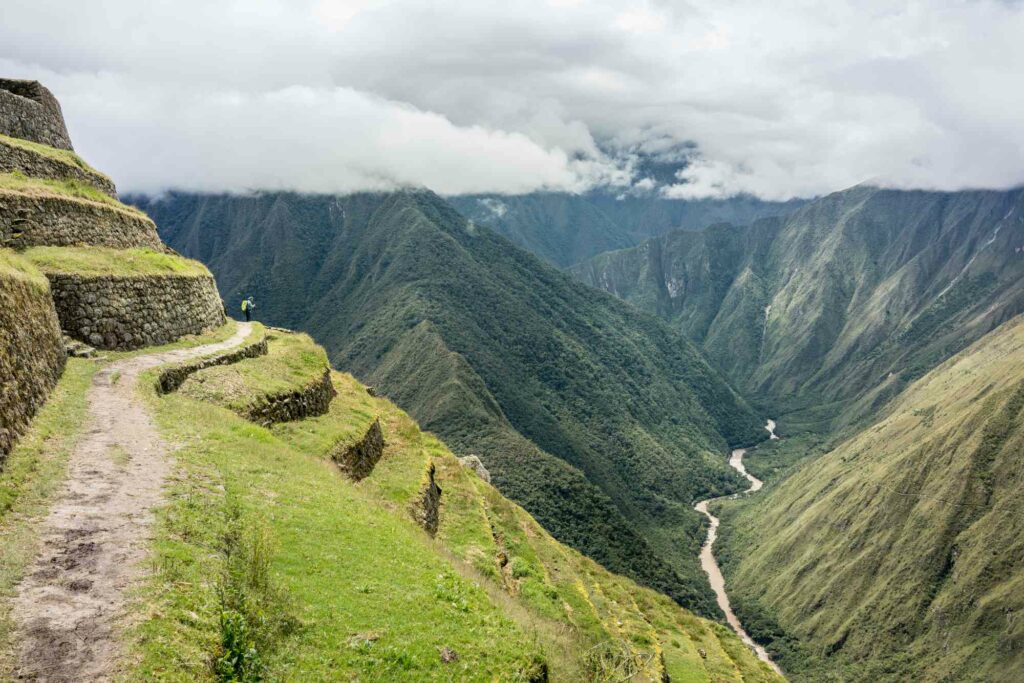
7 day inca trail and cusco trips
7 day inca trail, cusco to machu picchu, / per person.

2-Day Short Inca Trail Trek with Camping
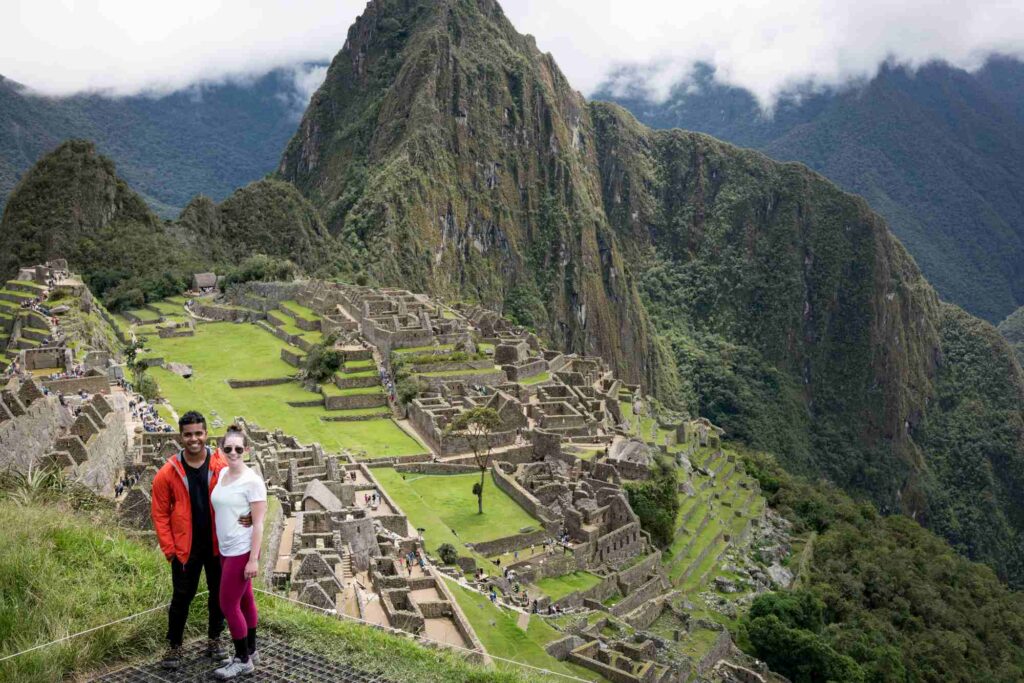
Sacred Valley Tour and Inca Trail 3 Days / 2 Night

Inca Trail Tours
1-day inca trail hike to machu picchu.
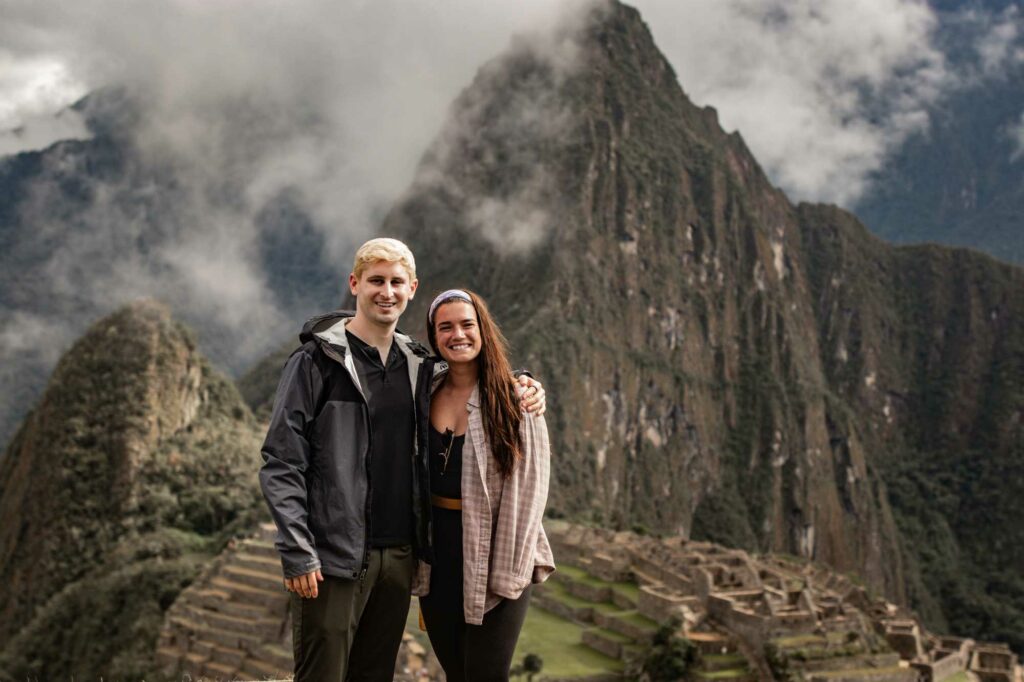
Private Inca Trail Tour 4 Days / 3 Nights
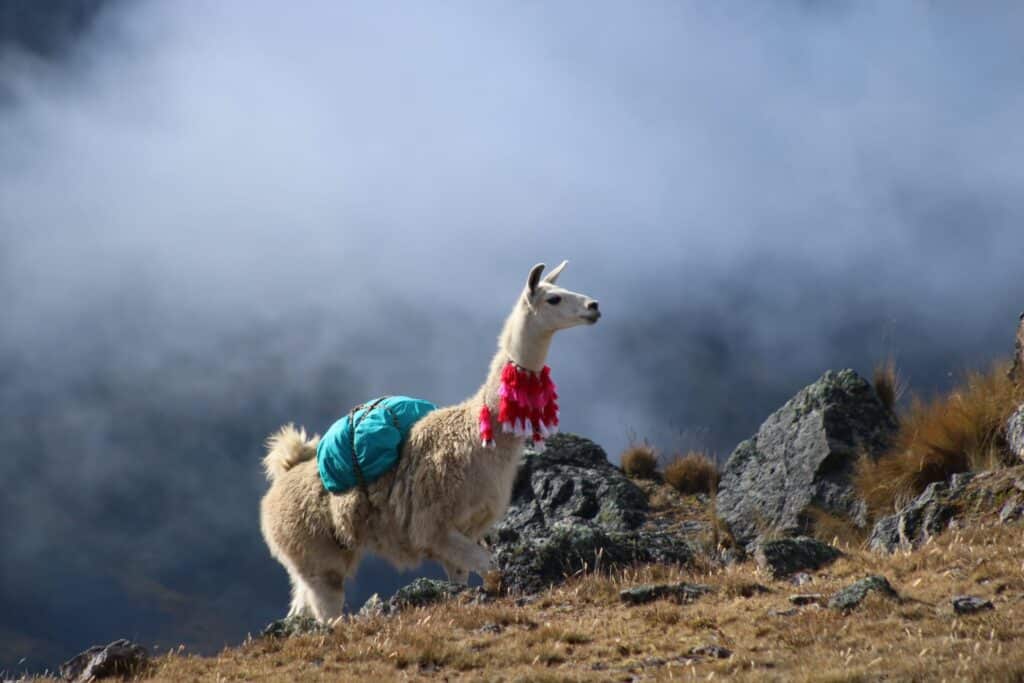
Lares Trail Peru & Inca Trail 5 Days / 4 Nights

2-Day Short Inca Trail Hike to Machu Picchu
The Altitude Experience family of trained and professional staff for the Inca Trail Tour to Machu Picchu are fully committed to developing a personalised service and contributing to the local economy, working hand in hand with our communities for the local and sustainable development of our region, thus improving the quality of life of our community.
- Covid Traveler
- Alternative Treks
- Tours To Machupicchu
- Full Day Cusco
- Tours in Perú
- [email protected]
- Mariscal Gamarra A-12 - Cuzco
Right Reserved © 2022 | Altitude Experience

Inca Trail Treks – Hiking Into Machu Picchu
Experience The “Lost City of the Incas”
Choose Your Adventure!
Book your Trek or Tour
Prepare for your trip
Take the trip of a lifetime!
SELECT A TRIP
The Inca Trail requires permits in order to hike these treks. We recommend booking at least 6 months in advance to secure your spot (only 200 hikers allowed per day)! We offer two main treks, the Classic 4 Day Inca Trail and the Short 2 Day Inca trail , along this famous trail, both including Machu Picchu. Don’t miss the opportunity to explore Cusco and Machu Picchu – a once in a lifetime experience! Contact us if you need some guidance in choosing which trek is best for you!
Killa Expeditions is dedicated to excellent customer service and adventure experiences. We are also proud of the fact we do not charge extra to “upgrade” as we offer the best option included in the price already. There are no hidden meal costs and best of all no booking fees!
CLASSIC INCA TRAIL
4 Days 3 Nights
SHORT INCA TRAIL
2 Days 1 Night
See a full list of our treks and hiking adventures in Peru.
SALKANTAY & INCA TRAIL TREK
6 Days 5 Nights
An epic trek combining the two most popular trails in the region!
INCA TRAIL PERMIT REQUEST
Permits sell out 6+ months in advance. Book yours today!
Check current permit availability – call, text, email, message us, or click below
THE FAMOUS INCA TRAIL TREKS
The INCA TRAIL is the most famous, well-known trek to Machu Picchu. The CLASSIC 4 DAY INCA TRAIL Trek is the most popular trek to Machu Picchu. It traverses original Inca steps ending at the Sun Gate (Inti Punku), the entrance to Machu Picchu city. The 4D/3N Inca Trail trek explores 7 archaeological sites along the way, a variety of flora and fauna, and is rich in history and culture. This trek is 42 km/26 m, goes up to 4,215 m/13,828 ft and is classified as a moderate trek. If you love the idea of trekking the classic way to Machu Picchu and don’t mind crowded trails and campgrounds, then the Inca Trail Trek is the one for you! This trail requires a permit and a limited number of people are allowed to trek per day.
The SHORT 2 DAY INCA TRAIL Trek to Machu Picchu is a shorter and less strenuous way to experience part of the original Inca steps and still end the trail at Machu Picchu via the Sun Gate (Inti Punku).The 2D/1N Inca Trail trek passes 2 archaeological sites along the way, has a variety of flora and fauna, and is rich in history and culture. The 2 day trek is 14km/8.6m, goes up to 2,700 m/8.858 ft, and is classified as an easy-moderate trek with minimal altitude gain. If you love the idea of trekking the classic way to Machu Picchu but want a shorter hike and don’t mind crowded trails, then the 2D/1N Inca Trail Trek is the one for you!
These are easy to moderate treks, not technical, with a few high passes and one cold night. It is essential to be properly acclimatized for this hike, spending at least two days in Cusco (or equivalent altitude) before starting. Minimum passengers necessary for trek departure: 2 people (1 person or private/custom treks possible with extra fee). Maximum trekkers per group: 10 people (special, private party groups can exceed maximum).
CHECK OUR OPEN TREKS
Know which trek or tour you want to go on? Awesome! Check our open, guaranteed group departures!
REQUEST A TREK/TOUR
Don't see your dream trek or tour listed? No worries, we offer daily departures for any trek or tour. Request the trek and date you want here!
Have questions before you book? Get in touch! We are here to help you realize your adventure dreams!
2021 INCA TRAIL PERMITS ON SALE NOW!!!
Want to hike this iconic trail – book yours today.
Don’t miss out in 2021
Permits are limited and spaces go fast. If you want to hike the Inca Trai l Contact Us or choose an alternative trek. Don’t miss the opportunity to explore Cusco and Machu Picchu – a once in a lifetime experience!
The Good Old Fine Print
Itinerary and price changes.
Itinerary is subject to change. Peru is a developing country and because of this the company cannot guarantee that everything will go according to plan. Events may occur that are beyond our control and could force us to change the itinerary (examples: strikes, road blocks, road work, landslides, natural disasters, inclement weather, flight cancellations, train problems, etc). The company accepts no liability for these problems but we will do our best to change the itinerary and ensure the smoothest trip possible. Additionally, sometimes service providers in Peru increase their prices with little or no notice (example: train, flights, entry fees to ruin sites). When this happens will we notify you of the price increase and tour cost change. Please see our terms and conditions for full details.
Travel/Medical Insurance for your trip
Travel Medical Insurance: is required to depart on any trek (including emergency evacuation coverage and high altitude hiking). We also suggest personal travel interruption insurance in the event of inclement weather or other unforeseen circumstances that may arise. Please be sure you have adequate travel/medical insurance to deal with any health emergencies or travel interruption, and associated costs, that might occur. Killa Expeditions is not responsible for losses incurred due to any travel interruption (ex: weather/natural phenomena, missed/delayed/canceled flight, acts of war/terrorism, strikes, pandemics/epidemics, site or trail closures, etc.), passport, visa, family emergency, or illness/medical issues.
Please keep track of all of your personal items at all times. The company is not responsible for loss of personal effects. All trekkers will be required to sign an accident waiver and medical status form prior to departure.
Pre-Trek Briefing
All treks have a briefing the night before departure and all questions can be answered at that time by your guide or office staff. However, any questions you have about the treks before or after booking please feel free to contact us. We also have a lot of information about Cusco that we can provide, hotels and restaurants we can recommend and offer discounts to, and we can also arrange any special, custom travel needs you may have - just ask!
We hold most of our briefings the night before at 7pm (for treks and day hikes) in our office. We will confirm this with you a few weeks prior to departure.
Post-Trek Reports
After each trip or tour, your guide will provide you with a survey report to fill out about your overall satisfaction. Please be honest and make suggestions where you feel they are warranted, but please do be realistic and keep in mind you are in a foreign, developing country with different cultural values and not everything you have grown accustomed to and expect in your country is available here. If you have questions please do not hesitate to contact us.
Terms and Conditions
SUMMARY: Highlights of the key points, please see below for full terms and conditions
Multi-day treks & Train Tours: A deposit is required to secure your spot and is non-refundable. It is used to purchase non-refundable items such as train tickets, Machu Picchu entrance tickets, etc. The balance of the trek/train tour is due within 60 days prior. If you book your trek within 60 days the full amount is due. If you pay the deposit only upon booking, please note that our system will auto-debit the card on file the next day.
Day Tours & Day Hikes: The full cost of the tour/day hike is required at time of booking. 50% of this is non-refundable. The balance of the tour (if any) is due within 60 days prior
Cancellations : Initial deposit is non-refundable . You may cancel your booking by notifying Killa Expeditions or Agent used and the applicable cancellation fees shall be determined based on when the request is received by Killa Expeditions or Agent. (a) Cancellation received 60 days or more before departure of the first Product to depart in relevant booking: 60% of the Product total shall be refunded to you (Inca Trail excepted where 25% of the Inca Trail product total shall be refunded to you). (b) Cancellation received 59-30 days before departure of first Product to depart in relevant booking: an amount equal to 25% of the total Product shall be refunded to you. (Inca Trail excepted where no refund is payable). (c) Cancellation less than 30 days before departure of first Product to depart in relevant booking: no refund shall be payable to you.
The minimum number of trekkers required for departure is 6 (7 for the 4 Day Classic Inca Trail) for the price quoted online. If the minimum is not met within 2 weeks of departure, Killa Expeditions reserves the right to offer the 1-2 paid trekkers the option of 1) paying the difference to take a private trek, 2) transferring their payment to another trek with more trekkers booked, or 3) cancel the trek and provide a full refund. Please contact us with questions.
Please note itineraries are subject to change for a variety of reasons (safety, weather, natural phenomena, strikes, etc). For example: if the weather is very poor the trail could be dangerous and we may have to cancel or alter the itinerary and may be able to substitute another trek/tour instead, depending on the circumstances.
Please be advised that due to COVID19 pandemic and any subsequent variants - there may be border closures, quarantine measures, changes in entry requirements, etc. We will do our best to change your trek to a different date if issues arise that are outside of our control on our end. Please note you may also be required to show proof of a negative COVID19 test within 72 hours of departure and potentially a vaccination card once vaccines are widely available. As these terms change we will alert travelers to the new regulations.
For Full Terms & Conditions please see the policy linked at the bottom of our website in the footer. It is also available here: https://killaexpeditions.com/terms-conditions-peru/
COVID 19 Practices
We take your health and that of our staff very seriously. We adhere to the recommended rules as outlined by the Peruvian Government, including border closures, trail closures, face-covering orders, quarantine orders, negative COVID19 test results, and the eventual need for proof of COVID19 vaccination. We have instituted a number of increased hygiene precautions for food preparation and treks/tours outlined below. Face coverings will be worn at all times by the guide/staff and are required of guests in towns and ruin sites and anywhere else it is mandated per Peruvian rules. Social distancing will be observed to the best of our ability, especially along the trail if you wish to remove face coverings while hiking. Increased hand hygiene will be practiced and temperatures checked daily. Anyone exhibiting COVID19 symptoms will need to self-quarantine.
Machu Picchu has been declared a Safe Travels destination. In line with the good news that Peru is opening to a wider range of international visitors, we have updated our safety protocols to help keep you safe while you are travelling with us.
Trips will take place in small groups (8 people per group, including guide), and according to the instructions we receive from the Ministry of Tourism. All of our transport will continue to be private services.
Our guides, drivers, and representatives:
- Will wear masks and use antibacterial gel at all times
- Will be monitored continuously with temperature and symptom checks. If anyone has symptoms, they will be obliged to rest and recover, and substituted with other staff members
We will ensure social distancing by:
- Keeping 1-meter distance between passengers when boarding vehicles.
- Restricting physical contact between our staff and customers.
To add to your packing list:
- Cloth or medical face masks
- Face shields
- Alcohol-based hand sanitizer (at least 60% alcohol)
- Disinfectant wipes (at least 70% alcohol) for surfaces
- Digital thermometer
We recommend the following steps to protect yourself and others when you travel:
- Always maintain a distance of 6 feet (2 meters) between you and others
- Avoid crowds
- Wear a face mask and a face shield
- Avoid touching your eyes, nose, and mouth
- Cover coughs and sneezes
- Do not travel if you are feeling sick
- Disinfect your hands often. It’s especially important after going to the bathroom, before eating, and after coughing, sneezing, or blowing your nose
- Wash your hands often with soap and water for at least 30 seconds
- If soap and water aren’t available, use a hand sanitizer that contains at least 60% alcohol. Cover all surfaces of your hands and rub your hands together until they feel dry
With our updated protocol, we hope to offer you a safe stay without compromising on our excellent service. We will continue adapting our standards according to the recommendations of health experts.
The Inca Trail 2D is open again as of Nov 2020 with a capacity of 150 people per day (down from 500).
We do not have confirmation as yet for the Classic Inca Trail 4D but we will keep you posted. There are vulnerable communities along this trail and they are being closely monitored by the Peruvian Government.
The minister has informed that only 675 people will be allowed inside Machu Picchu per day, which is 30% of its capacity pre-pandemic.
Visitors will enter in groups of 8, with a tour guide, and will need to maintain a distance of 1.5-2 meters apart. V isitors will only be permitted entry when accompanied by a professional guide and have their tickets booked through a registered travel agent, such as Killa Expeditions.
All of the above information is subject to change. Right now Peru has opened its borders to most countries but we recommend checking specifics for your country as these are updated regularly.
Wishing you happy and safe travels!
Blog Post: https://killaexpeditions.com/covid-19-travel-safety-protocols-with-killa-expeditions/
WE MAKE BOOKING YOUR ADVENTURE EASY!
How to Book: once you choose a trek or tour there are several easy ways to book with us!
Check the Calendars: view the Calendar for each trek/tour above by clicking the book it now button for your selected adventure. Select the date that works for you and book using our seamless, secure online system. Also, see some of our open group treks listed above for guaranteed departures.
Request a Trek or Tour: If your adventure or desired date is not listed on the calendar - request it via our online system or by contacting us. For the Inca Trail - please email us to request this trek at least 7 months in advance as permits need to be checked prior to booking. We can depart on any trek on any date with a minimum of 2 people!
Contact us: Don't want to book online? Have a private group or want to build your own adventure? We can help you book over the phone. Give us a call at +1 (619) 736-TREK or drop us a line at [email protected] and leave your number and we will call you back!
Specialty Trips - got a group that needs something special? Want a vegan menu? Need a Sign Language interpreter ? Want a Doctor on your trek? Have a corporate or charity event to plan? Looking to go on a specialized Photography tour? Want a taste of Peru customized all-inclusive holiday? Hankering to do some charity work ? Want to build your own trek and tour adventure to see the best of Cusco? Want to do yoga or meditation on t he trail? We specialize in alternative and custom trips and can arrange all this and more, just ask!
Book it! - In order to secure your spot on one of our adventures we require a 400 USD deposit (to cover permits, train tickets, entrance fees, hotels, etc) and a copy of your passport bio page for any trek. Please note that this is non-refundable.
Confirmation email - will be sent out after you've booked your trek/tour.
Trek/tour details - will be sent to you via email (itinerary, things to bring, terms and conditions, waivers to sign)
Phone call or video chat - we like to connect with each and every one of our guests to ensure all questions have been answered and that you have an incredible experience! Let us know if you'd like to schedule a call or video chat? If you're local (San Diego) we are happy to give an in-person talk to your group!
Reminder email and Trip payment - will be sent to you prior to your trek/tour date and the balance of the trip cost will be auto-debited via the reservation system 60 days prior to departure.
Pre-Trek Briefing - Once you are in Cusco, prior to your trek departure date, your guide will provide a pre-trek briefing to explain the ins and outs of the trek and answer any questions you may have.
Prices/Payment - Prices listed on the website are valid for 2021 and are per person for groups of 6-10 guests for alternative treks or 7-10 guests for Inca Trail treks. Prices for smaller groups, private or custom trips differ. Please see each trek/tour webpage or contact us for details. To reserve your spot on one of our treks we require a non-refundable 400 USD deposit, with the balance due 60 days prior to departure. The balance will be auto-debited via our system using the card on file. You are able to log into your invoice via your original confirmation email at any time and make payments, change payment card, etc. If you would like to pay another way just let us know!
Don't Be Shy
If we didn’t answer all of your questions, feel free to drop us a line anytime.

Stay Connected
Join our mailing list to receive the latest updates and special offers
You have Successfully Subscribed!
Permit update: 2021 and 2022 on sale for both 4 day classic inca trail and, 2 day short inca trail .
4D/3N Inca Trail Permits are now open! On sale for 2021 and 2022. Contact Us to secure your spot
2 D/1N Inca Trail is open and on sale! Contact Us to hike this iconic trail! Combine it with another trail (like Rainbow) to make it the perfect blend of remote and classic trails!
Get in touch if you want to trek this iconic trail in 2021 or 2022!
DROP US A LINE!
Don’t want to book online? Have a private group or want to build your own adventure? We can help you book over the phone. Give us a call at + 1 (619) 736-TREK or drop us a line with your number and we will call you back!
Email Address
Username or E-Mail
Enter something special:
Forget Password?
Do not have an account?
Already a member.
- Tambopata Ecotour 3 Days
- Tambopata Ecotour 4 Days Top!
- Sandoval Lake Lodge 3 Days Premium
- Sandoval Lake Lodge 4 Days Premium
- Challenge Inca Trail 1 Day
- Short Inca Trail 2 Days
- Classic Inca Trail 4 Days
- Ancascocha Trek + Classic Inca Trail 7 Days
- Salkantay + Inca Trail To Machu Picchu 7 Days
- Lares + Inca Trail To Machu Picchu 5 Days Top!
- Ausangate + Rainbow Mountain 2 Days Premium
- Ausangate + Rainbow Mountain 3 Days
- Ausangate + Rainbow Mountain 4 Days
- Rainbow Mountain To Ausangate 7 Lakes 4 Days Premium
- Ausangate + Rainbow Mountain 5 Days Premium
- Classic Ausangate Trek Circuit 5 Days Premium
- Ausangate + Rainbow Mountain Trek 6 Days
- Ausangate Trek & Sibinacocha Lake 7 Days Premium
- Ausangate Images
- Ausangate Trek To Machu Picchu 3 Days Top!
- Ausangate Trek To Machu Picchu 4 Days Top!
- Machu Picchu & Rainbow Mountain Trek 4 Days Package
- Ausangate & Rainbow Mountain + Short Inca Trail 4 Days Premium
- Ausangate & Rainbow Mountain + Short Inca Trail 5 Days Premium
- Machu Picchu Tour To Ausangate Trek 6 Days Package
- Ausangate Trek To Machu Picchu 7 Days Top!
- Ausangate Trek To Machu Picchu Tour 8 Days Premium
- Machu Picchu Tour By Train 1 Day Top!
- Machu Picchu Tour by Train 2 Days
- Machu Picchu And Rainbow Mountain 4 Days New!
- Sacred Valley and Machu Picchu Tour 2 Days Top!
- Machu Picchu Images
- Salkantay Trek Imperial 8 Days Package
- Lares Trek To Machu Picchu 6 Days Package
- Machu Picchu & Ausangate Trek 6 Days Package
- Machu Picchu & Rainbow Mountain 4 Days Package
- Salkantay Trek To Machu Picchu 3 Days
- Salkantay To Machu Picchu 4 Days Economic
- Salkantay To Machu Picchu 5 Days Economic
- Salkantay + Inca Trail & Machu Picchu 7 Days
- The Salkantay Trekking Imperial 8 Days New!
- Choquequirao Trek 4 Days Premium
- Choquequirao Trek 5 Days Premium
- Choquequirao And Machu Picchu 7 Days Top!
- Choquequirao Trek To Machu Picchu 8 Days
- Choquequirao Trek To Machu Picchu 9 Days
- Ancascocha Trek To Machu Picchu 4 Days Top!
- Ancascocha Trek & Machu Picchu 5 Days Premium
- Ancascocha, Inca Trail, Machu Picchu 5 Days
- Ancascocha, Inca Trail, Machu Picchu 7 Days
- Lares Trek To Machu Picchu 3 Days
- Lares trek To Machu Picchu 4 Days Top!
- Lares + Inca Trail To Machu Picchu 5 Days Premium
- Sacred Valley, Lares To Machu Picchu 6 Days
- Huchuy Qosqo Trek 1 Day
- Huchuy Qosqo Trek 2 Day
- Huchuy Qosqo Trek To Machu Picchu 3 Days Top!
Inca Jungle Tour To Machu Picchu 3 Days
- Inca Jungle Trek To Machu Picchu 4 Days Top!
- Inca Jungle Trail Plus Llactapata 4 Days
- Inca Quarry Trail 1 Day Hike
- Inca Quarry To Machu Picchu 4 Days
- Moonstone Trek To Machu Picchu 5 Days
- Amazon Jungle
- Our Porters
- Travel Reviews
- Our Hiking Gear
- Booking Policies
- All Photos Of Peru
- Machu picchu Ticket
- How To Make a Booking
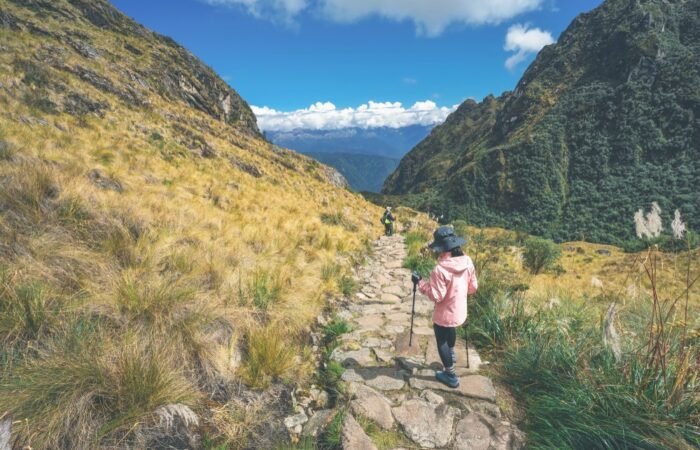
Inca Trail Treks Packages
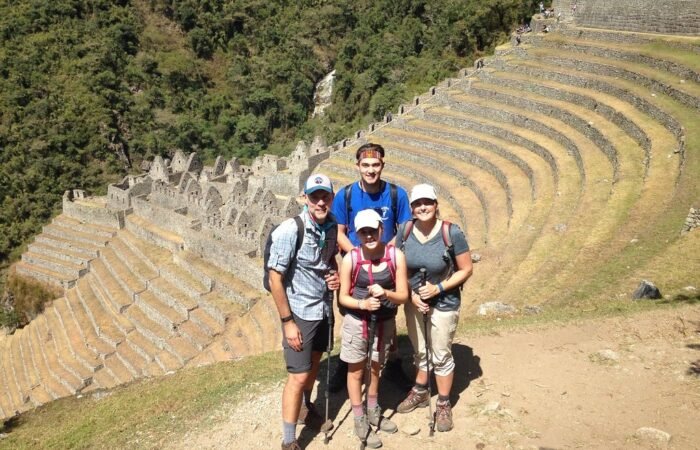
Inca Trail Combinations
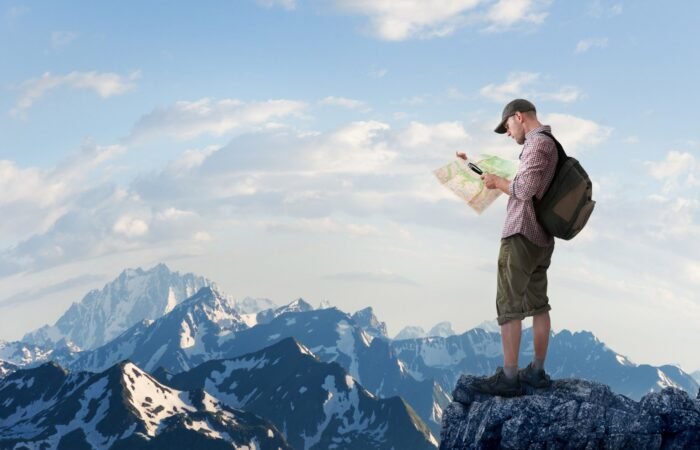
Packing list

All Packages
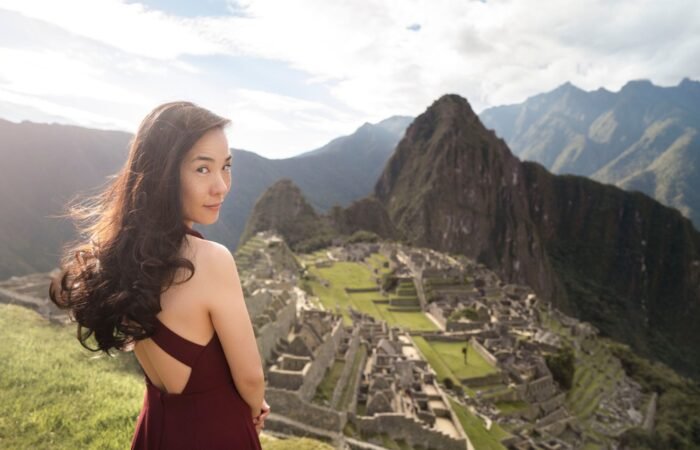
Ausangate Trek
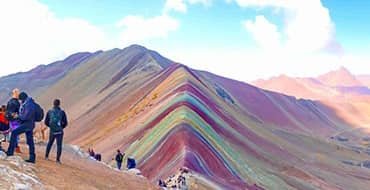
Rainbow Mountain

Salkantay Trek
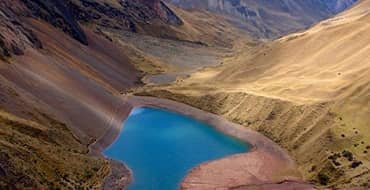
Ancascocha Trek
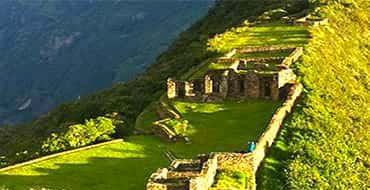
Choquequirao Trek
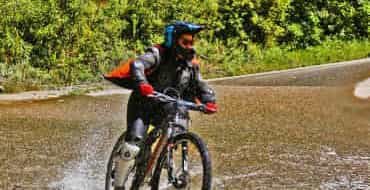
Inca Jungle Trail
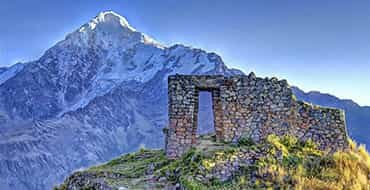
Inca Quarry Trail
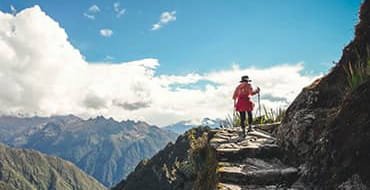
Moostone Trek
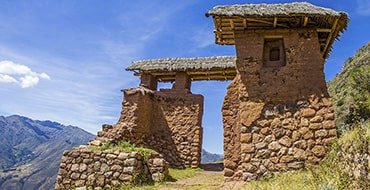
Huchuy Qosqo Trek
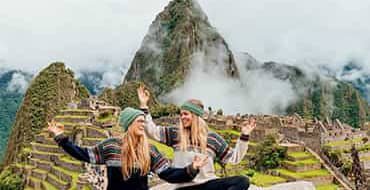
Machu Picchu Tours
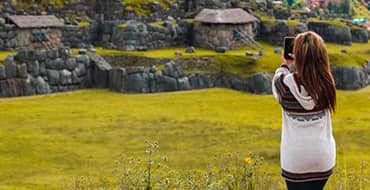
Cusco Day Tours
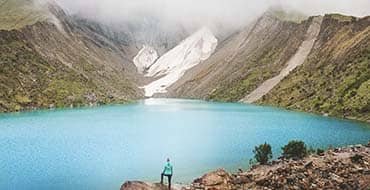
Cusco Day Hikes
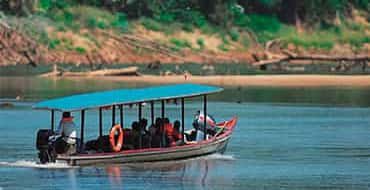
Sandoval Lake Tour 4D
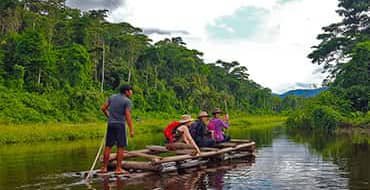
Tambopata Tour 3D
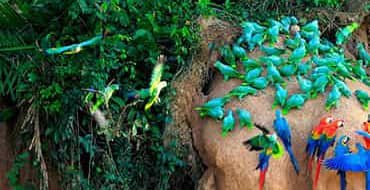
Tambopata Tour 4D
Inca jungle trek to machu picchu.

EXPLORE THE INCA JUNGLE
The adrenaline pumping way to hike to machu picchu..
The Inca Jungle Trek is the ultimate trip for adventure lovers. It combines cycling and walking through some beautiful areas of Cusco. You’ll come across many sites and paths just like those on the Inca Trail.
Witness the changing climate as you head down on bicycles from the Abra Malaga at over 4,000 masl winding and descending to the start of the jungle in Cusco. Let your exciting journey take you all the way to the New Seven Wonder of the World, Machu Picchu.
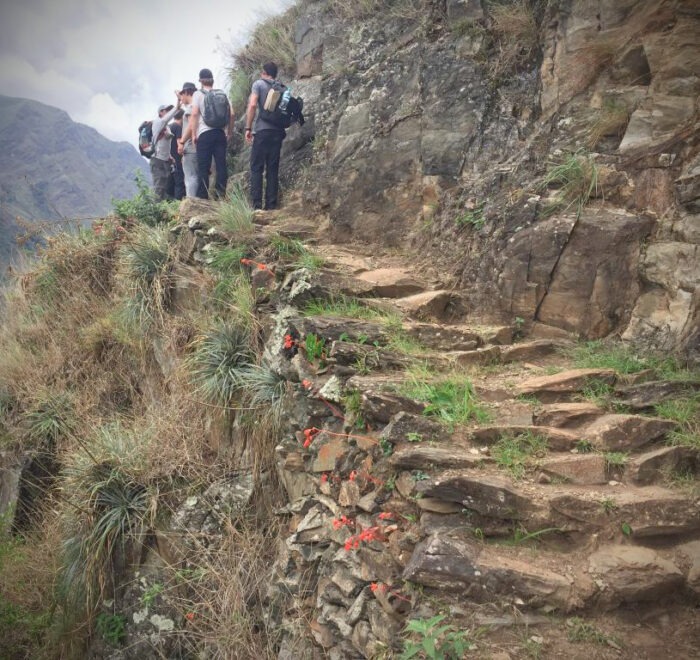
Inca Jungle Tours
The trek tends to be four days and three nights long and runs between mountains, valleys, and rivers, combining hiking and downhill biking. Check out the tours on offer for this thrilling route right here.
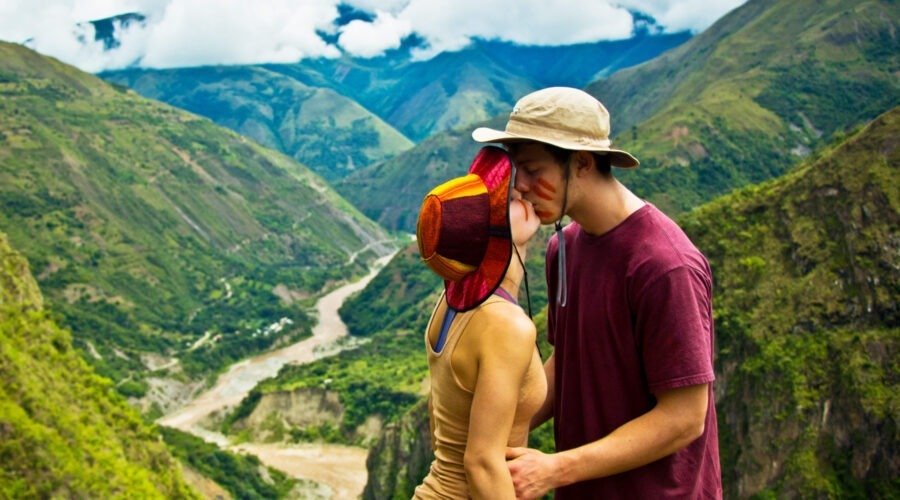
Inca Jungle Trek To Machu Picchu 4 Days

Inca Jungle Trail Plus Llactapata To Machu Picchu 4 Days
Inca jungle travel guide.
Before You Go, What You Should Know
INCA JUNGLE HIGHLIGHTS
- Enjoy the thrilling bicycle ride downhill to the jungle.
- Take in the stunning surroundings of the landscape.
- See parts of the original Inca Trail.
- Witness incredible Inca archaeological sites.
- See Machu Picchu from a distance the day before you arrive.
- Discover the mysteries of Machu Picchu.
WHAT TO EXPECT ON THE TRAIL
Knowing what to expect will help make your decision easier, so we’ve come up with some aspects to aid you to make your choice.
A Thrilling Bike Ride
For those who love to feel the wind rushing through their hair as they ride down a winding road from a cold, high altitude, this is a great choice. It’s a real thrill and is just fascinating to see the surroundings change as you go further and further down.
Stunning Landscapes
As you’ll be cycling from high up, you’ll get some of the most wonderful views over the ever-nearing jungle below. The luscious green scenery is the perfect backdrop for your bike ride, hike, and photos.
To Learn a Lot
There’s no doubt that on this route you’ll learn a lot about the surroundings. You’ll see exotic plants and wildlife as well as get to know more about the Incas history. Your guide will give you plenty of information and feel free to ask whatever you like.
Something Different
Most of the routes to Machu Picchu include just hiking; this is something different and offers a more exhilarating adventure with the bikes.
Feel the Heat
In contradiction to most of the other tours, you don’t spend much time in the colder climate regions on this trek, hence the name. Be ready to feel hot a lot, so light and thin clothing is a must to make sure you feel comfortable.
Get Bitten by Bugs
The jungle is full of bugs that love to bite. To make sure you get bitten as little as possible, you should make sure you take plenty of repellent as well as long-sleeved shirts and pants rather than shorts.
WHERE IS INCA JUNGLE?
The Inca Jungle trek takes place in the La Convencion province of Cusco. To get to the starting point you’ll travel around 2-2.5 hours from the city of Cusco. It’s a beautiful trail through the jungle region to Machu Picchu.
DIFFICULTY LEVEL
This trek is relatively difficult. The reason being that you’ll need to take care when riding the bikes as you go along a road where cars are also passing from Cusco to Quillabamba. The changing climate can make things tough as well as the terrain and ascents and descents. Expect a moderate to challenging trek overall.
PACKING LIST FOR THE INCA JUNGLE
Make use of this packing list to make sure you have everything you need and don’t get stuck in the middle of the trek without the necessities.
- Sunblock, hat, and sunglasses for the strong Andean sun
- Warm clothes for the bike ride
- Thin layers that you can take off and put on easily
- Hiking boots or shoes
- Walking poles
- Sleeping bag
- Bug spray/repellent
- Water bottle (not plastic)
- Sandals/flip flops for the campsites
- Cash in small denominations
- Waterproofs or poncho
- Good quality camera
- Machu Picchu and train tickets
- Personal medication
INCA JUNGLE TIPS
To help you prepare for your jungle adventure, we’ve got some tips for you.
- Go on bike rides and treks at home as often as you can to prepare your body for the trip. Try to make these at higher altitudes and over a few days to get better accustomed to the same style.
- Implement daily exercises and stretches into your routine to build muscles.
- Look into ways you can help altitude sickness. Your doctor at home may be able to prescribe you some pill just in case.
- This trek will be hot and there’ll be lots of bugs around, too. Make sure you have long sleeved tops and pants, but also that they’re thin and cooling. This way you’ll avoid being bitten but stay cool at the same time.
- Drink plenty of water along the route. The higher altitude and warm climate will ake you thirsty often. We recommend a camelbak or bottle (not plastic) that you can refill at every stop.
- Stay in Cusco or the Sacred Valley of the Incas for 2 or 3 days before you leave for the trek to be better acclimated.
- Don’t rush the trek. Go at your own pace to avoid feeling tired.
RECOMMENDATIONS
The following recommendatoins are to help you with planning the trek and to make sure you feel ready.
Book Beforehand
To avoid disappointment upon arrival in Cusco, we suggest you book well in advance. This way we can guarantee we’ll have guides available and a group ready to go. Last minute plans can mean we don’t have the date available that you’re after.
Check the Season
The best time to enjoy this trek is in the dry season, from May to October. The trip is available in rainy season but it can mean that the roads and trail are slippery and a little more dangerous.
Get Insured
You’ll need to make sure you have travel insurance that includes adventure activities for this trip. Many companies won’t let you travel with them without it, and healthcare in Cusco isn’t cheap if you do end up needing it.
Take Care When Packing
Packing well means you won’t be stuck without something you need in the middle of the trail, especially tickets for the train and Machu Picchuand passport, as you won’t be able to ener without these. Use our list to make sure you have everything you need. You also want to be careful of the weight as you only have an allocated amount.
Prepare for the Altitude
The altitude can really affect how you feel the first few days. Take things slowly and use some local remedies to help you including coca tea. If all esle fails, oxygen is available at most pharmacies in the city centre.
Circuit Related to Inca Jungle Trek

Proceed Booking
Already a member.
Username or E-mail
Don't have an account? Create one.
Or continue as guest.

- Salkantay Trek
- Inca Jungle Trek
- Huchuy Qosqo Trek
- Ausangate Trek
- Vilcabamba Trek
- Choquequirao Trek
- Huayna Picchu
- Altitude Sickness
- Packing List
- Humantay Lake
- Lake Titicaca
- Nazca Lines
- Rainbow Mountain
- Get A Trek Quote
2-Day Inca Trail – The Ultimate Short And Sweet Route To Machu Picchu
Do you dream of entering Machu Picchu through the Sun Gate but are short on time and / or worried about your fitness levels?
The 2-Day Inca Trail is for you!
Spend one-day hiking and appreciating the Andean wilderness. Visit hidden Incan ruins and arrive at Machu Picchu in the style of Incan royalty.
In this article, we will take a look at the selling points and typical itinerary of the short 1-2 day Inca Trail.
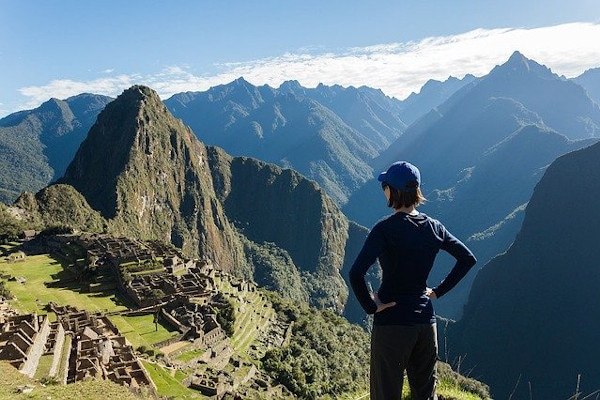
Get an Inca trail trek quote
Start planning your Machu Picchu hiking holiday.
2 Day Inca Trail - Everything You Need To Know To Get To Machu Picchu Quicker
The 2-day Inca trail starts at KM104 (located in the middle of our handy route map below) at an altitude of 2,200m / 7,218 ft. From there, trekkers follow a one-day route via Wiñay Huayna (2,650m / 8,694 ft) to Machu Picchu (2,430m / 7,972 ft). Most tours include a ticket and guided tour of Machu Picchu for the second day of the trek.
You may also like:
- Activities in Machu Picchu
- Interesting Machu Picchu Facts
- Machu Picchu Trip Cost
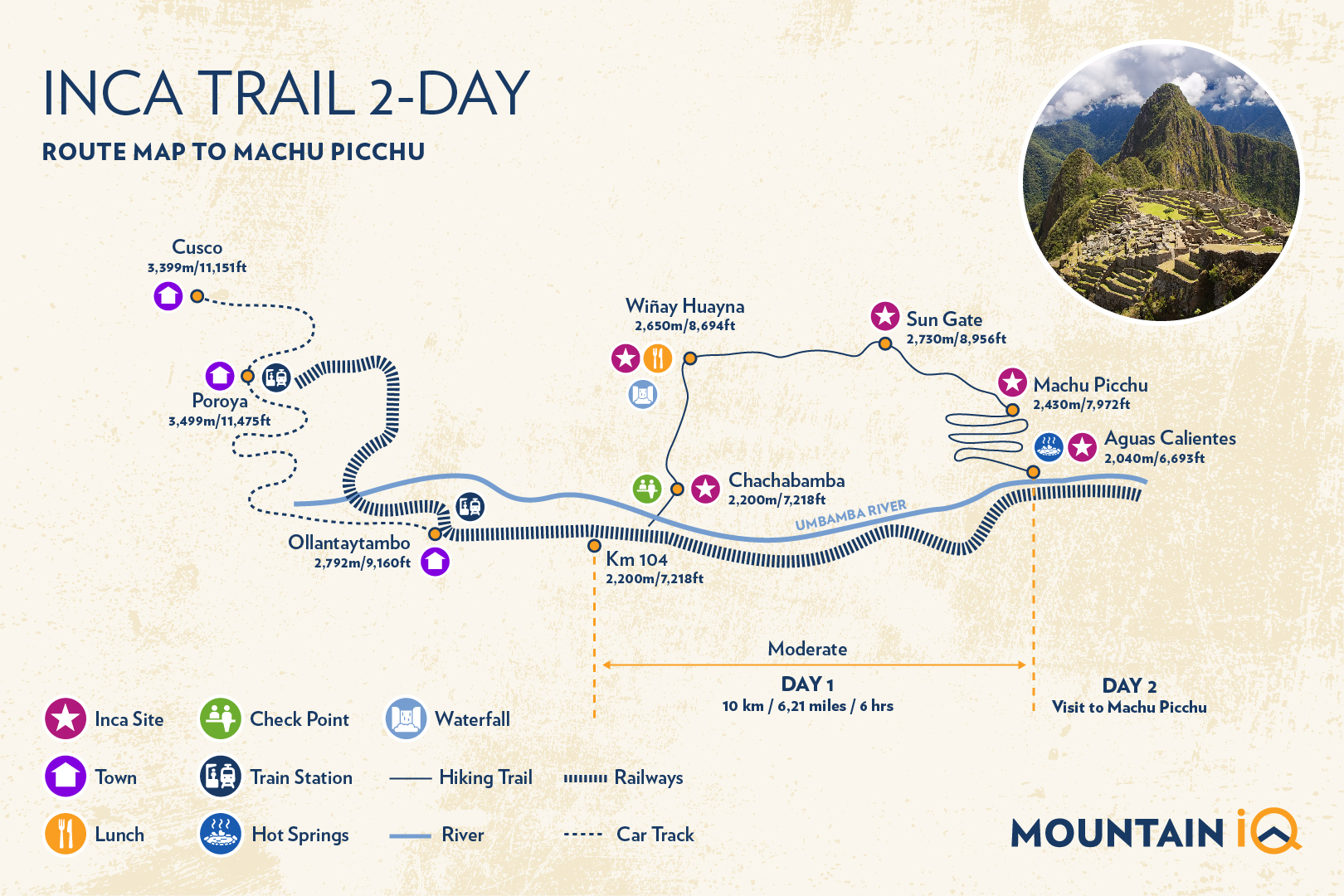
A typical 1-2-day Inca Trail trek begins along KM104 (located in the middle of the route map).
In total, you will be hiking 6,21 miles / 10 kilometres, all on the first day. For this reason, the route is sometimes called a one-day Inca Trail.
Acclimatization is less of an issue on this Short Inca Trail as the highest altitude reached is just under 2,700m at Wiñay Huayna. This is well below the altitude you would have acclimatized to in Cusco , which is situated at 3,399m / 11,151 ft.
Looking for a day tour? Here are my 5 favourite day tours around Cusco:
- Rainbow Mountain day trip (with meals)
- Moray and Salt Mines Quad Bike Tour
- Sacred Valley day tour
- Humantay Lake day tour
- Machu Picchu and Huayna Picchu entrance tickets
See more Cusco day trips .
Why Hike the Inca Trail in 2 Days?
The Short 2 Day Inca Trail (aka the ‘one day route’, ‘two-day hike’, ‘Sacred Trail’ or ‘Camino Real de Los Incas’), is ideal for trekkers who don’t have much time. It is also for those who would like to do some light trekking that doesn’t result in tired legs and blisters!
Here is our handy altitude profile for the 2-day Inca Trail below to give you a better idea of what elevation to expect during your trek.
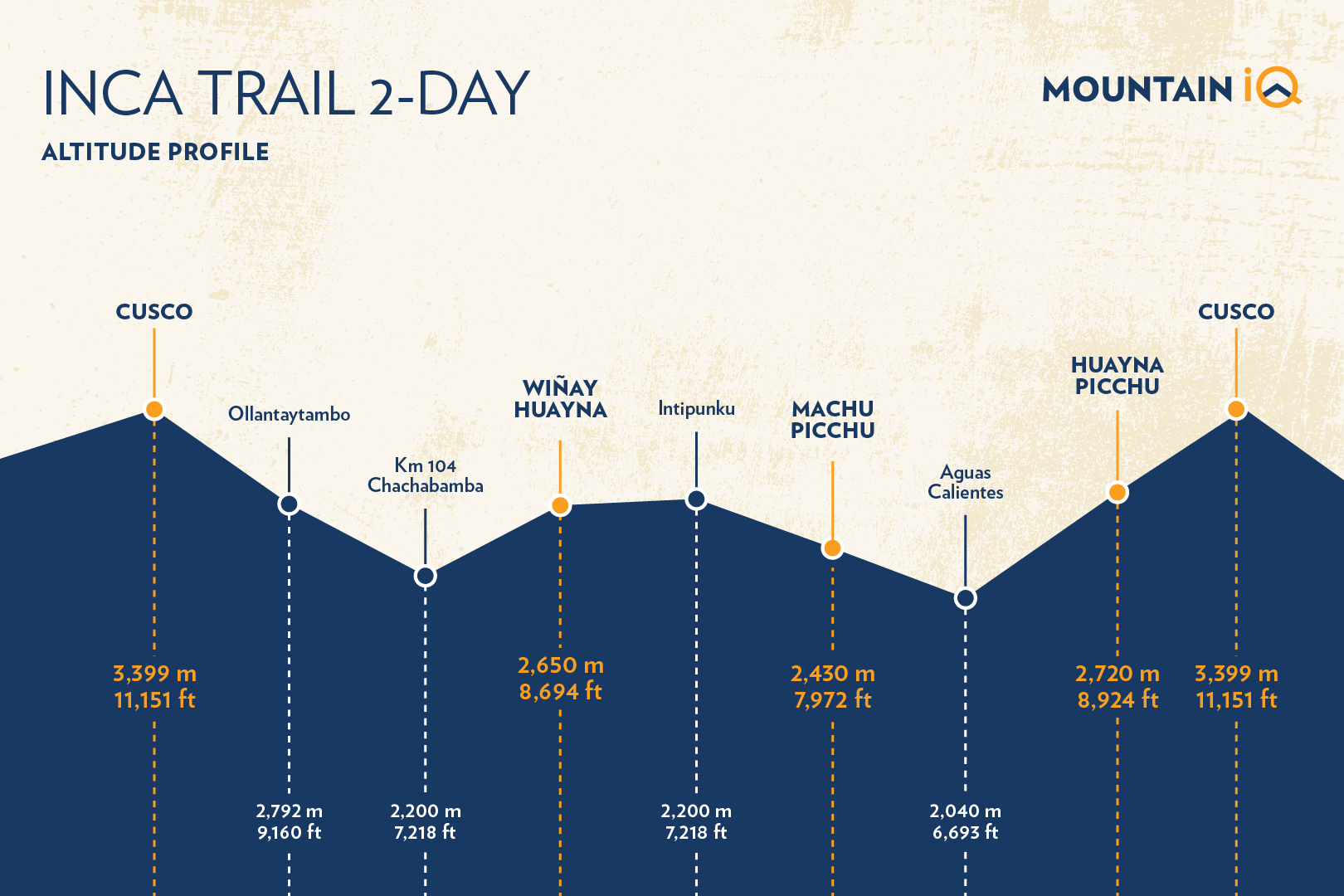
The 2 Day Inca trail can also be hiked all year round. Unlike the Classic Trail, it is not closed in February. Best of all, you will get to enter Machu Picchu through the Sun Gate (2,730m / 8,956 ft) at the end of this trek. This is the same experience as for those ending the 4-day Inca Trail .
- Ultimate Guide to the Inca Trail
- Hiking the Inca Jungle Trek
Where to stay? Here are 5 of my favourite accommodation options in Cusco:
- Sonesta Hotel (great 4 star hotel)
- Antigua Casona San Blas
- El Mariscal Cusco (very good value)
- Hotel Paradis (good 3 star hotel)
- Quechua Hostal Recoleta (cheap and cheerful)
See more Cusco accommodation options .
What You Need To Know Before Booking The 2-Day Inca Trail
Like the Classic Trail, the 2 Day Inca Trail is regulated. You will need to book with a registered Inca trail trekking agency . Secure your dates well in advance as permits sell out quickly .
In the past, hikers could split this one-day trek into 2 days. A basic hostel was situated at Winay Wayna which provided an option to stay over. Sadly, due to very poor upkeep and a ton of complaints, the hostel was closed at the end of 2014.
If you have very limited time, it is possible to complete the hike and visit Machu Picchu on the same day. You can also add-on a hike up Huayna Picchu or Machu Picchu Mountain.
Booking Tips: Make sure that you book your Huayna Picchu or Machu Picchu Mountain tickets well in advance as these tours are very popular and tickets sell out very quickly.
Even though this is the shortest hiking option for the Inca Trail, it is no walk in the park. The trail is moderately difficult with a few steep ascents. You should be healthy and fairly active to sign up for the short Inca Trail.
See more in our guide on how to train for the Inca Trail .
Let's look more in depth at a Typical Short Inca Trail Itinerary.
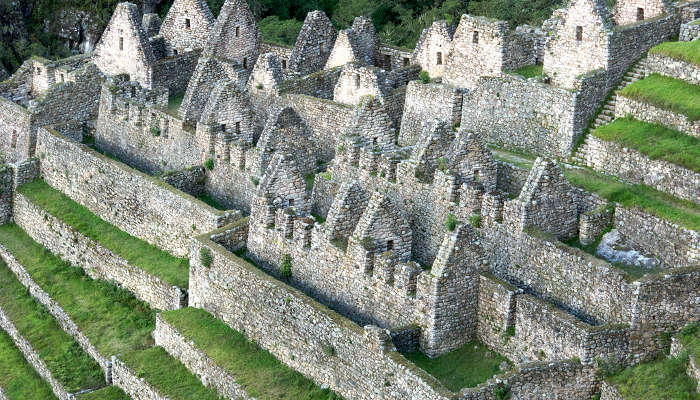
Wiñay Wayna, an Inca site near the final campsite of the same name, is located on the Inca Trail.
Day 1: KM104 – Winay Wayna – Machu Picchu – Aguas Calientes
Day 1 starts with an early train ride from Cusco into the Sacred Valley. Your hotel pick-up may be as early as 4 am to get to the train station in Ollyantambo (2,792m / 9,160 ft) by 6 am. The train takes you to the starting point on KM104 (named as such as it is 104km by train from Cusco).
The 1.5hr train journey is very picturesque. You will get to see the amazing snow-capped peaks of the Urubamba Mountain range.
You will disembark the train at KM104. From here, you will cross a bridge over Rio Vilcanota and head towards the first stop, Chachabamba (2,200m / 7,218 ft). This Inca ruin was discovered in 1940 and was likely used as a religious administrative center and checkpoint guarding the Eastern side of Machu Picchu.
After a brief tour of Chachabamba, you will continue up a cloud-forested trail towards Winay Wayna. At this point, the Short Trail joins the Classic Inca Trail .
Wiñay Huayna is a good 2–3-hour hike from Chachabamba. Expect to climb 300 vertical meters (about 984 feet), most of which ascend up stone steps. Some people will start feeling the altitude at this point.
See more in our guide on proper acclimatisation and effective ways to prevent altitude sickness .
There is a waterfall between Chachabamba and Wiñay Huayna. This is a greener, more jungle-like part of the trail and the perfect spot for a lunch break.
At Wiñay Huayna, your guide will show you around the ruins. The structures were likely used for food storage and as a final ritual point on the pilgrimage trail. The amphitheater-style terraces are some of the most impressive Inca Trail ruins. Nearby is the last campsite (of the same name) for folks on the Classic Trail.
After a quick tour of the Wiñay Huayna ruins, you will continue along the contour path that leads toward Machu Picchu.
After trekking for another 2 hours, you will reach a steep and stoned Inca staircase. The stairs lead to Inti Punku (the Sun Gate) – prepare yourself for an amazing view of Machu Picchu at the top.
The first day is only a brief visit to Machu Picchu. From here, you will be transported to Aguas Calientes (the town in the valley below Machu Picchu) situated at 2,040m / 6,693 ft. Depending on the package you booked, you will spend the night in a hotel or hostel in Aguas Calientes .
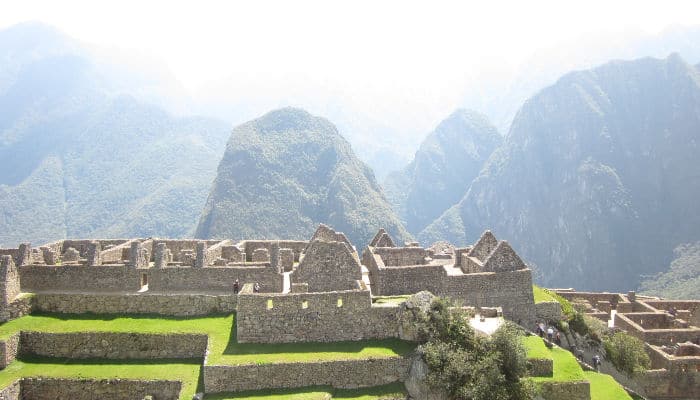
Machu Picchu with Putukusi (aka Happy Mountain) seen in the background.
Day 2: Aguas Calientes – Machu Picchu – Cusco
The following day, you will wake up relatively early to catch a bus back up to Machu Picchu. Your guide will take you on a full 2–3-hour tour of the Citadel. If you still have the energy, you have the option of walking to Machu Picchu. This is a fair walk of 5.5miles / 8.9km, so I recommend getting started around 6 am.
Many trekkers select to climb Huayna Picchu or Machu Picchu Mountain on this day. This additional activity is only recommended to people who have the energy. It is also not recommended for those afraid of heights (get Huayna Picchu tickets here ).
Permits for both mountains are limited. Inform your tour company at the time of booking your trek that you would like to climb either mountain.
After exploring Machu Picchu for the whole morning, you will make your way back to Aguas Calientes. Choose between taking the bus (30 minutes) or by walking (∓2 hours). You will once again catch the train to Ollantaytambo. From here, you will be transported by bus or car back to Cusco, arriving back at your hotel around 19:00.
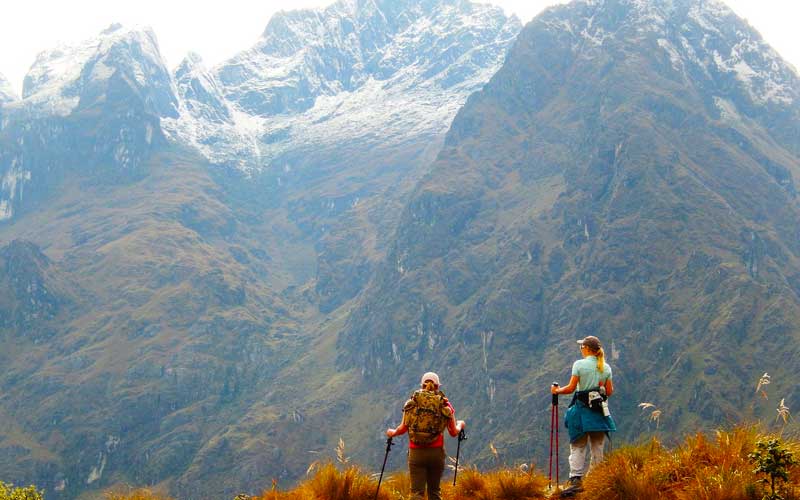
Short Inca Trail To Machu Picchu FAQs
How long is the short inca trail to machu picchu.
The 2 Day Inca Trail is 10km or 6,21 miles long. Most of the trekking for this route is done on the first day. It takes most hikers about 6 hours to reach the end of the 2-Day Inca Trail.
How Much Does the 2-Day Inca Trail cost?
Prices range from $360-$590 for the short Inca Trail.
Can I hike the short Inca Trail without a guide?
No, you may not hike the 2-day Inca Trail without a guide. You will need to sign up with a registered tour operator.
Can I do a 1 Day Inca Trail?
Yes, you can do a 1-day Inca Trail tour. The 1-day Inca Trail is the same as the 2-day Inca Trail with some people choosing to visit Machu Picchu on the first day.
And that's a wrap on my 2 Day Inca Trail article! Now, you can explore the Andean wilderness in half the time and still enjoy everything this shorter Inca Trail has to offer.
Alison Macallister
With a degree in Nature Conservation and experience working with wildlife including the Big 5, Alison works as a guide for a 5-star reserve. She enjoys sharing her passion for all things nature-related. She enjoys hiking, horseriding, 4x4 driving and kayaking.
Leave a Reply
Your email address will not be published. Required fields are marked
Name * * * *
Email * * * *
Hi are there many sheer drops on this one day trek from 104KM? I have quite a fear of heights so I don’t want to start the trek and find I can’t continue. Many thanks
Hi Katy The drop-offs on this section are not the worst however there are some sections where there is a long way down! Unless you have extreme vertigo, I believe you will be able to power through. Most of the guides also have years of experience getting fearful trekkers through any tricky bits. It is so worth it!
Are the sections where it is a long way down on stable ground and a decent amount of width on the trail? I'm terribly afraid of heights, but as long as I know I'm on stable ground and there is a minimum of 6 feet of width on the path I'll be fine. Also, can you estimate how long that section is with the long drop?
Get a quote from our recommended local trek operator in Peru
Get a Machu Picchu trek quote
Best Local Guides. Great Value Hikes.
- Just Me
- Me + 1
- Me + 2
- Me + 3
- Me + 4
- Me + 5
- More than 6

Passing Thru Travel
The World’s 12 Best Hiking and Trekking Destinations
Posted: February 28, 2024 | Last updated: February 28, 2024

Embarking on a hiking or trekking adventure can be transformative, offering a blend of breathtaking views, physical challenges, and a deep connection with nature. This guide explores some of the world’s most spectacular hiking and trekking destinations, each distinct in its appeal and challenge. Whether you’re a seasoned trekker or a novice looking to start, these trails promise unforgettable experiences.
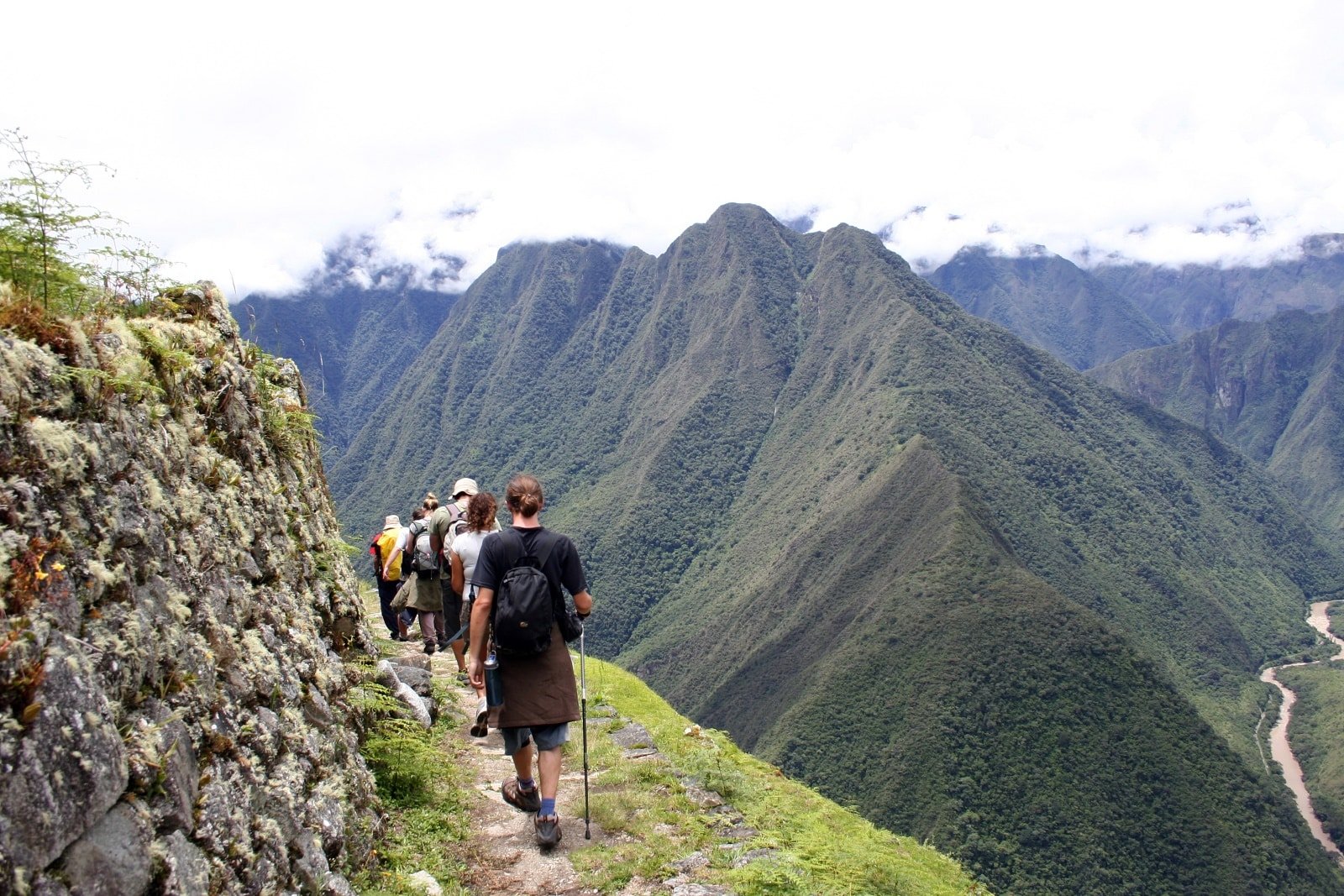
1. Inca Trail to Machu Picchu, Peru
Embark on a journey back in time as you traverse the Inca Trail, a path steeped in history and natural beauty. This 26-mile trek, typically completed over four days, is more than a physical challenge; it’s a passage through ancient Inca civilization. As you hike through diverse landscapes, including cloud forests and alpine tundras, you’ll encounter archaeological wonders like Runkurakay and Sayacmarca. These ruins are silent yet powerful testimonies of a sophisticated empire.
Your final destination, the majestic Machu Picchu, is a crowning achievement of Incan architecture and ingenuity. The trail’s popularity is well-deserved, offering homage to human history and an intimate connection with the stunning Andean environment. The journey culminates with the Sun Gate’s breathtaking view of Machu Picchu at sunrise, encapsulating this ancient world’s magic and mystery.
Insider’s Tip: Book months in advance as permits are limited and highly sought after.
When To Travel: May to September offers the best weather conditions.
How To Get There: The trek starts from Cusco, which is accessible by air from Lima.
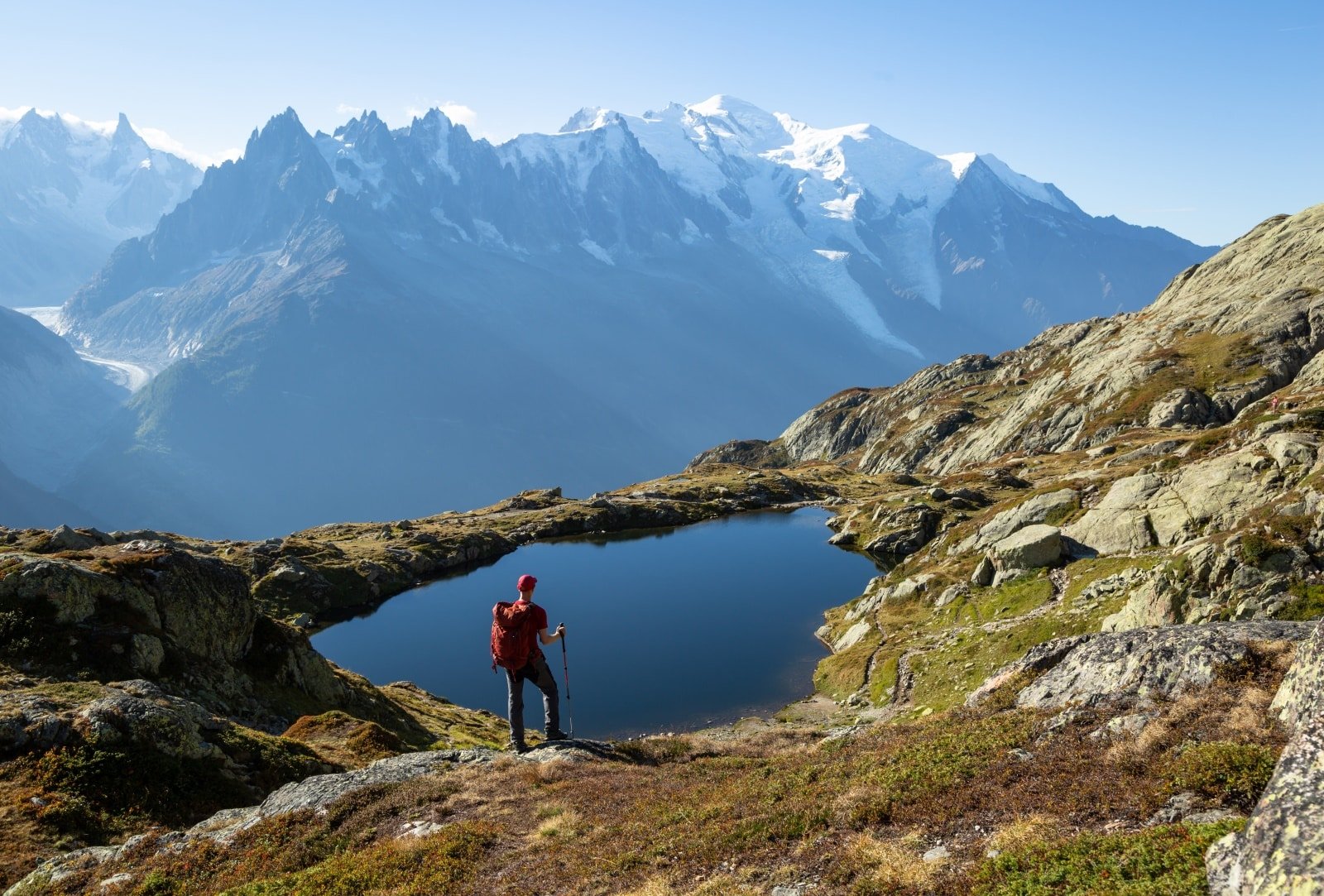
2. Tour du Mont Blanc, Europe
Experience the splendor of the European Alps on the Tour du Mont Blanc. This captivating 110-mile trek will take you through three countries: France, Italy, and Switzerland. This journey is a feast for the senses, offering unparalleled alpine vistas, verdant valleys, and picturesque hamlets. Each day unfolds with new landscapes – from the towering, snow-capped peaks of Mont Blanc to the tranquil beauty of Champex Lake.
The trail is a physical endeavor and a cultural immersion, allowing you to experience each region’s distinct flavors, languages, and traditions. Accommodations along the way range from cozy mountain huts to luxurious hotels catering to various tastes and budgets. The trek is typically completed in 10 to 14 days, allowing ample time to soak in the breathtaking scenery and rich cultural heritage.
The Tour du Mont Blanc is not just a hike; it’s a journey through the heart of Europe’s most iconic mountain ranges, offering a blend of adventure, tranquility, and cultural enrichment.
Insider’s Tip: Consider staying in mountain huts for an authentic alpine experience.
When To Travel: Late June to early September is ideal.
How To Get There: The trek typically starts and ends in Chamonix, France, accessible by road or train from Geneva.
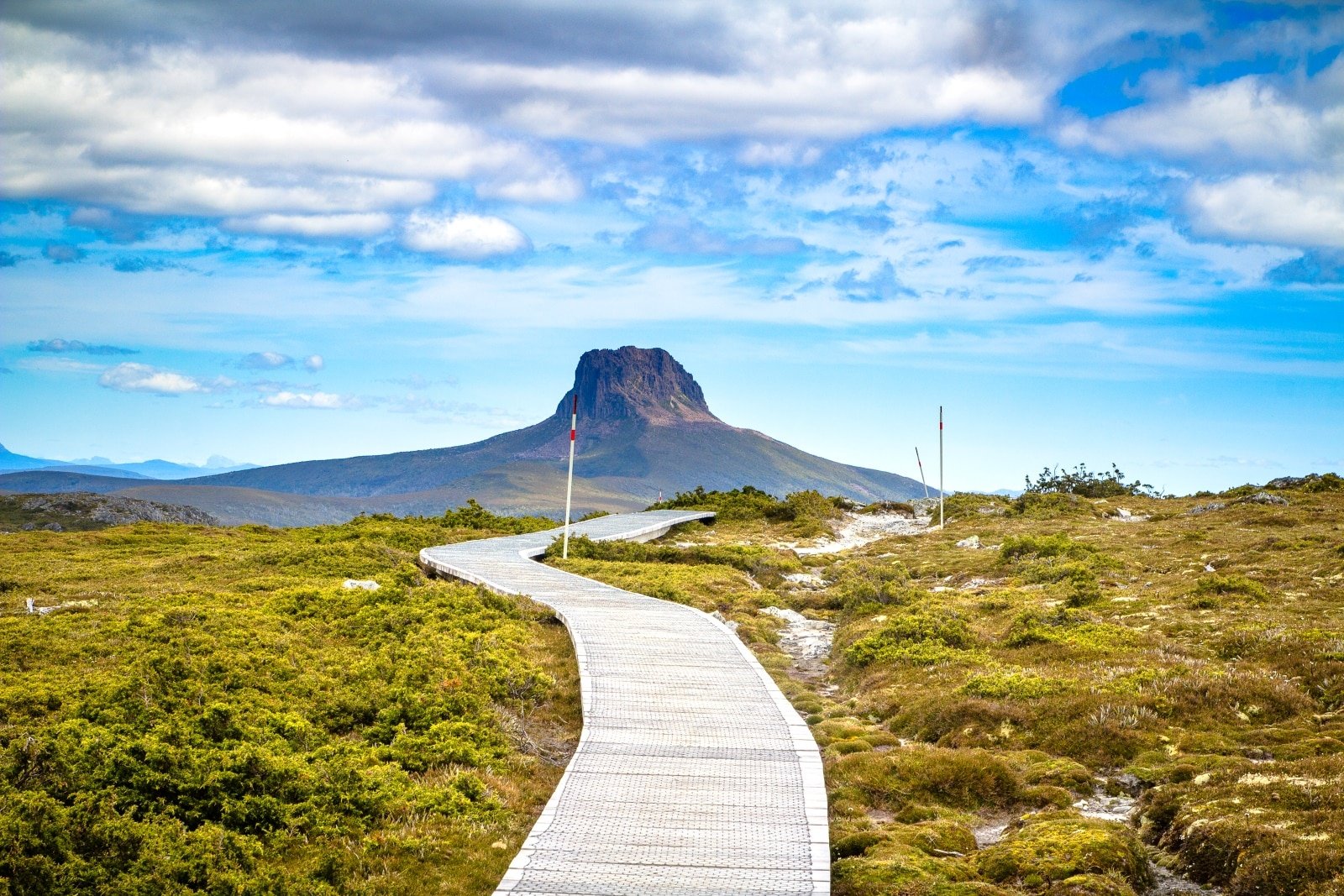
3. Overland Track, Tasmania, Australia
Set out on an adventure through the heart of Tasmania’s wilderness on the Overland Track, a 40-mile trail renowned for its stunning landscapes and ecological diversity. This six-day trek takes you through the heart of the Tasmanian Wilderness World Heritage Area, a region celebrated for its pristine natural beauty and unique wildlife. Your journey begins at the iconic Cradle Mountain.
It concludes at the serene Lake St. Clair, Australia’s deepest natural freshwater lake. Along the way, you’ll traverse through ancient rainforests, alpine heaths, and glacial valleys. The landscape teems with wildlife, offering chances to encounter endemic species like the Tasmanian devil, echidna, and the elusive platypus.
The Overland Track provides an immersive experience in one of the world’s most remote and untouched parts. It’s a journey that challenges the body, stimulates the senses, and refreshes the soul. Whether you stay in basic huts or camp under the stars, this trek offers a unique opportunity to disconnect from the modern world and reconnect with nature in its purest form.
Insider’s Tip: Book your trek pass in advance, especially during the peak season.
When To Travel: October to May offers the most favorable conditions.
How To Get There: The trek starts at Cradle Mountain, accessible from Launceston or Hobart.
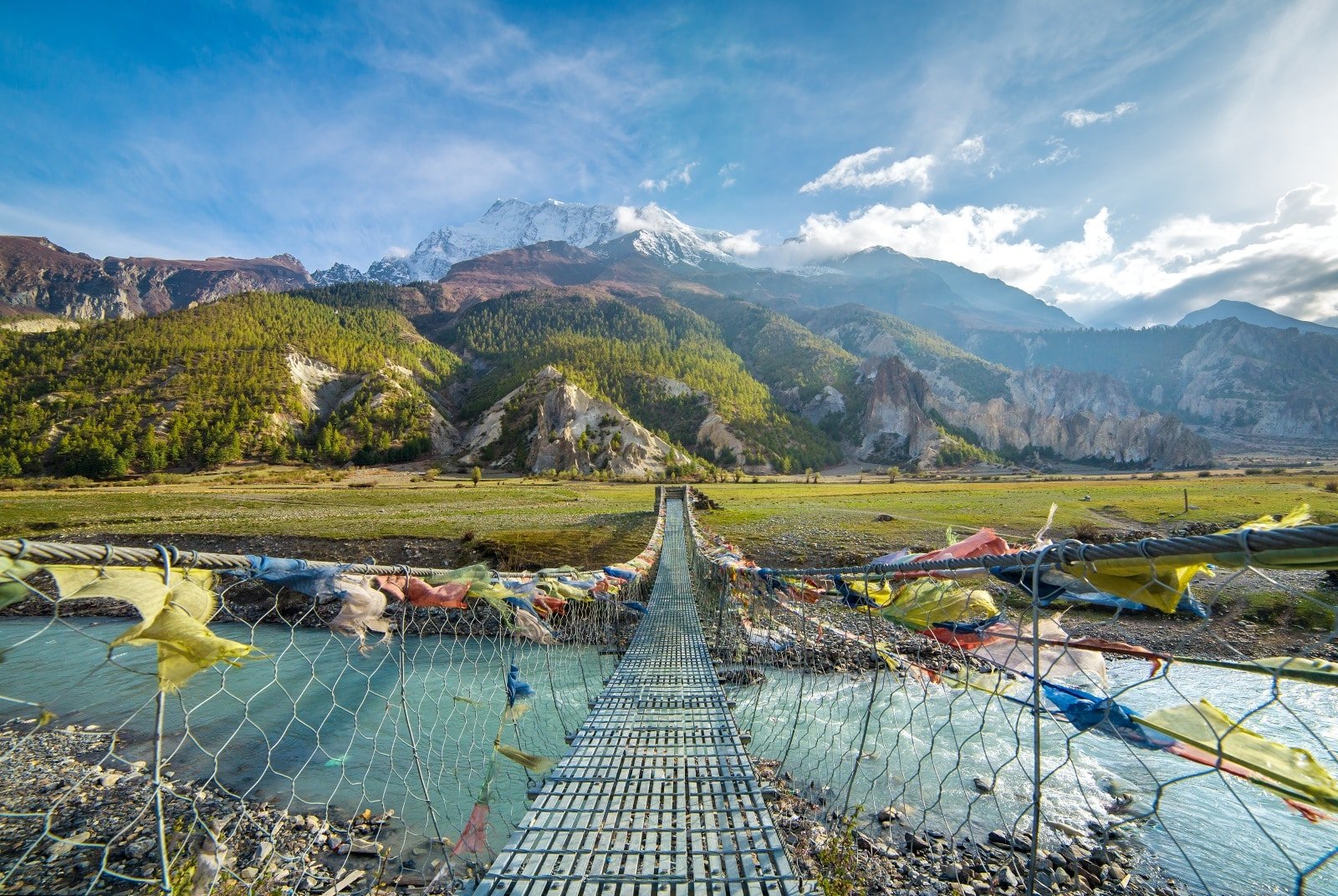
4. Annapurna Circuit, Nepal
Discover Nepal’s diverse landscapes and rich cultural history on the Annapurna Circuit. This trek has captivated adventurers for decades. Spanning approximately 100 to 145 miles, the journey varies based on chosen routes and side excursions. As you traverse this trail, you’ll experience a dramatic shift in scenery, from lush rice paddies and subtropical forests to arid high-altitude plateaus.
The trek is a window into the soul of Nepal, offering glimpses of rural life in remote villages and the opportunity to interact with the warm and hospitable Gurung and Thakali communities. The trek’s high point, literally and figuratively, is crossing the Thorong La Pass at 17,769 feet, a challenging yet exhilarating endeavor.
Each step on this trail brings you closer to the towering Himalayas and deeper into a land rich in history and tradition. The Annapurna Circuit is not just a trek; it explores the human spirit amidst some of the most awe-inspiring landscapes on earth.
Insider’s Tip: Acclimatize properly to avoid altitude sickness.
When To Travel: September to November and March to May offer the best weather.
How To Get There: The trek usually starts in Besisahar or Bhulbhule, which is accessible by bus from Kathmandu or Pokhara.
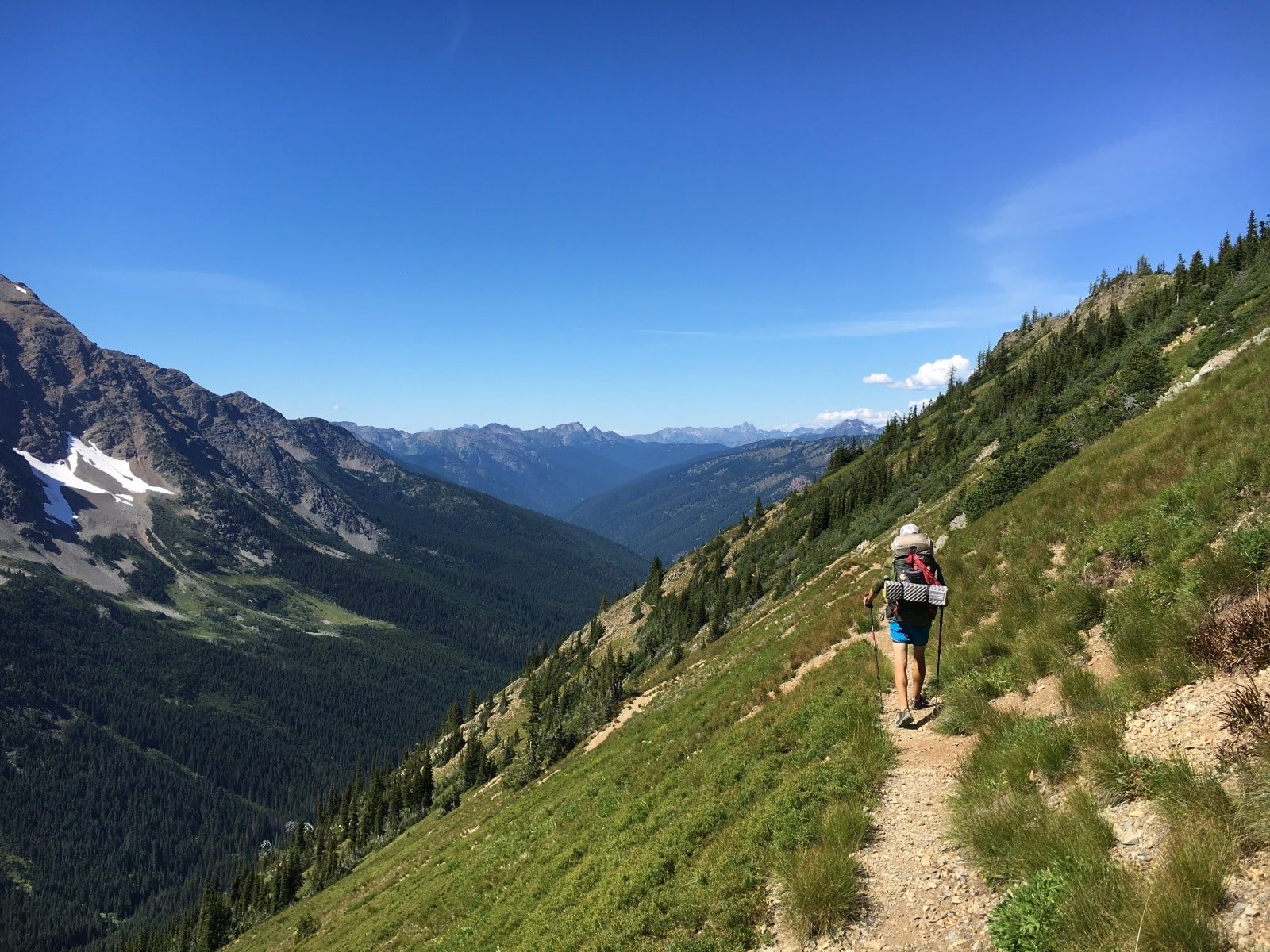
5. Pacific Crest Trail, USA
Embark on a journey along the Pacific Crest Trail (PCT). This formidable yet rewarding trek spans 2,650 miles from Southern California’s deserts to Canada’s forests. This trail is a test of endurance, traversing diverse ecosystems, including arid deserts, dense woodlands, and alpine peaks. The PCT offers more than just physical challenges; it’s a pilgrimage through some of the most spectacular landscapes in the American West.
As you hike through iconic regions like the Sierra Nevada and the Cascade Range, the trail presents opportunities for introspection and personal growth. Whether you’re a thru-hiker aiming to complete the entire trail in a single season or a section hiker exploring shorter segments, the PCT promises a profound connection with nature.
The trail’s immense length and varied terrain make it a journey of contrasts, where moments of solitude in the wilderness are juxtaposed with warm encounters in trailside communities. The Pacific Crest Trail is not merely a path across a continent; it’s a gateway to discovering the grandeur of the natural world and the limits of human endurance.
Insider’s Tip: Water management is crucial, especially in desert sections.
When To Travel: April to October, with the timing depending on the section.
How To Get There: Access points vary, with major cities like San Diego or Seattle near trail endpoints.
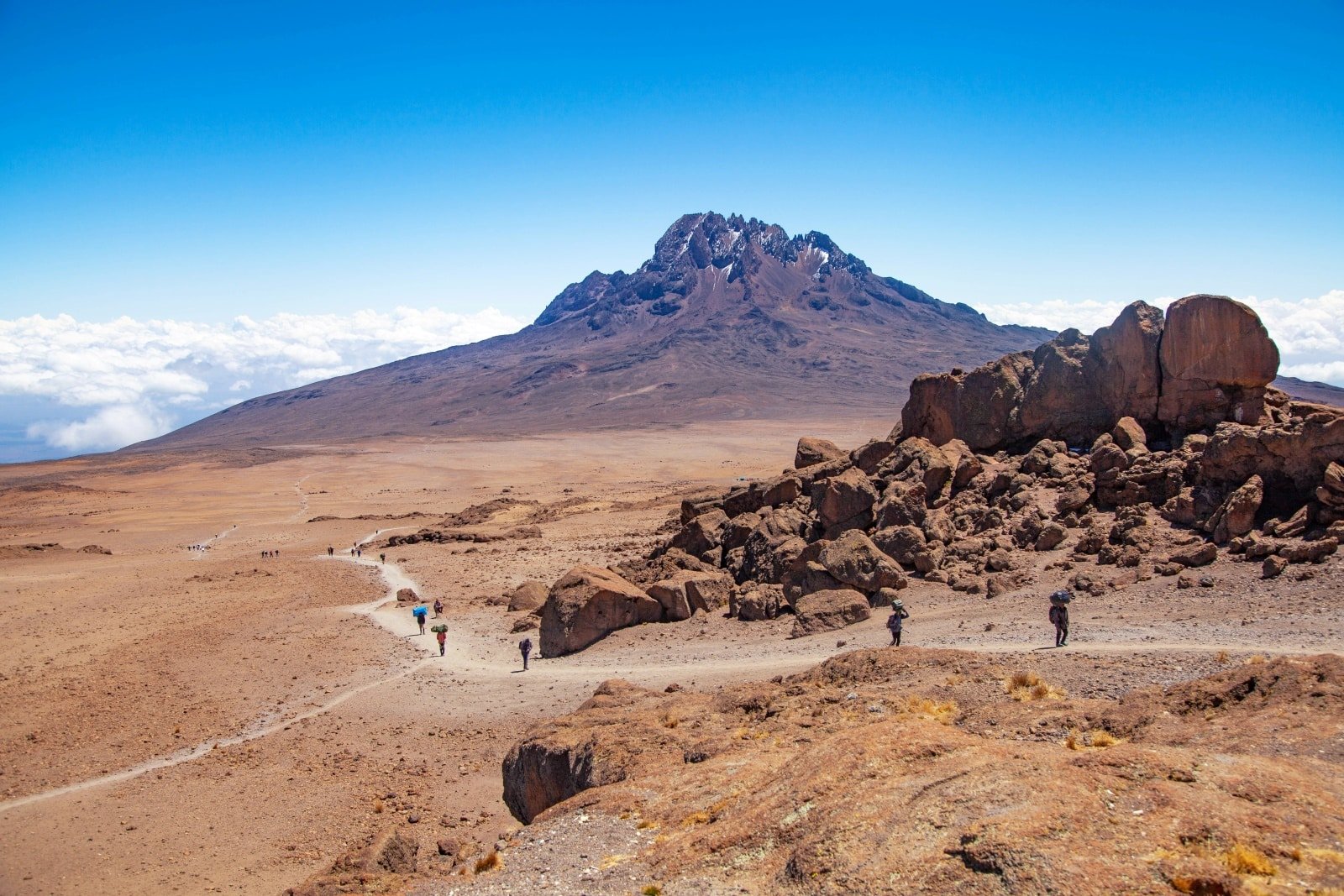
6. Kilimanjaro, Tanzania
Ascend to the roof of Africa on Mount Kilimanjaro. This mountain stands as a beacon for adventurers around the world. Rising to 19,341 feet, Kilimanjaro is Africa’s highest peak and one of the most accessible of the world’s major summits. The journey to Uhuru Peak, the summit, takes you through a microcosm of the earth’s ecosystems, from rainforests and moorlands to alpine deserts and arctic conditions.
This trek is more than a climb; it’s a journey through diverse ecological zones, each offering its own unique beauty and challenges. The trek typically takes 5 to 9 days, depending on the chosen route, each providing a different perspective of this majestic mountain. While technical climbing skills are not required, the journey demands physical fitness and mental fortitude, especially as you approach the summit in high altitude’s thin, cold air.
Reaching the summit at dawn, as the African plains stretch out below you bathed in the morning light, is an unforgettable experience, a celebration of the beauty and power of the natural world. Climbing Kilimanjaro is not just an adventure; it’s a journey of self-discovery and a chance to witness the grandeur of nature at its most sublime.
Insider’s Tip: Choose a longer route for better acclimatization and summit success.
When To Travel: January to March and June to October offer the best conditions.
How To Get There: Most treks start near the town of Moshi, accessible from Kilimanjaro International Airport.
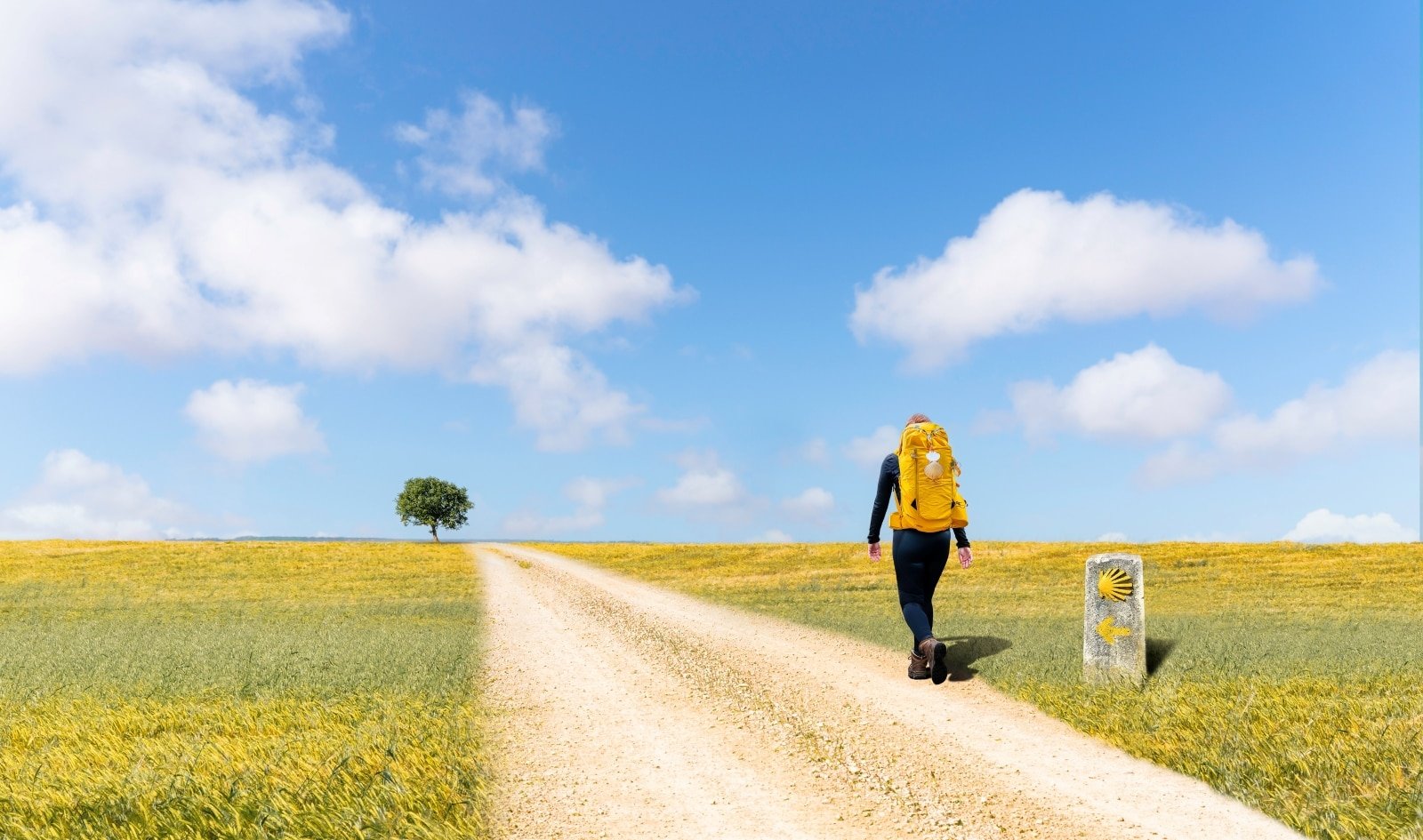
7. Camino de Santiago, Spain
Set out on a transformative journey along the Camino de Santiago, an ancient pilgrimage route that culminates at the cathedral of Santiago de Compostela in Spain. This historic path, winding approximately 500 miles across northern Spain, is more than a trek; it’s a spiritual and cultural odyssey that attracts thousands of pilgrims and adventurers each year.
The Camino Francés, the most popular route, takes you through picturesque landscapes, from the Pyrenees mountains to the rolling hills of Galicia. Along the way, you’ll encounter historic cities, quaint villages, and a mosaic of fields, vineyards, and forests. The Camino is a physical journey and an opportunity for personal reflection and connection with fellow travelers from around the world.
Each step on this path is steeped in history, lined with Romanesque churches, medieval monasteries, and centuries-old bridges. The camaraderie among pilgrims is palpable, and the sense of shared purpose creates a unique and enriching experience. Whether seeking spiritual solace, cultural immersion, or physical challenge, the Camino de Santiago offers a journey that resonates long after the walking ends.
Insider’s Tip: Carry a Credential (Pilgrim’s Passport) to stay in pilgrim-specific accommodations.
When To Travel: April to October, May and September are ideal for avoiding the heat and crowds.
How To Get There: Start from Saint-Jean-Pied-de-Port, which is accessible by train or bus from major French cities.
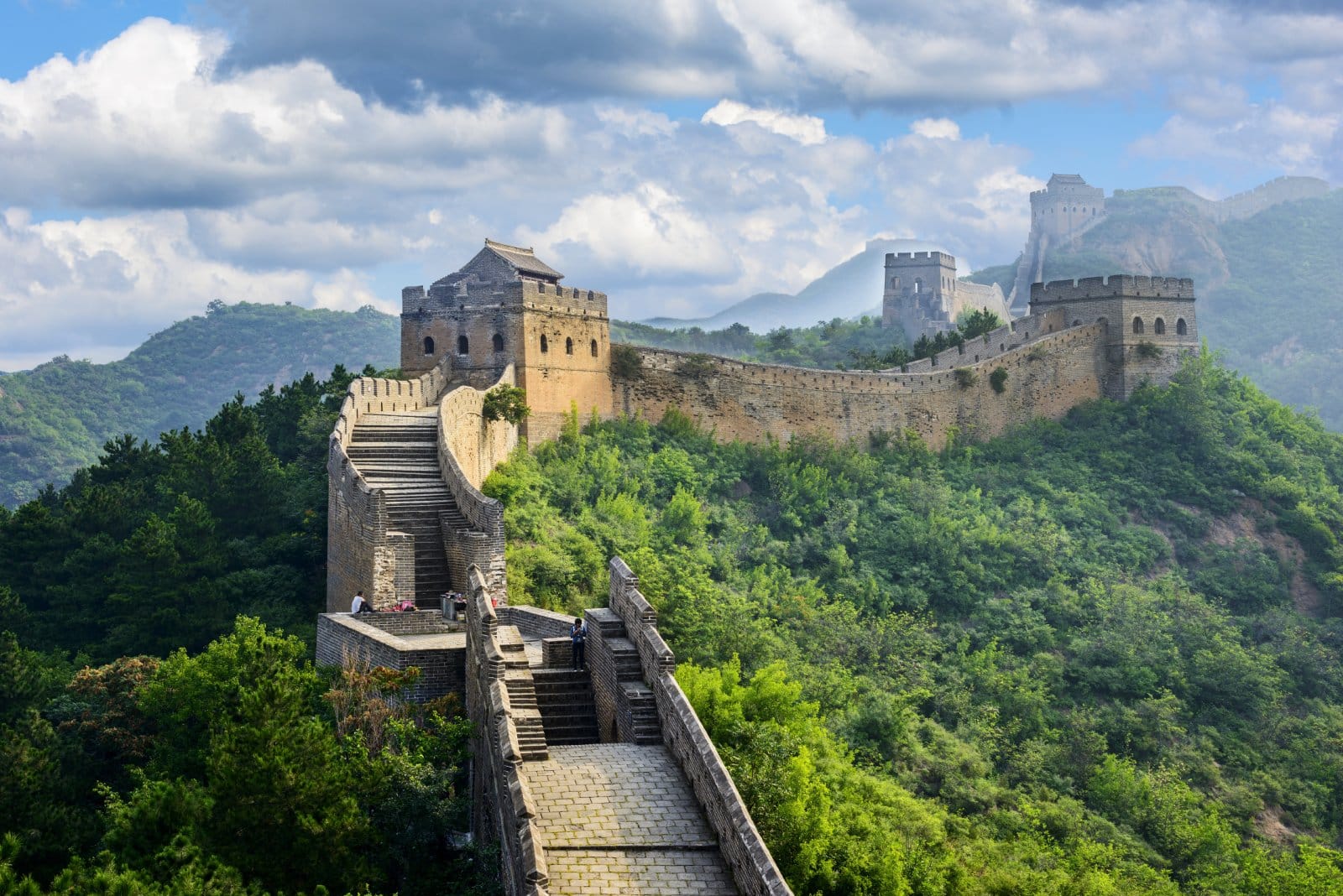
8. The Great Wall of China, China
Venture along one of the world’s most iconic landmarks, the Great Wall of China. This extraordinary feat of engineering, stretching over 13,000 miles, offers a hiking experience that is as culturally significant as physically challenging. The sections near Beijing, such as Mutianyu and Jinshanling, are ideal for trekkers, presenting a perfect blend of accessibility and scenic beauty.
As you traverse these ancient stones, you are walking through centuries of history, with each tower and battlement telling a story of China’s past. The breathtaking vistas offer panoramic views of mountains, plateaus, and lush valleys. Hiking the Great Wall is a journey of contrasts: the restored sections display the wall’s former glory, while the wild, unrestored parts offer a rugged, authentic experience.
Each season brings its own beauty, from the vibrant greens of spring to the snow-dusted ramparts of winter. This trek is more than a physical endeavor; it’s a chance to connect with a pivotal part of human history and to witness the endurance of one of the world’s greatest civilizations.
Insider’s Tip: Visit the less crowded sections like Jinshanling for a more authentic experience.
When To Travel: Spring (April-May) and Autumn (September-October) offer the best weather and fewer tourists.
How To Get There: Accessible from Beijing by bus or private tour.
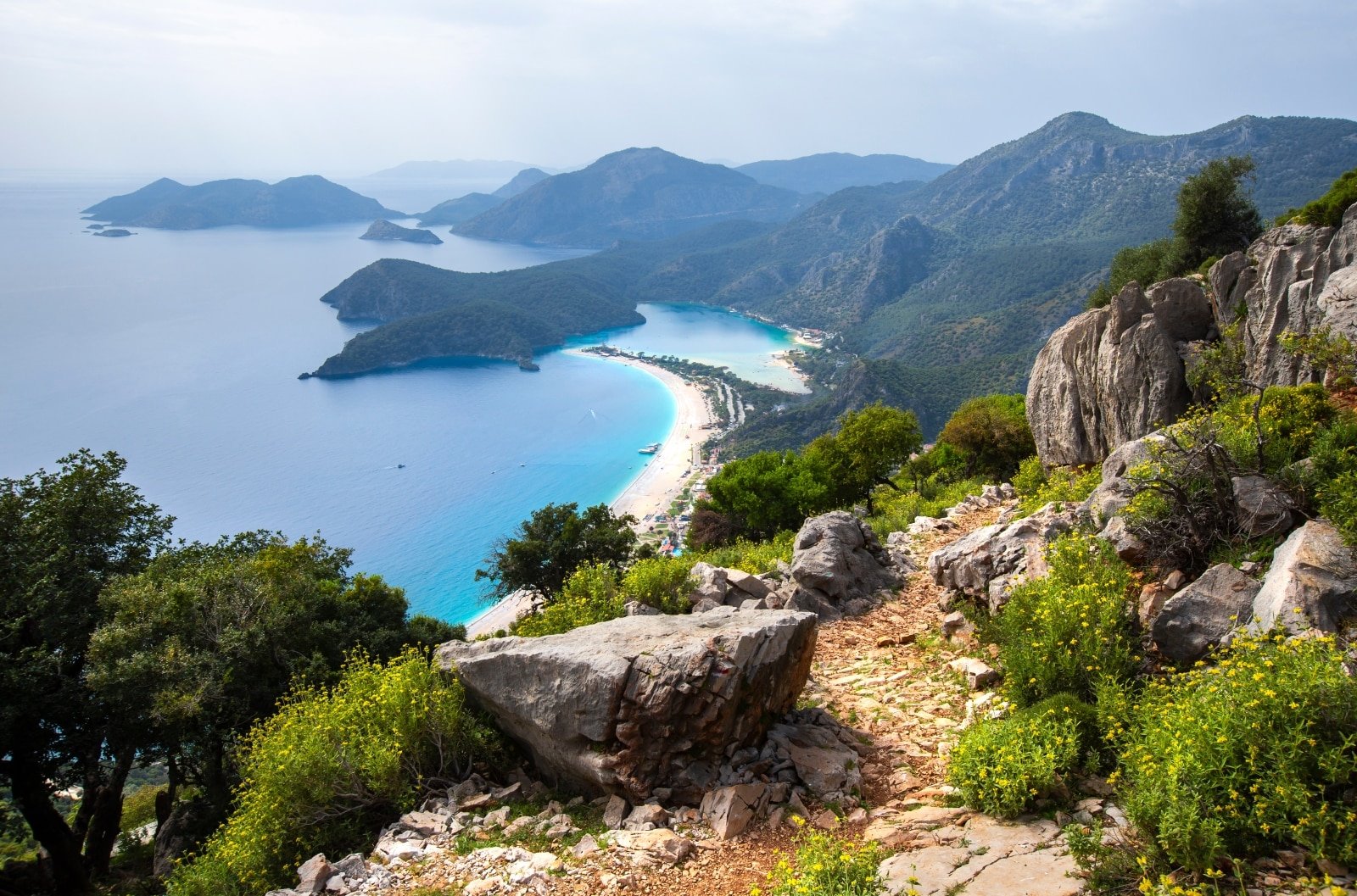
9. The Lycian Way, Turkey
Experience the allure of the Mediterranean as you trek the Lycian Way in Turkey, a 300-mile trail that weaves through ancient ruins, secluded beaches, and rustic villages. This path takes you through the heart of ancient Lycia, a region rich in history and natural beauty. The trail, marked by rugged coastline and pine-covered mountains, offers stunning views of the turquoise Mediterranean Sea.
As you hike, you’ll encounter remnants of Lycian civilization, from rock tombs to amphitheaters, immersing you in a land where history is etched into every stone. The Lycian Way is not just a trail; it’s a journey through time, offering insights into the lives of the civilizations that once thrived along this coast.
The trek also provides an authentic taste of Turkish culture as you pass through small villages where traditional life continues for centuries. Whether exploring the ghost village of Kayaköy or swimming in the crystal-clear waters of Ölüdeniz, the Lycian Way offers a unique blend of adventure, history, and cultural immersion.
Insider’s Tip: Be prepared for self-sufficiency in remote sections and carry enough water.
When To Travel: March to June and September to November offer the best climate.
How To Get There: The trail begins in Fethiye, accessible by bus or car from major cities in Turkey.
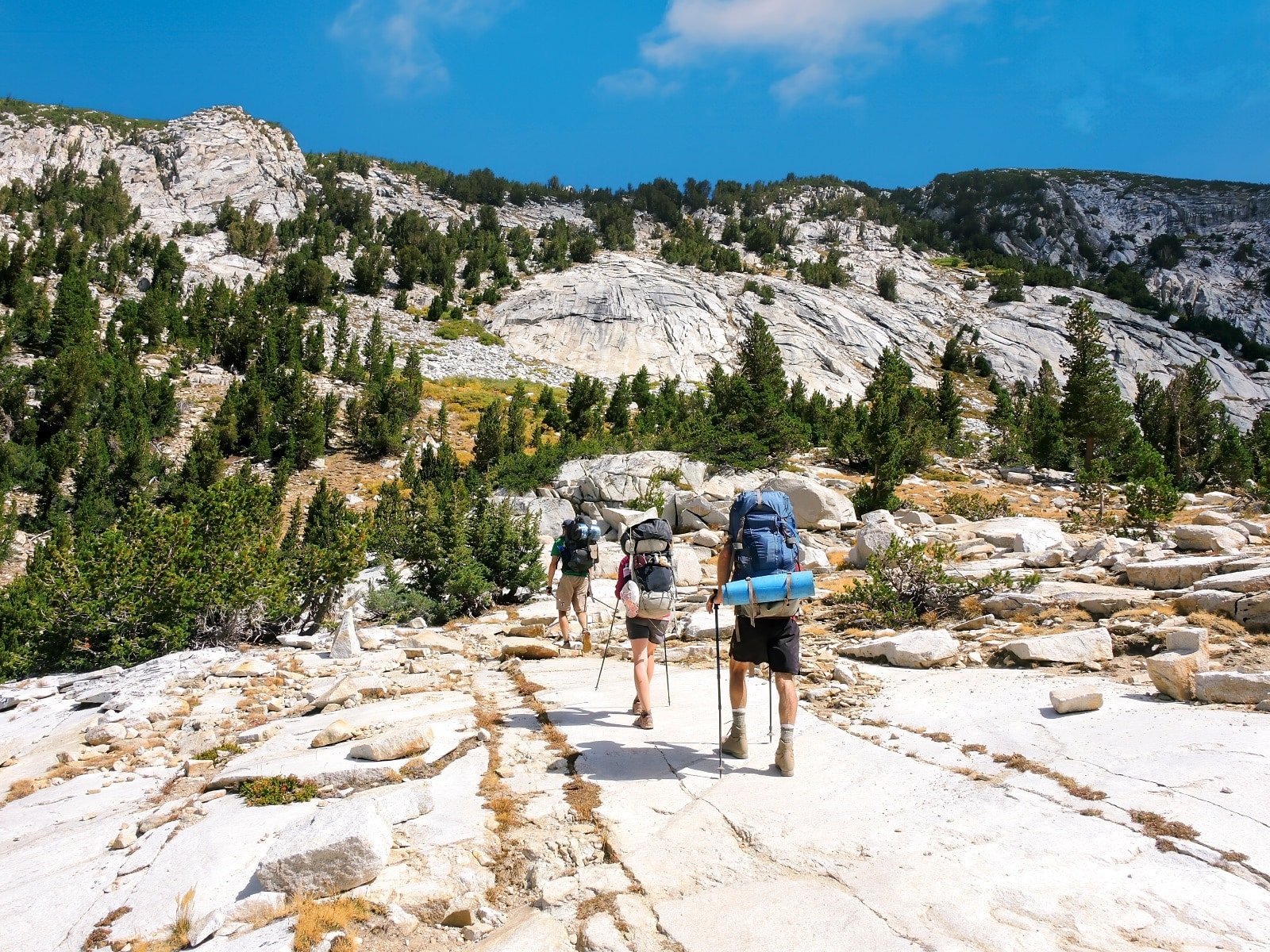
10. John Muir Trail, USA
Embark on an epic journey through the heart of California’s Sierra Nevada mountain range on the John Muir Trail. This path encapsulates the raw beauty of the American wilderness. Spanning 211 miles from Yosemite Valley to Mount Whitney, this trail offers some of the most breathtaking scenery in the United States.
As you trek through this diverse landscape, you’ll encounter majestic waterfalls, serene alpine lakes, and some of the tallest peaks in the contiguous United States. The trail, named in honor of the renowned naturalist John Muir, highlights the beauty he worked to preserve. It winds through iconic wilderness areas, including Yosemite, Kings Canyon, and Sequoia National Parks, each offering its own unique beauty and challenges.
The journey typically takes about three weeks, traversing through deep canyons, high mountain passes, and lush meadows. Along the way, you’ll likely encounter diverse wildlife, from mule deer to black bears, adding to the sense of adventure and connection with nature. The John Muir Trail is not just a hike; it’s a pilgrimage through some of the most stunning landscapes in North America, a journey that offers solitude, beauty, and a profound sense of accomplishment.
Insider’s Tip: Secure permits early, as they are in high demand during summer.
When To Travel: July to September is the most favorable period.
How To Get There: The trailhead is in Yosemite National Park, accessible from major cities in California.
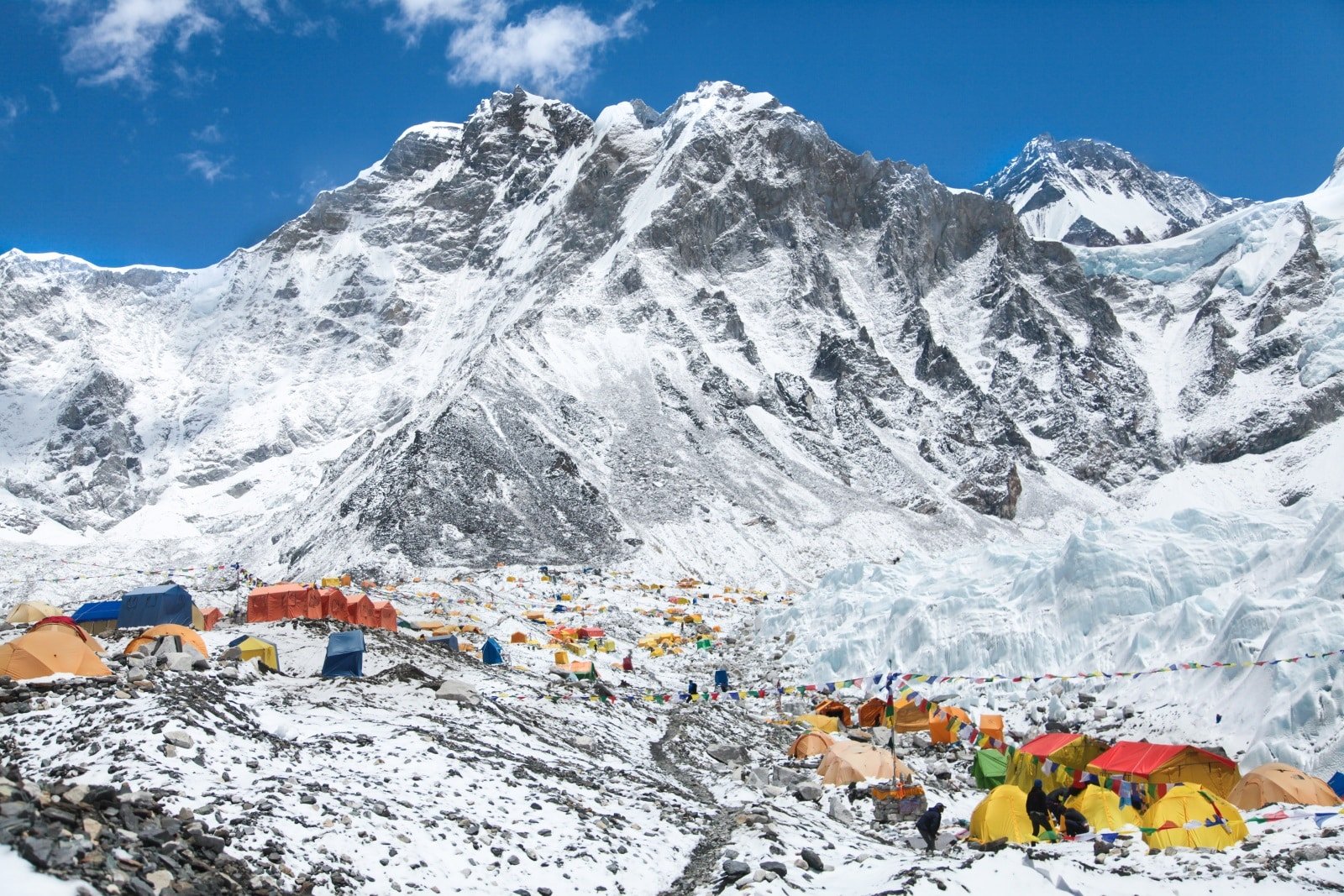
11. Everest Base Camp, Nepal
Embarking on the trek to Everest Base Camp in Nepal, you’re not just setting out on a physical journey but a cultural one. This 12-day trek, which covers about 80 miles round trip, is a nod to human endurance and nature’s majesty. Your path winds through the Khumbu Valley, with each step bringing a new perspective of some of the tallest peaks in the world, including Everest itself.
The terrain varies from lush rhododendron forests to stark, rocky landscapes and icy glaciers, offering a diverse hiking experience. Along the way, you’ll encounter the unique Sherpa culture. These local communities are renowned for their mountaineering expertise and deep connection to the Himalayas. Staying in teahouses and interacting with the Sherpa people offers a glimpse into their rich traditions and resilient lifestyle, adding depth to your adventure.
Insider’s Tip: Consider hiring a guide or porter from the local community to enhance your experience.
When To Travel: Pre-monsoon (March to May) and post-monsoon (September to November) seasons are ideal.
How To Get There: The trek typically starts with a flight to Lukla from Kathmandu.

12. GR20, Corsica, France
The GR20 in Corsica, France, presents a formidable challenge for even seasoned hikers. Stretching approximately 112 miles across the island, it traverses the rugged terrain of Corsica’s mountainous spine. This trail, often regarded as one of the toughest in Europe, demands physical stamina and mental resilience.
Depending on the season, you will navigate steep ascents and descents, rocky paths, and, occasionally, snow-covered trails. The landscape along the GR20 is as challenging as it is breathtaking. From towering granite peaks to lush forests and serene mountain lakes, the trail offers a constantly changing backdrop that captivates and inspires. Each day’s hike brings a new set of challenges and rewards, making the journey an achievement in itself.
Insider’s Tip: Pack light but include essential gear for sudden weather changes.
When To Travel: June to September, with July and August being the busiest.
How To Get There: Access is usually from Bastia or Ajaccio in Corsica, which has airports and ferry connections.

The Bottom Line
Each of these 12 destinations offers a unique experience beyond just hiking or trekking; they are journeys that inspire, challenge and transform. Whichever path you choose, remember to respect the natural environment and local cultures. Embrace the adventure, and let these trails lead you to some of the planet’s most breathtaking views and experiences. Happy travels!
More Articles Like This…
Barcelona: Discover the Top 10 Beach Clubs
2024 Global City Travel Guide – Your Passport to the World’s Top Destination Cities
Exploring Khao Yai 2024 – A Hidden Gem of Thailand
The post The World’s 12 Best Hiking and Trekking Destinations republished on Passing Thru with permission from The Green Voyage .
Featured Image Credit: Shutterstock / Andrei Moldovan 2709.
For transparency, this content was partly developed with AI assistance and carefully curated by an experienced editor to be informative and ensure accuracy.
More for You
Ted Cruz Scolded by Largest Texas Newspaper
'Monk': 10 Fun Facts About The Show
Robert Kiyosaki: 5 Side Hustles You Can Work From Anywhere in the World
Surprise! Gwen Stefani, No Doubt team up with Olivia Rodrigo at Coachella on 'Bathwater'
The Best Big Bang Theory Blooper of Every Season
Watch: F-35I Adir fighter jets return to Israeli airbase after Iran missile attack
More than half of foreign-born people in U.S. live in just 4 states and half are naturalized citizens
‘Mr. Monk's Last Case: A Monk Movie' Might Not Be His Last Case After All, Tony Shalhoub Says – Contenders TV
Damning Warning Issued Over Florida Insurance Market
King Charles Palace Intrigue ‘Like a Trick From the Middle Ages’
"Are you gonna help me make MF'in money? Then I don't care" - When Richard Jefferson said Jason Collins coming out shouldn't be an issue
Putting money in bank accounts is 'the worst thing you can do' for taxes, says former Intuit CEO
Top 30 Most Difficult Songs to Sing
Daily Drop (4/14): WWE Fires Hall of Famer, AEW Ups The Stakes For Dynasty Title Match
Israel releases video said to show airstrikes on Hezbollah military structures in Lebanon
I downsized from my city apartment to a tiny house in the countryside to save money – but my cost of living increased instead
14 Best New Aldi Products That Are Worth Every Penny
I quit sugar for 6 months and this is what it did to my face and body
Major US lake hits record-breaking levels after years of historic water shortage, but issues persist: 'Supply-demand imbalance is a problem'
25 legendary musicians you might not know were LGBTQ+

IMAGES
COMMENTS
The Inca Trail. The Inca Trail is a renowned trekking route in Peru, tracing the ancient path the Incas took to reach the majestic citadel of Machu Picchu. Spanning about 26 miles over four days, this iconic trail leads adventurers through diverse landscapes, encompassing rugged mountains, lush forests, and well-preserved archaeological sites.
Alison Macallister. The 4-day Inca Trail to Machu Picchu is celebrated as Peru's most famous hike. This is one of the world's most iconic trekking experiences and provides an awesome combination of breathtaking landscapes and ancient Incan sites. This detailed, day-by-day guide of the 4-day Inca Trail is based on my personal experience.
Hike the Inca Trail to Machu Picchu in Peru with Alpaca Expeditions, a licensed tour company with more than 16,000 excellent reviews on Tripadvisor. Choose from 2 to 7 day tours, with camping or hotel options, and enjoy the ancient Inca footpath, the mystical Sun Gate, and the stunning Rainbow Mountain.
Learn how to prepare for the Inca Trail hike, the most famous and challenging trek in Peru. Find out the best time to visit, the best tour operator, the best gear, and the best route for this 4-day/3-night adventure that connects the ruins of Machu Picchu with the ancient Incan Empire.
The Inca Jungle Trek is a diverse adventure with many different activities - trekking, cycling, white-water rafting, and zip lining. The trek is definitely better suited for the young-at-heart adventure seeker. The mountain bike ride is all downhill which means even less experienced cyclists can manage this trek. The total hiking distance for ...
The Inca Trail is rated as a moderate hike. Most people will be able to manage the trail provided they are healthy and fairly active. It may give you peace of mind to know that thousands of people successfully complete the Inca trek each year. However, the 4-day trail is not all smooth sailing. There are some difficult parts over steep mountain ...
The cheapest tour operators can cost as low as $225 per person anywhere up to $700 per person for the most luxurious options. The cheaper options generally account for any transport during the trek, 3 nights of (low-comfort) accommodation during the trek, cycling equipment and an entrance ticket to Machu Picchu.
The final day of the Inca Trail trek is the shortest but most exhilarating. The trail passes through the Intipunku, or Sun Gate, which offers the first breathtaking views of Machu Picchu. This is a very early morning and many groups start hiking at 5am to get to the Sun Gate for sunrise at 6am. The trail then descends to the ancient citadel ...
The Classic 5 day Inca Trail Trek. The Inca Trail Trek is the most famous trek in South America, you will be able to learn more about the ruins and enjoy the unique scenery which make this trail so magical. Our classic 5 day Inca Trail Trek departs from a place known as Kilometer 82 at 2,700m/ 9.022 feet.
3. Standard Inca Trail Trek 4 Days.- 45km - +300 Tourist/day. Standard Inca Trail Trek to Machu Picchu; with three high passes, the highest of which reach to 4,200m. This route will allow you to stand face-to-face with the most beautiful landscape of the Andes, the tropical jungle and the world's wonder - Machu Picchu.
This trek provides both beautiful nature and traditional culture as you weave through Andean valleys and villages. Rainbow Mountain & 2-day Inca trail. 6 Days / From $1719. The picturesque views of Rainbow Mountain and Machu Picchu await in this extraordinary combination. Salkantay Lodge to Lodge Trek to Machu Picchu. 7 Days.
The Inca Trail is a famous trek through the Sacred Valley of Peru, ending at the ancient Machu Picchu ruins. It is known for its stunning natural vistas and historical sites, making it a popular destination for adventurous travelers and Peru experts alike.
How long is the Inca Jungle Trek? The Inca Jungle Peru trek is a lesser-known alternative to the famous Inca Trail, but it also offers a fascinating and diverse experience.The classic version of the 4 days Inca Jungle Trek to Machu Picchu, but this can vary.. The route takes you through beautiful and diverse landscapes, passing through mountains, jungles, and rivers before finally reaching the ...
The Inca Trail 1 day trek starts at Kilometer 104 and ends at the famous Sun Gate, where hikers can catch their first glimpse of the majestic Machu Picchu. This trek covers approximately 12 kilometers (7.5 miles) and takes about 6-7 hours to complete. The trail is well-paved and relatively easy with some steep sections, requiring moderate ...
Inca Trail to Machu Picchu 4 Days. Embark on an unforgettable journey along the famous Inca Trail, South America's most popular trek, traveling an impressive 45 kilometers (28 miles) to Machu Picchu. During the 4-days you will immerse yourself in the rich history of the region as you traverse ancient trails, lush rainforests and discover Inca archaeological wonders hidden in the rugged ...
The SHORT 2 DAY INCA TRAIL Trek to Machu Picchu is a shorter and less strenuous way to experience part of the original Inca steps and still end the trail at Machu Picchu via the Sun Gate (Inti Punku).The 2D/1N Inca Trail trek passes 2 archaeological sites along the way, has a variety of flora and fauna, and is rich in history and culture. The 2 ...
Lima, Cusco & the Inca Trek: Best Itinerary Ideas. Seven to 10 days is a great length for a Peru trip with stops in Lima, Cusco, and the Inca Trek. Or, extend your trip and explore more of the country—some of the best-loved trip extensions include the Sacred Valley and Puno. Keep reading for more inspiring itineraries that include Lima, Cusco ...
The Inca Jungle Trek is the ultimate trip for adventure lovers. It combines cycling and walking through some beautiful areas of Cusco. You'll come across many sites and paths just like those on the Inca Trail. The Inca Jungle Trek is the ultimate trip for adventure lovers. It combines cycling and walking through some beautiful areas of Cusco.
The Ecuador Inca Trail trek over 3 days cost me less than $40! This is a very budget friendly itinerary for hiking the Ecuador Inca Trail. Keep in mind, guide services and mules will add a significant amount of money to this budget. Most guided Ecuador Inca Trail tour start around $200 - $400 USD per person, but cheaper with local guides. ...
The 2-day Inca trail starts at KM104 (located in the middle of our handy route map below) at an altitude of 2,200m / 7,218 ft. From there, trekkers follow a one-day route via Wiñay Huayna (2,650m / 8,694 ft) to Machu Picchu (2,430m / 7,972 ft). Most tours include a ticket and guided tour of Machu Picchu for the second day of the trek.
Embark on a journey back in time as you traverse the Inca Trail, a path steeped in history and natural beauty. This 26-mile trek, typically completed over four days, is more than a physical ...